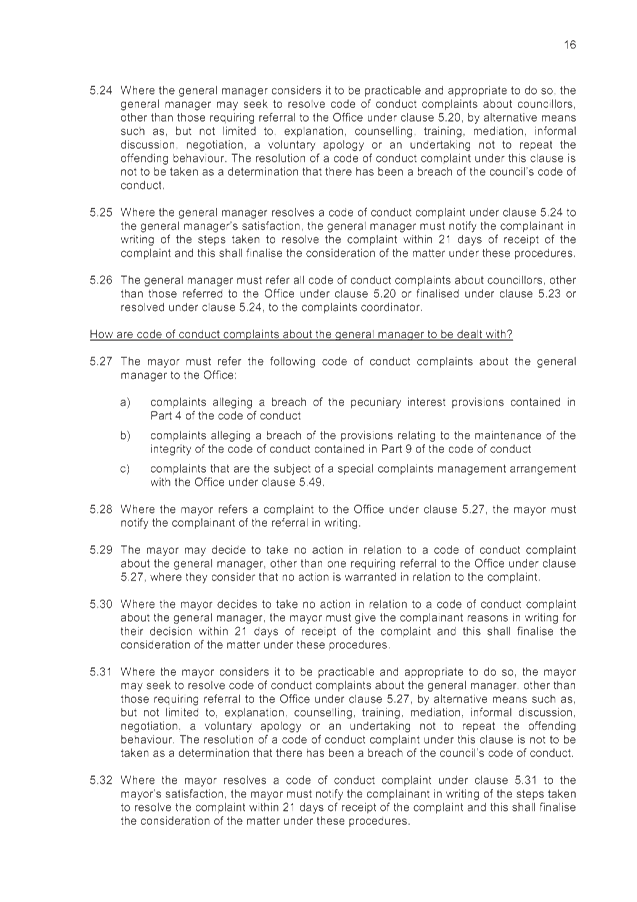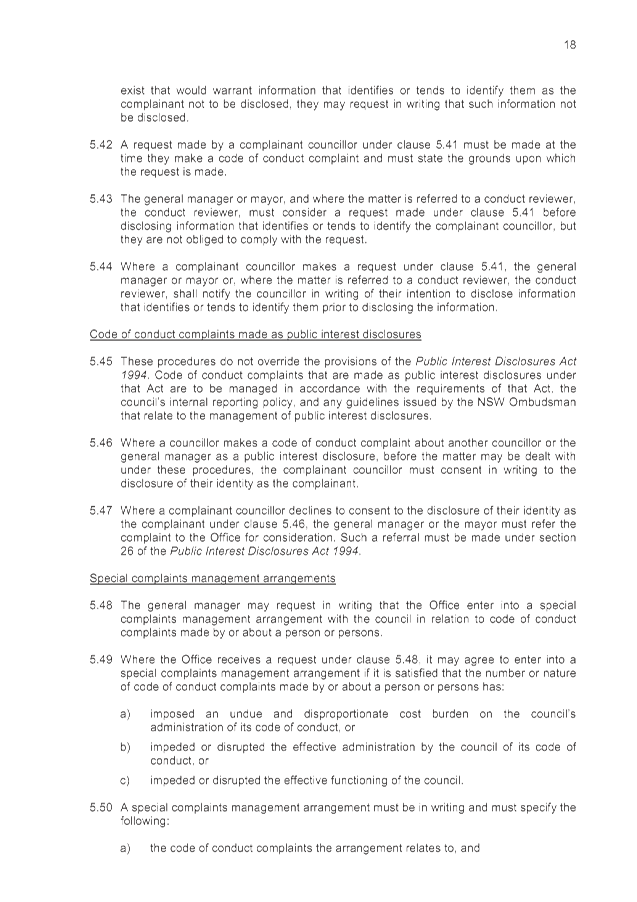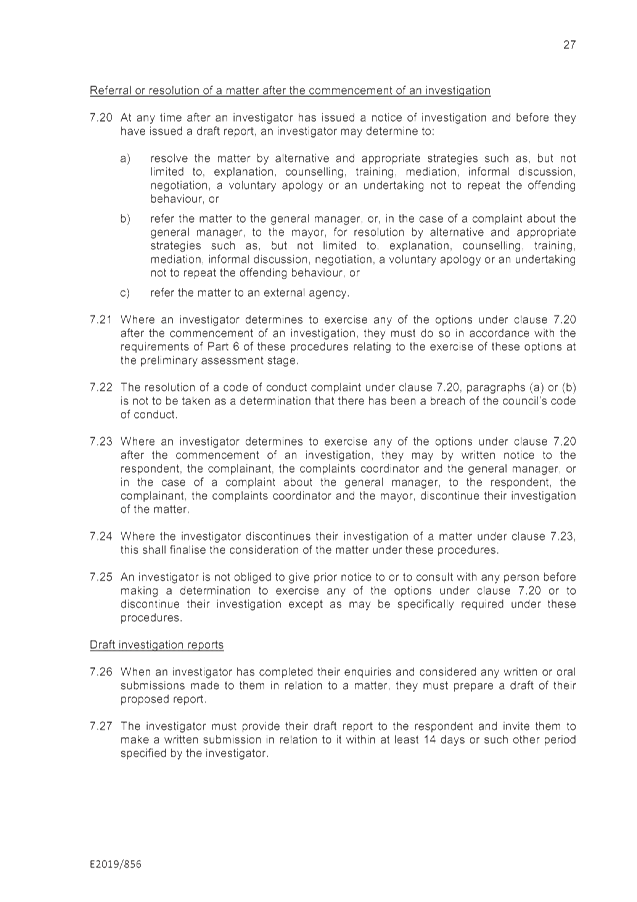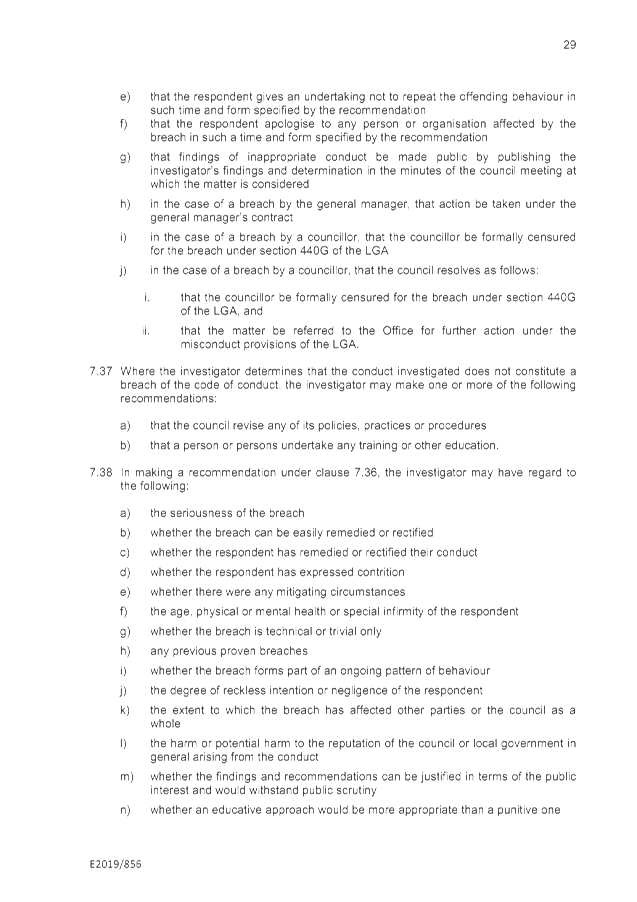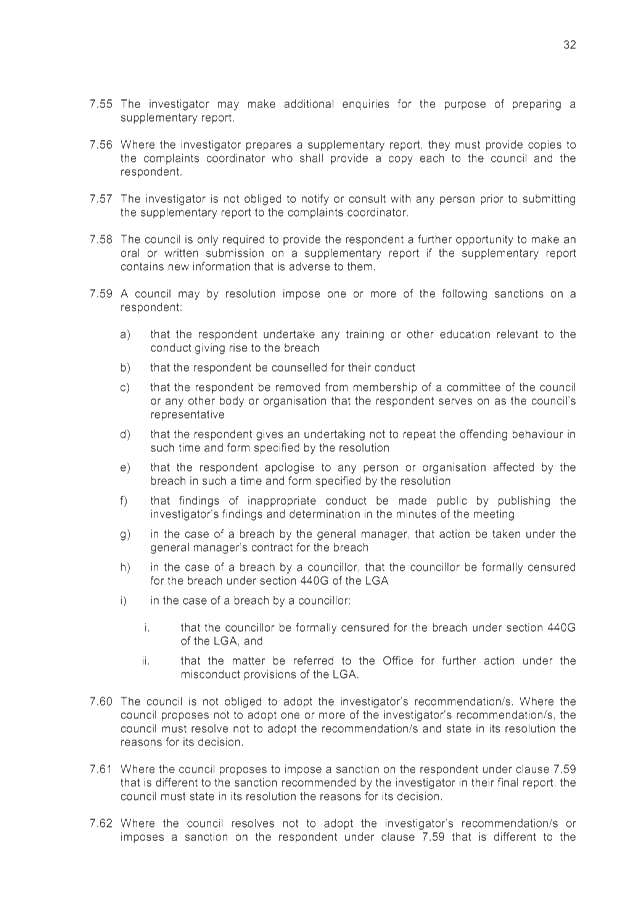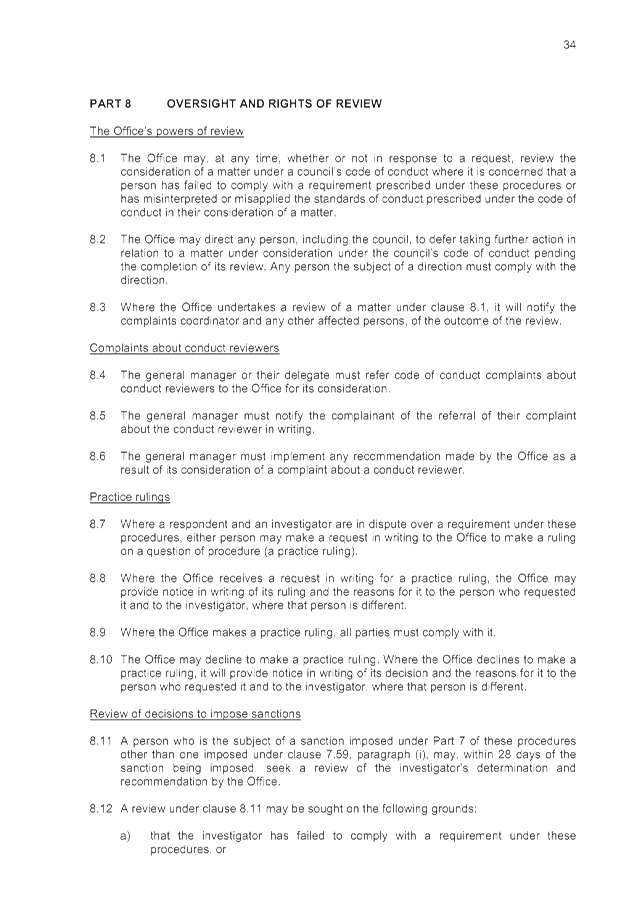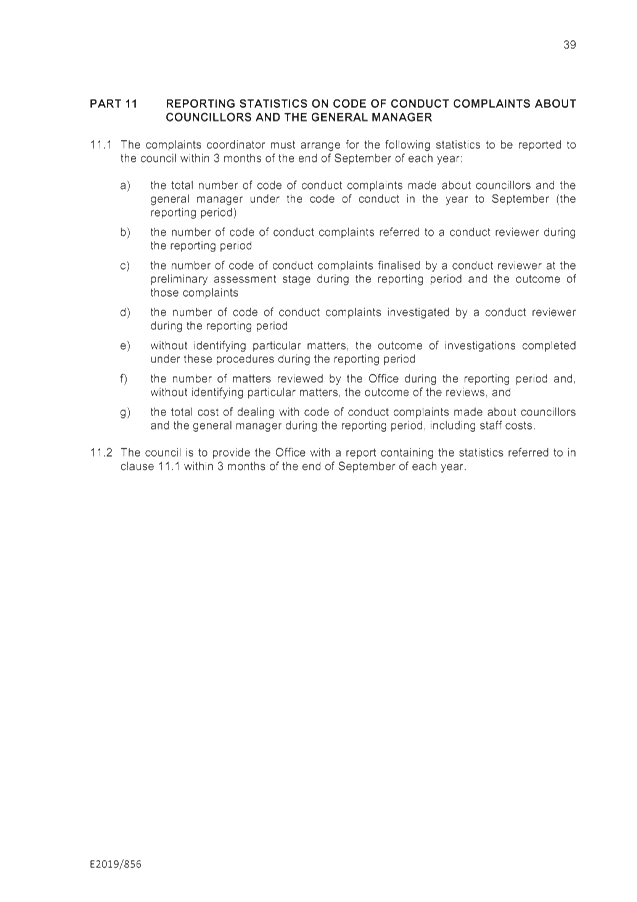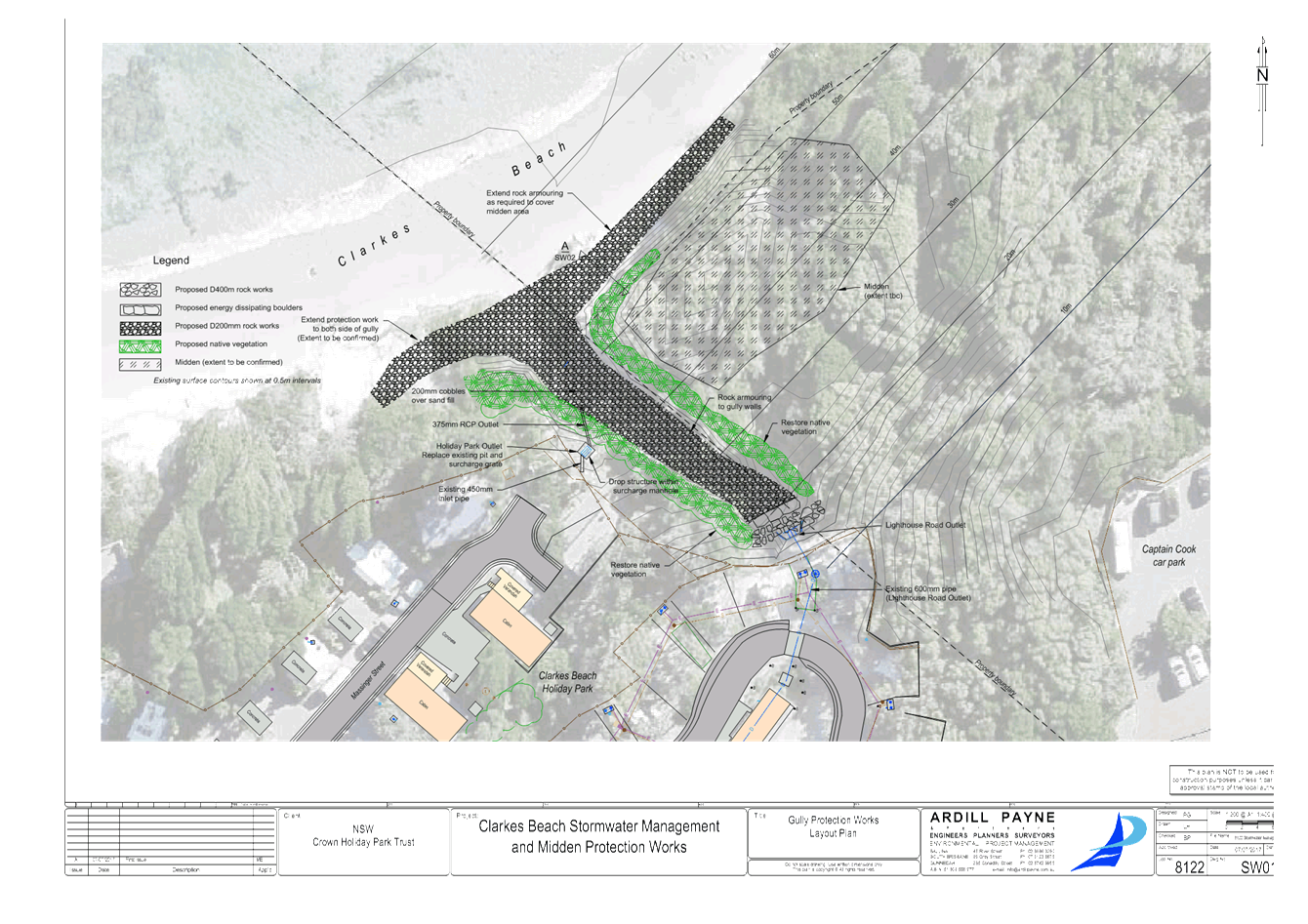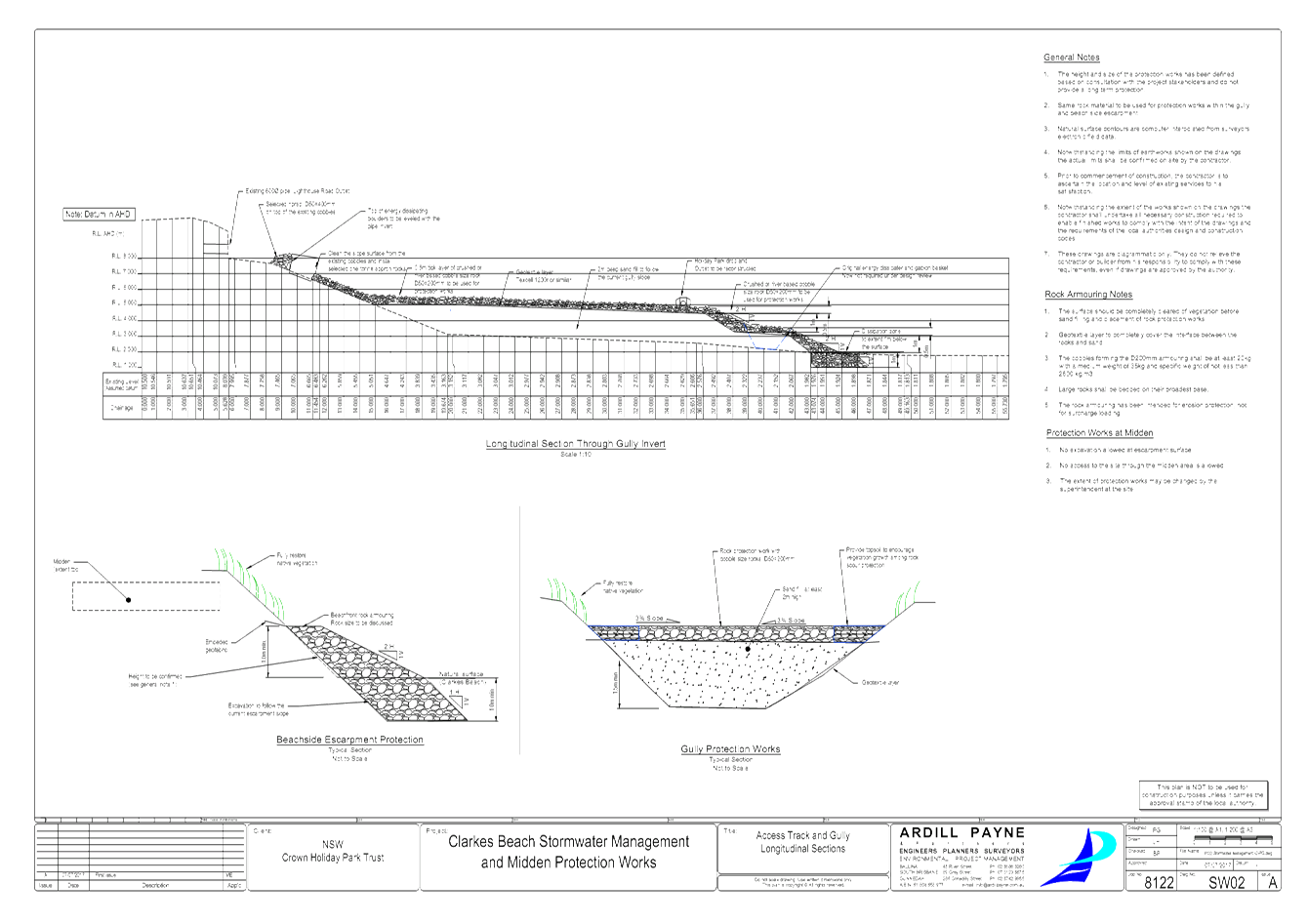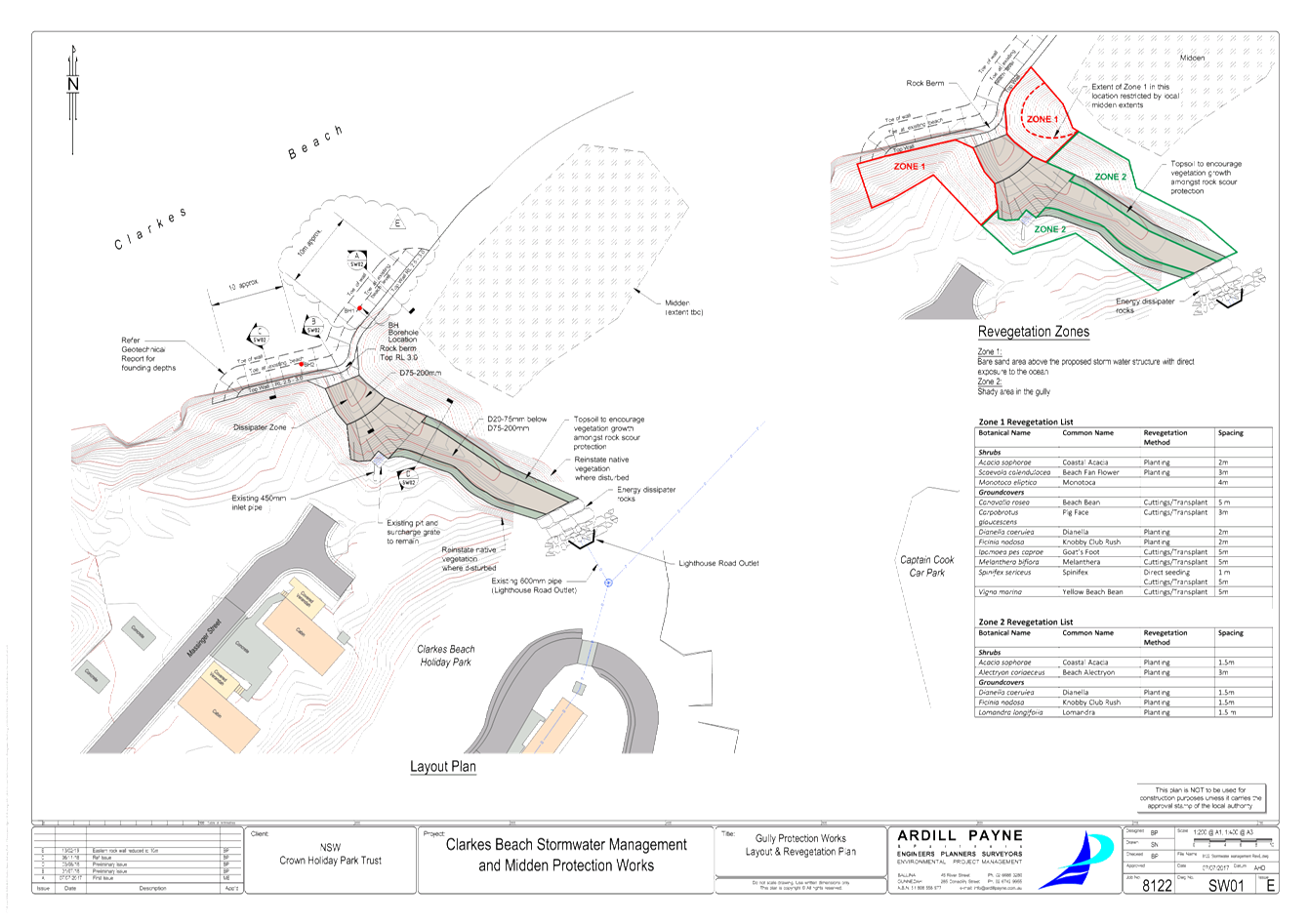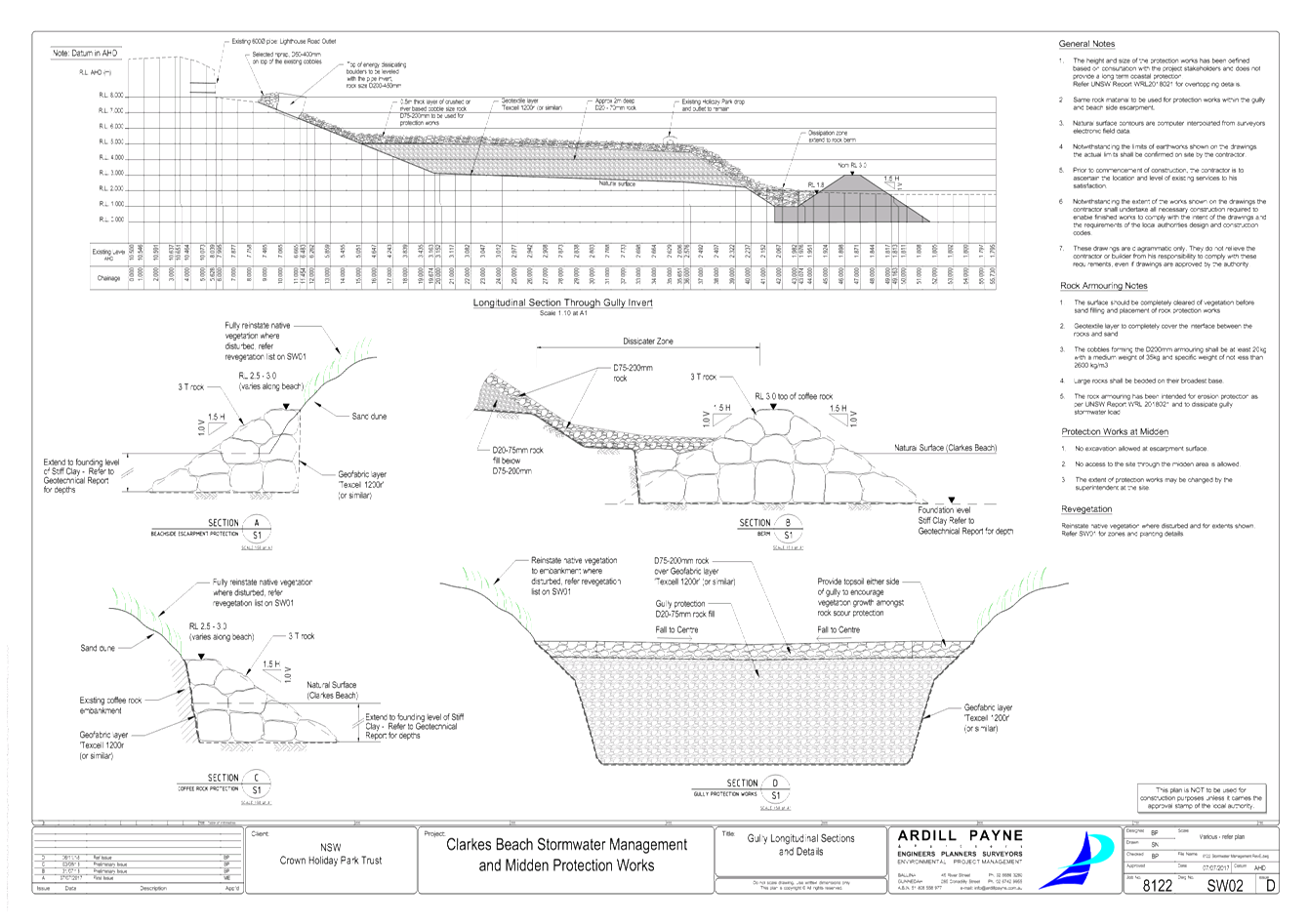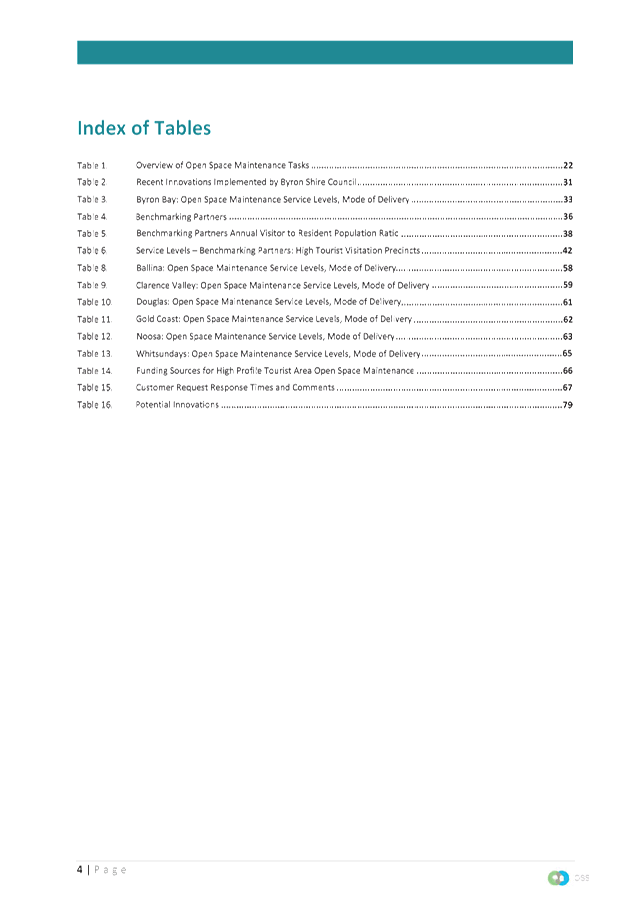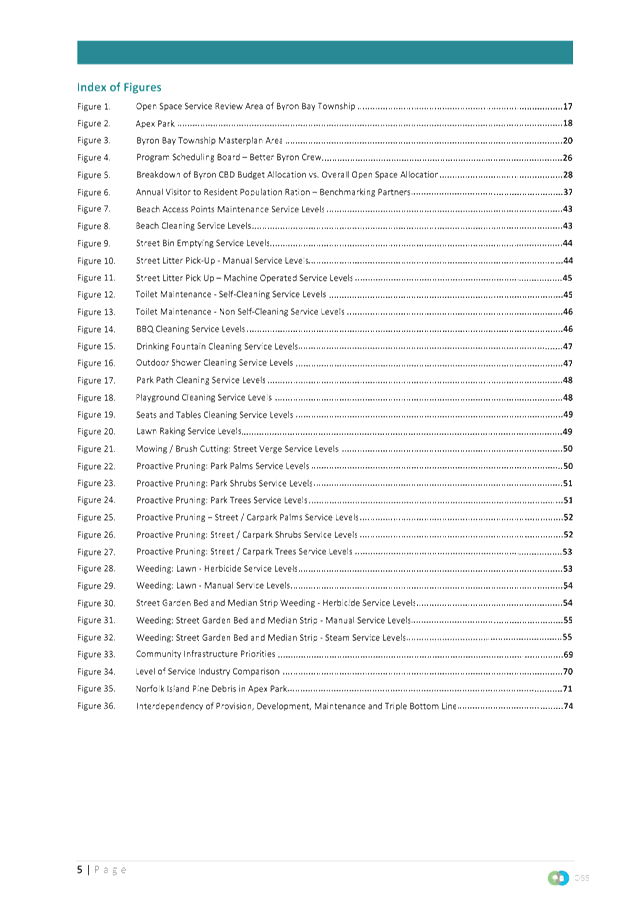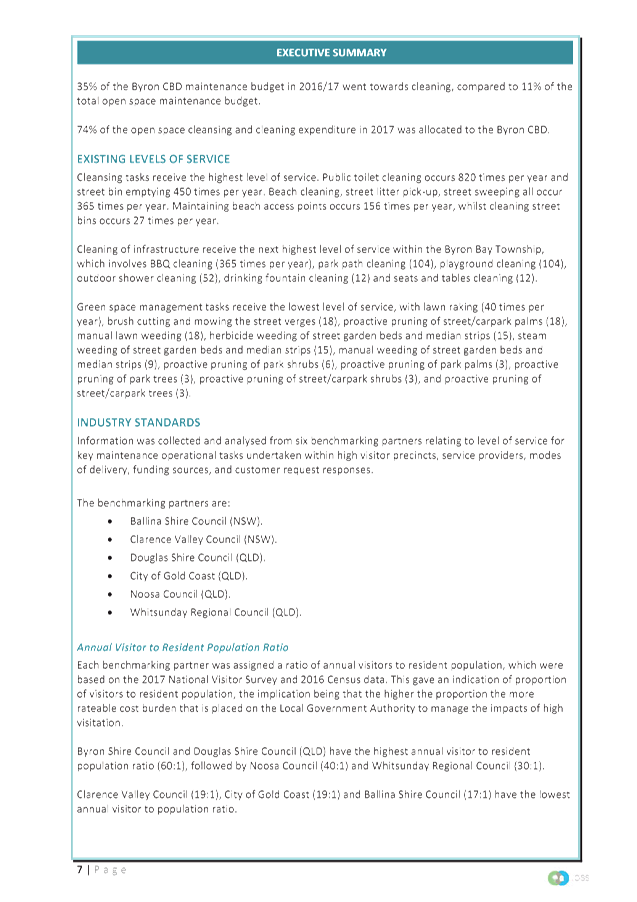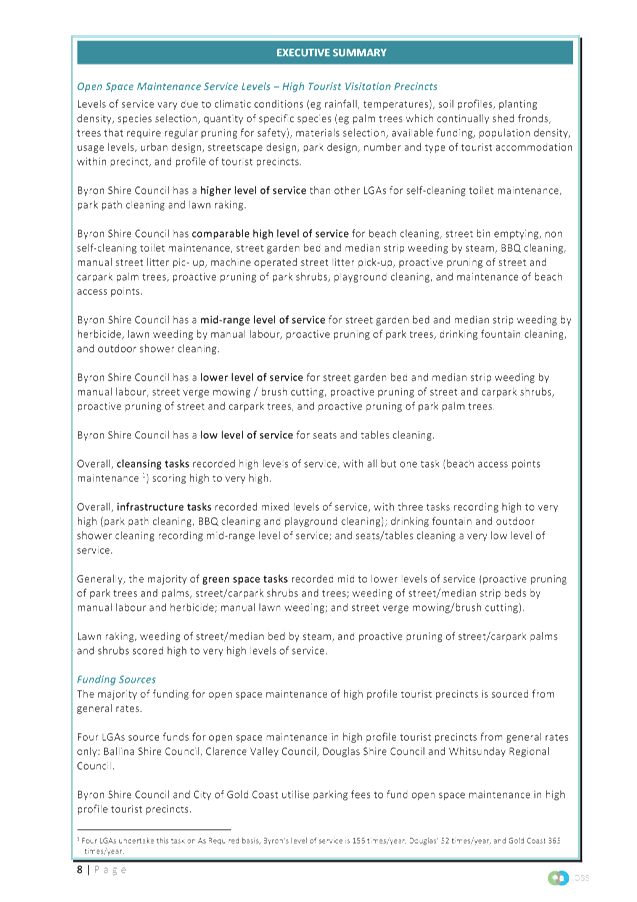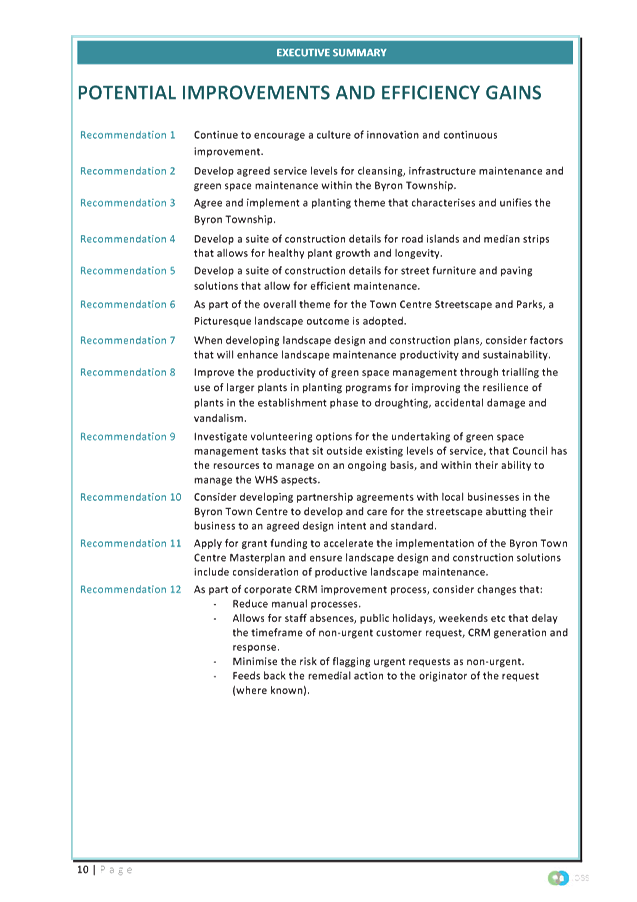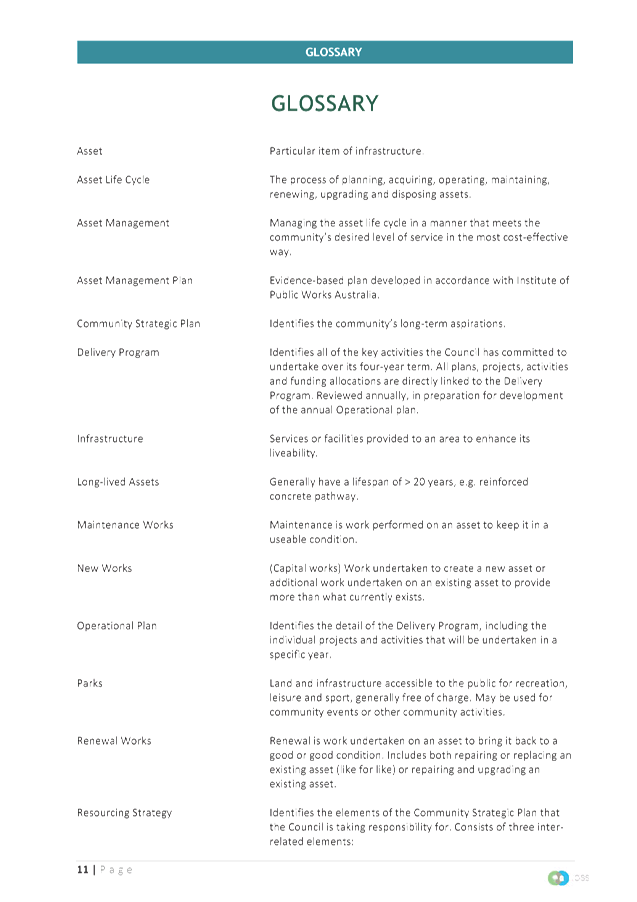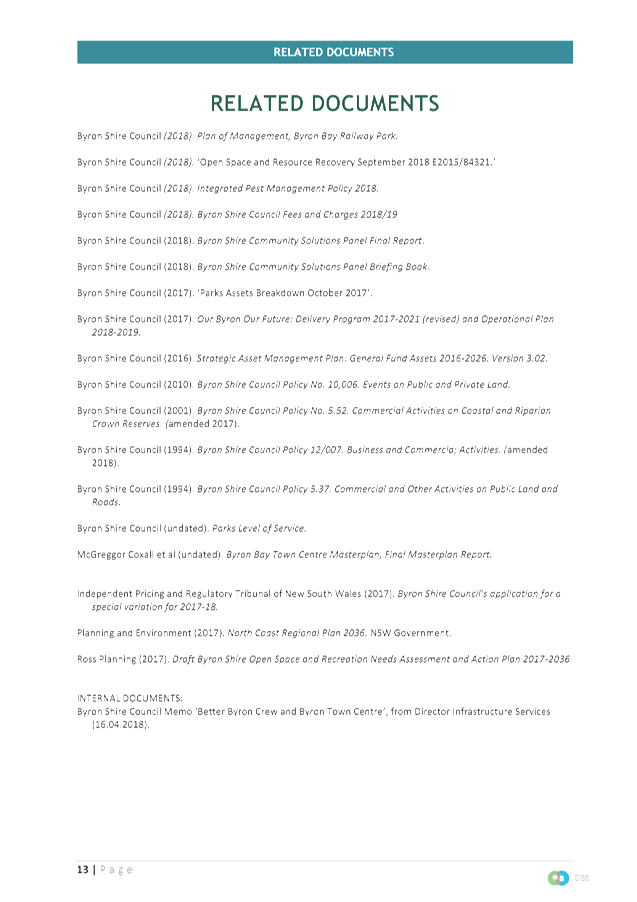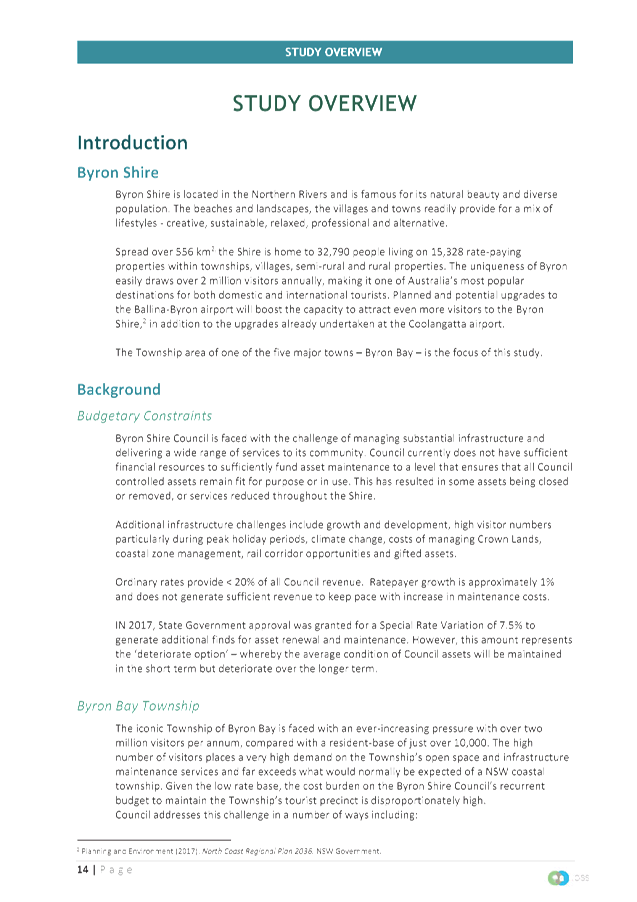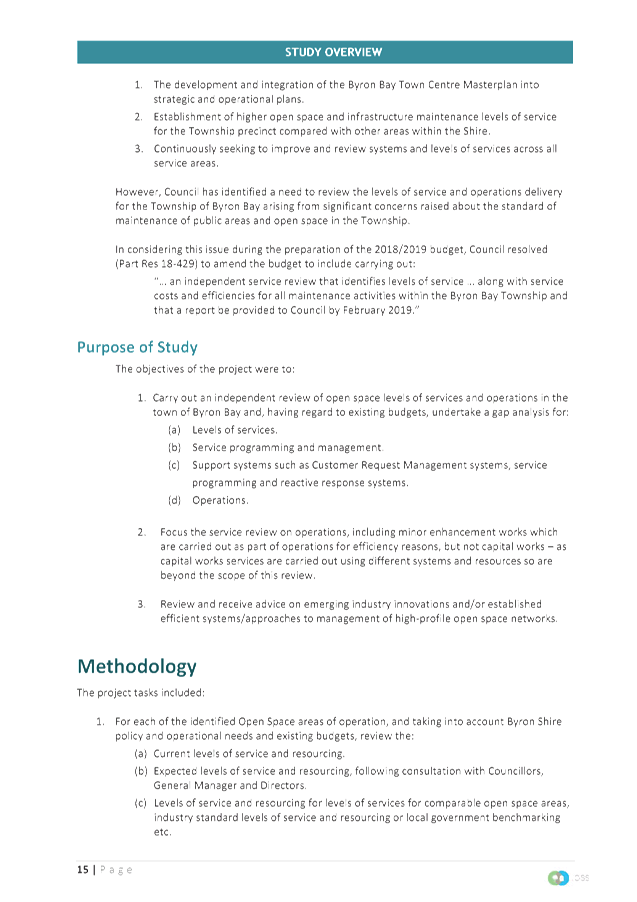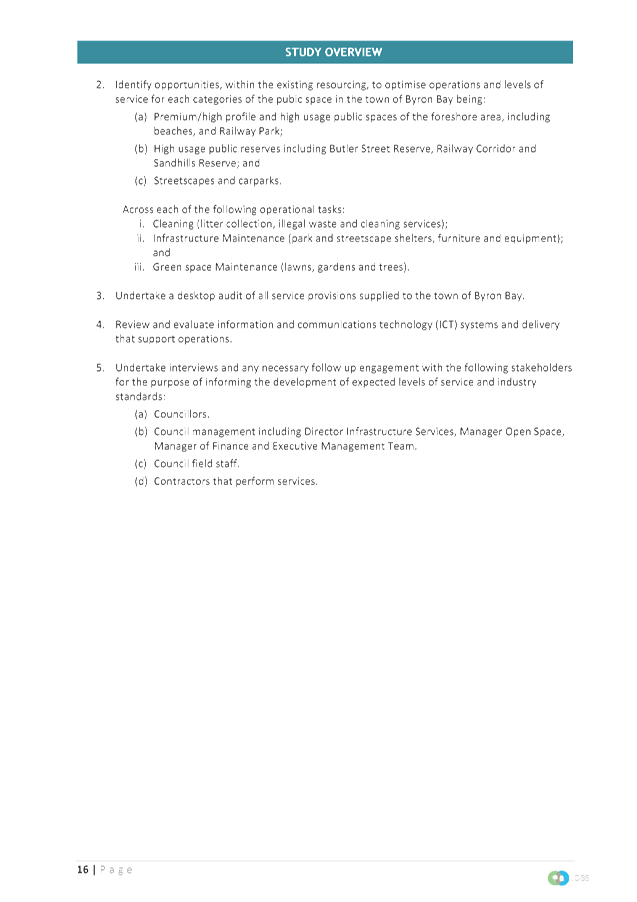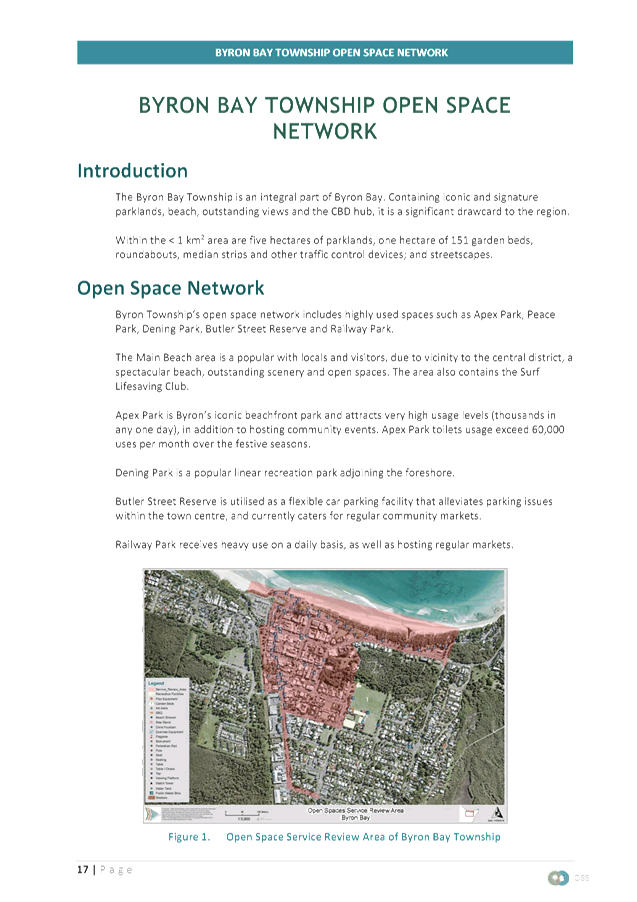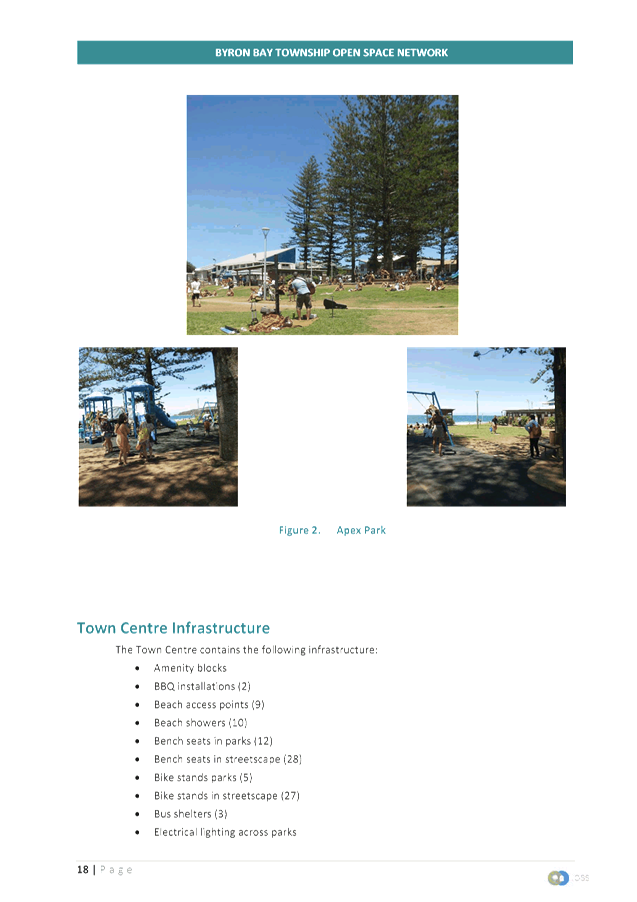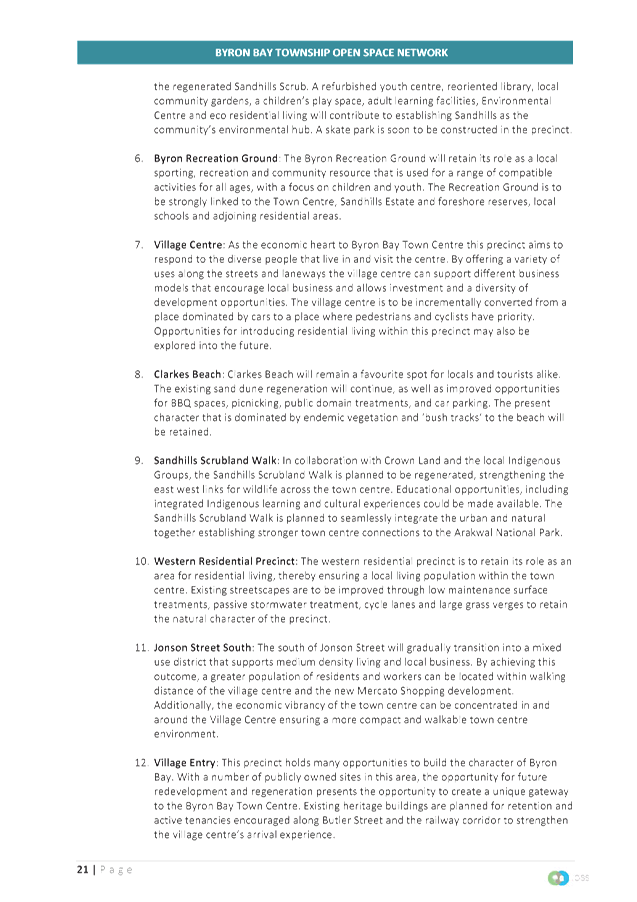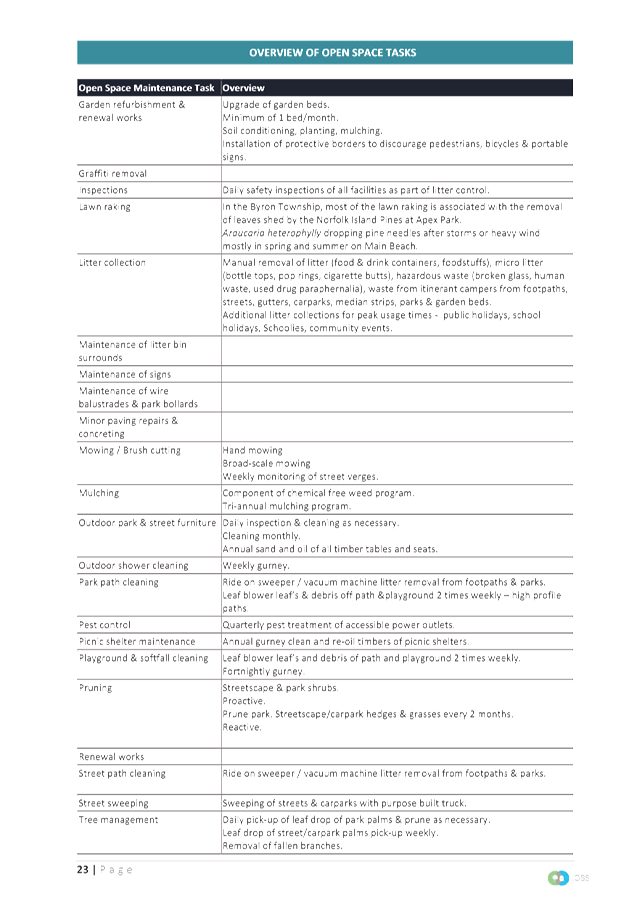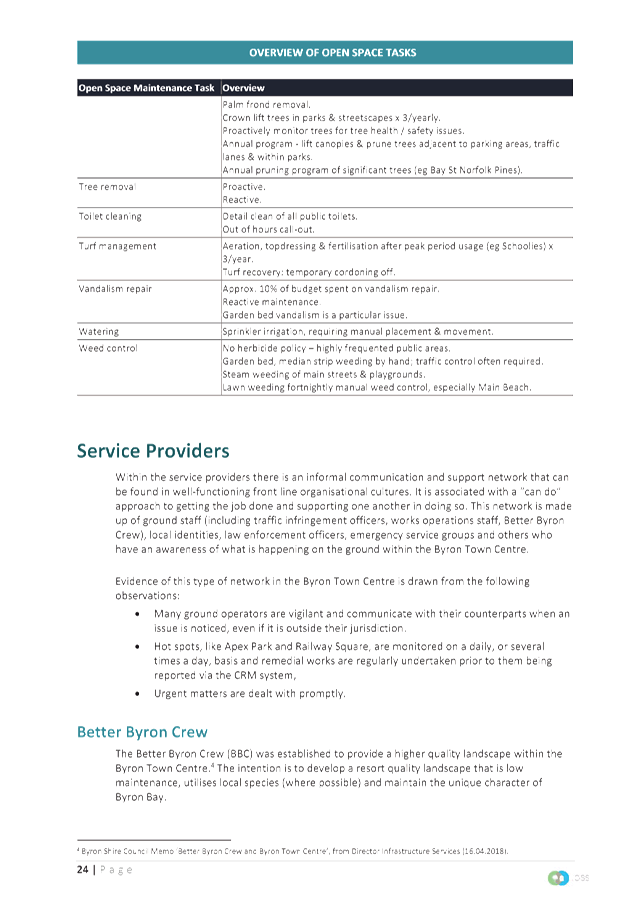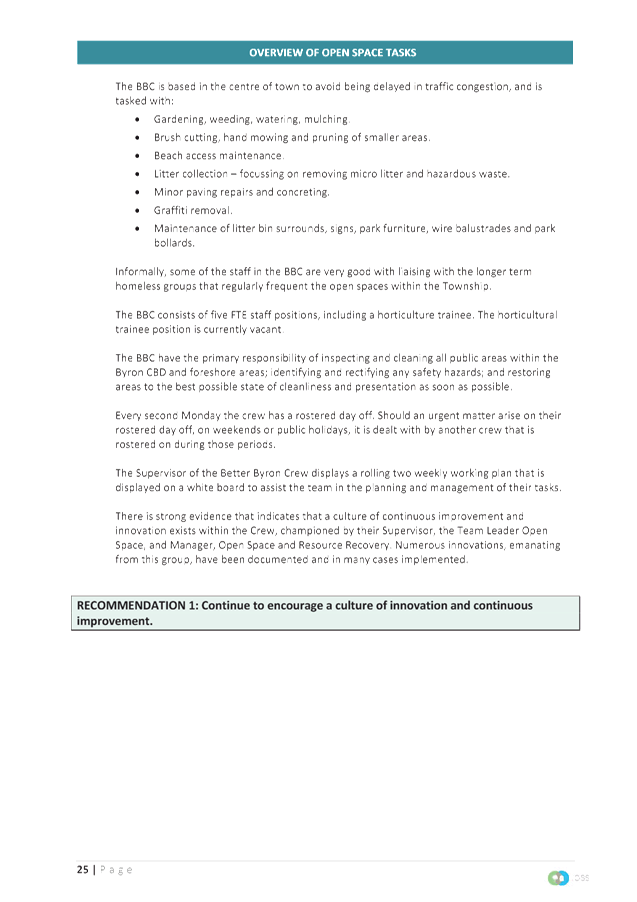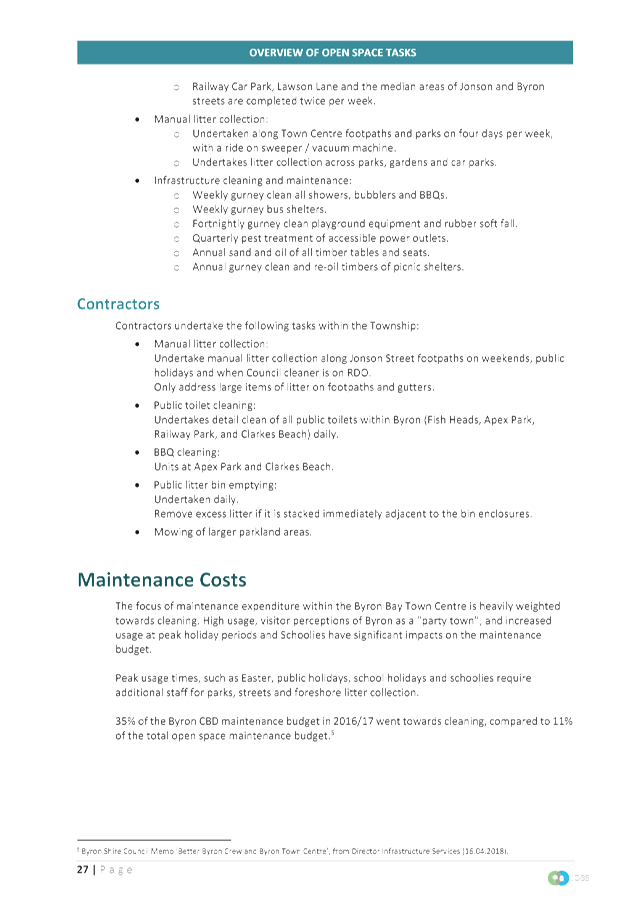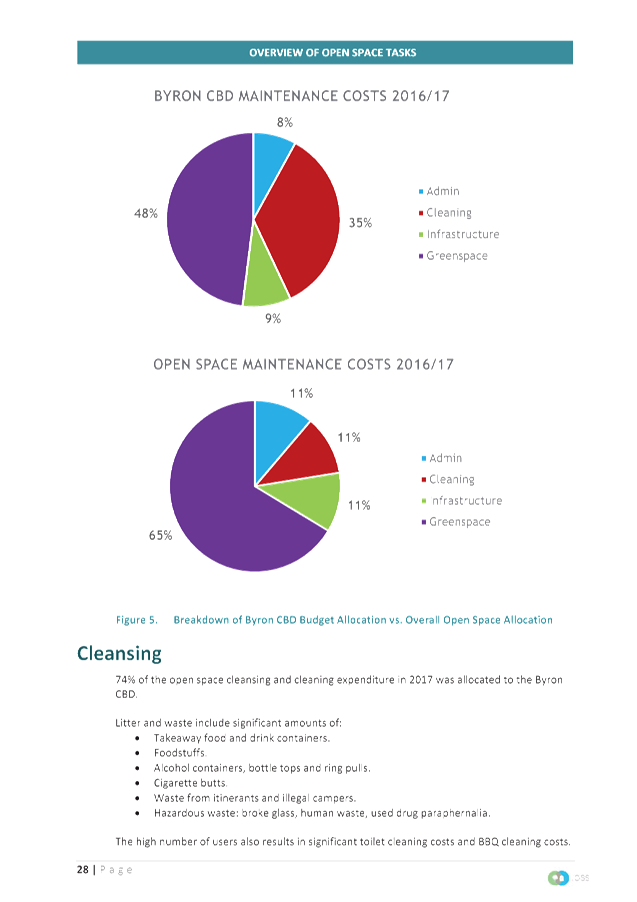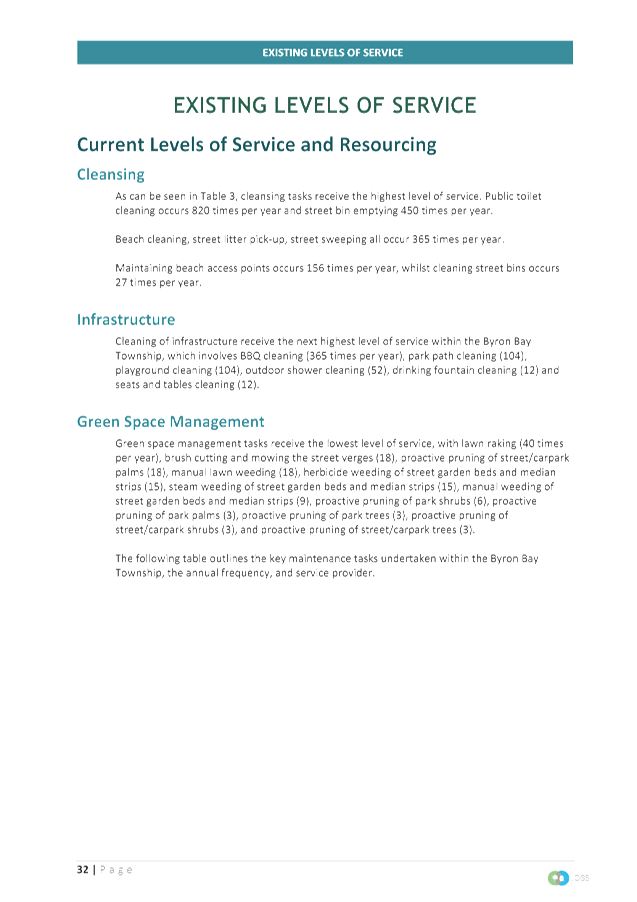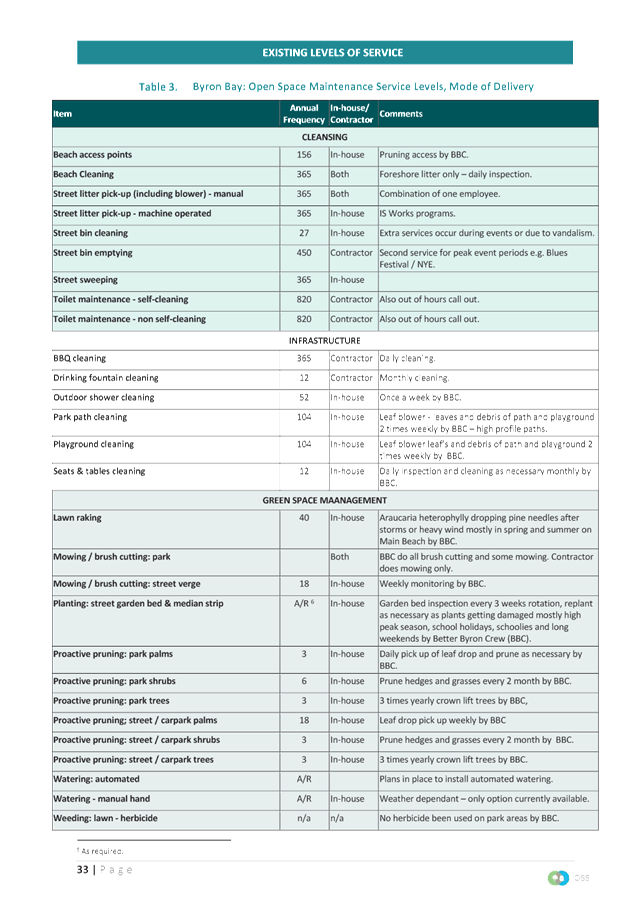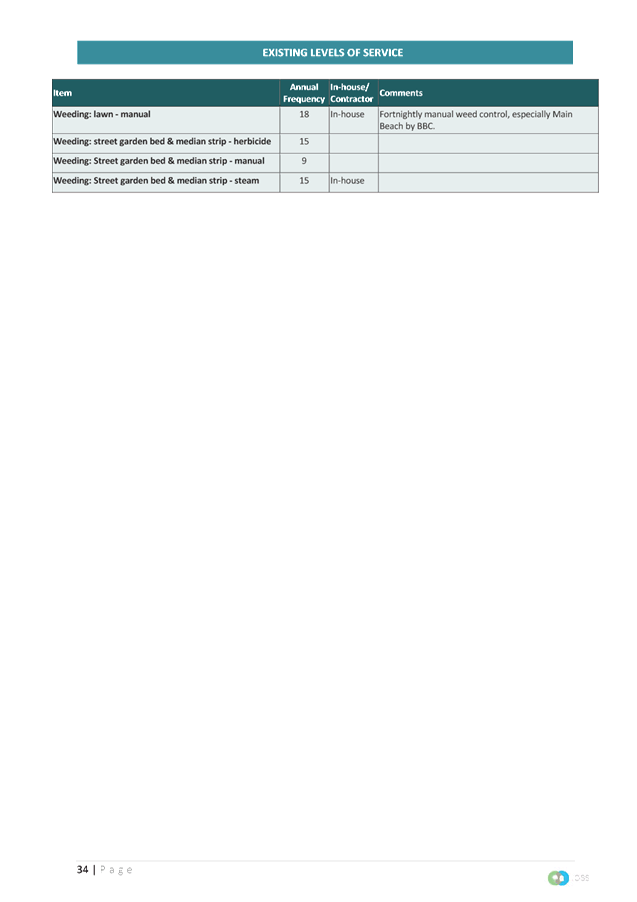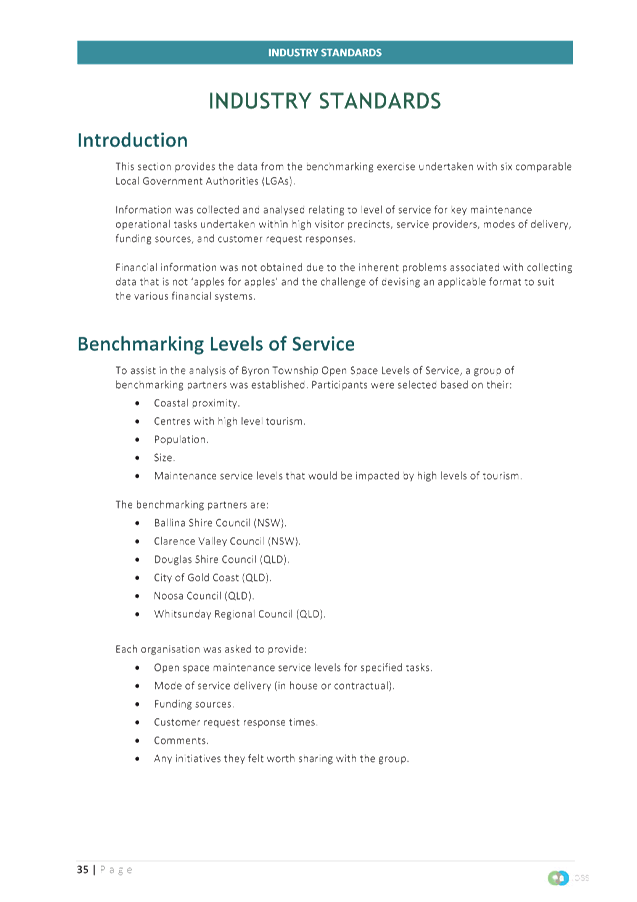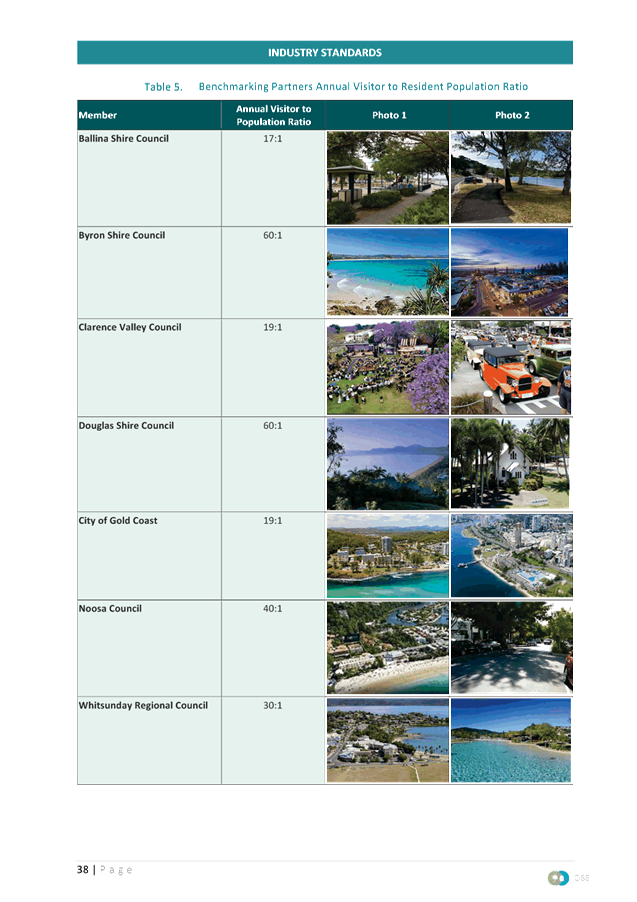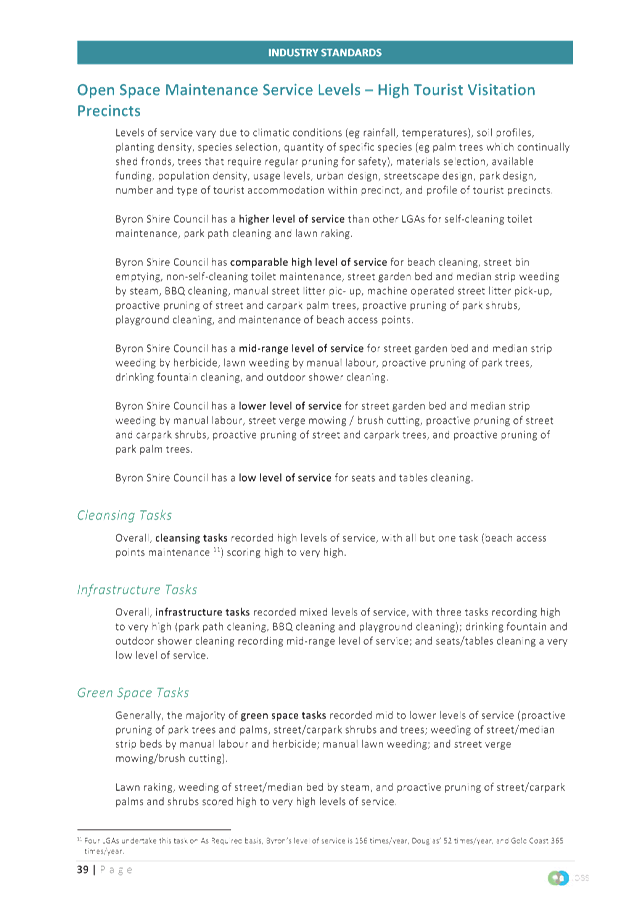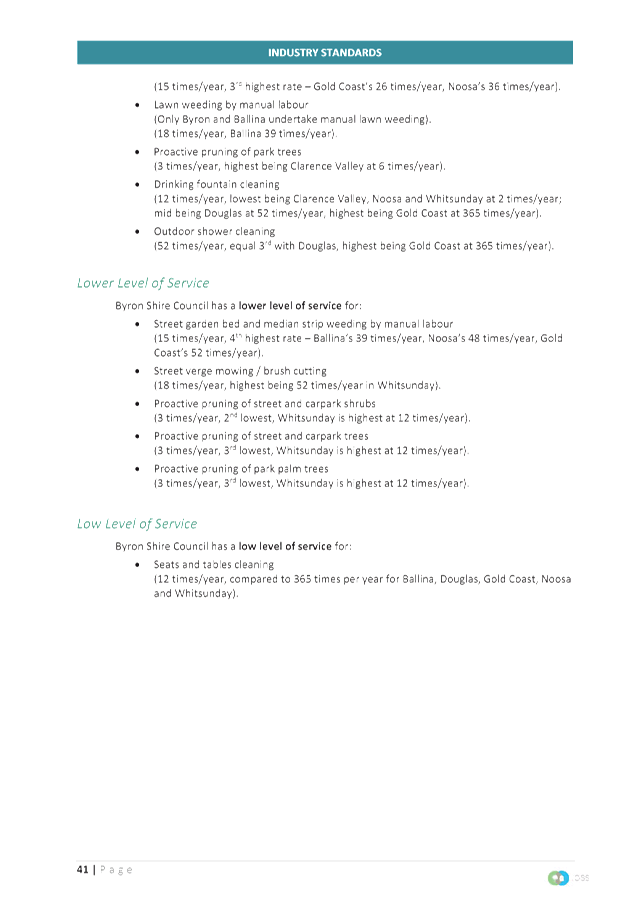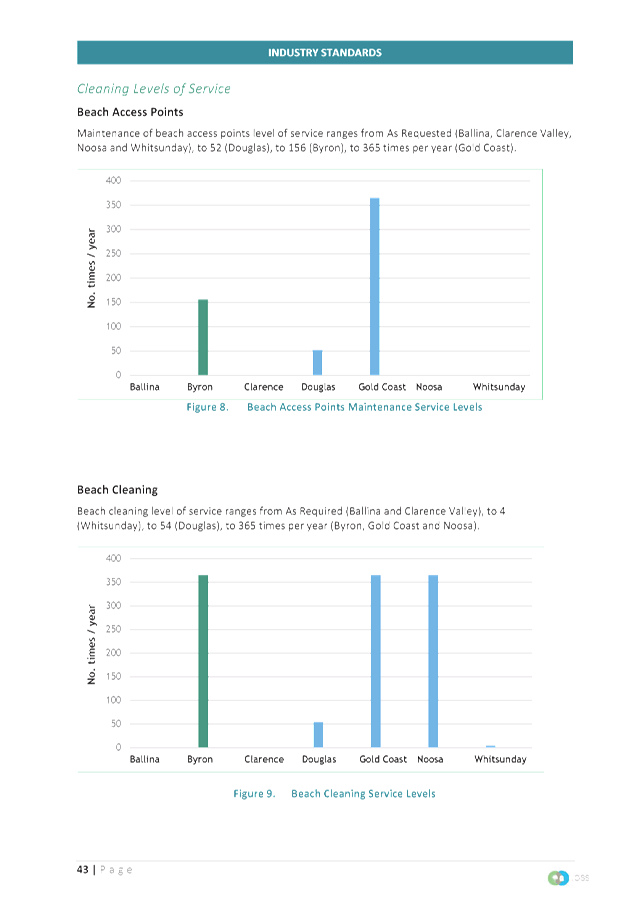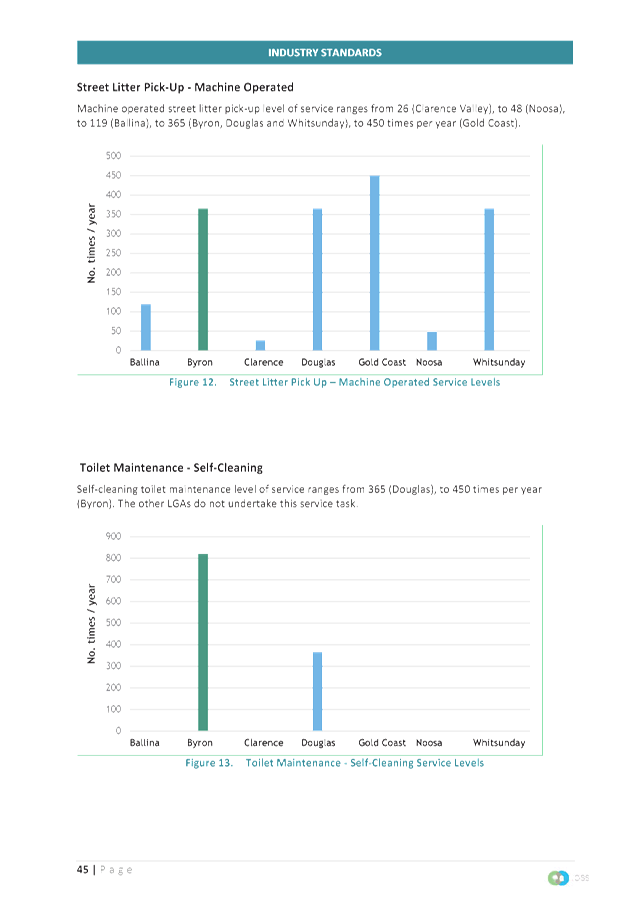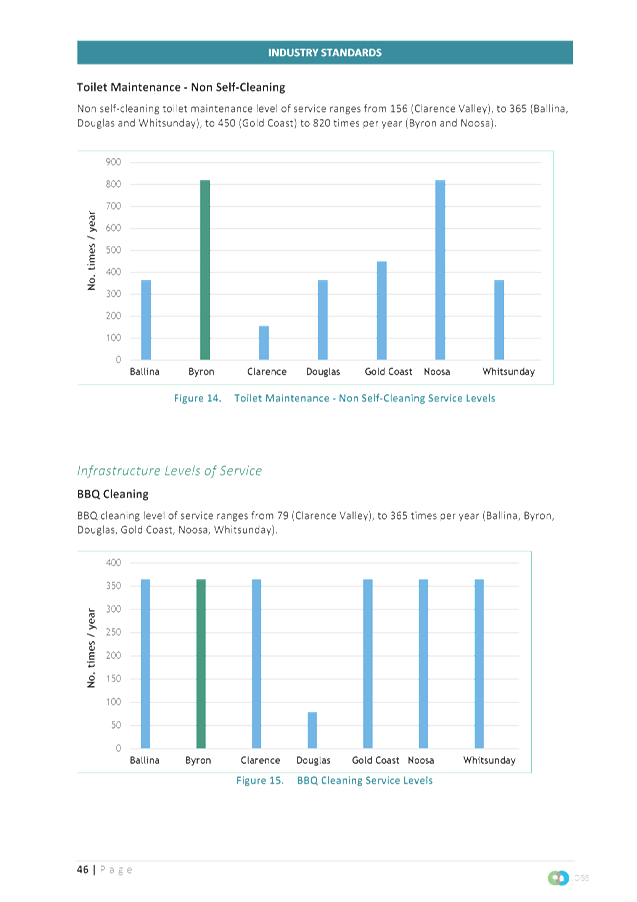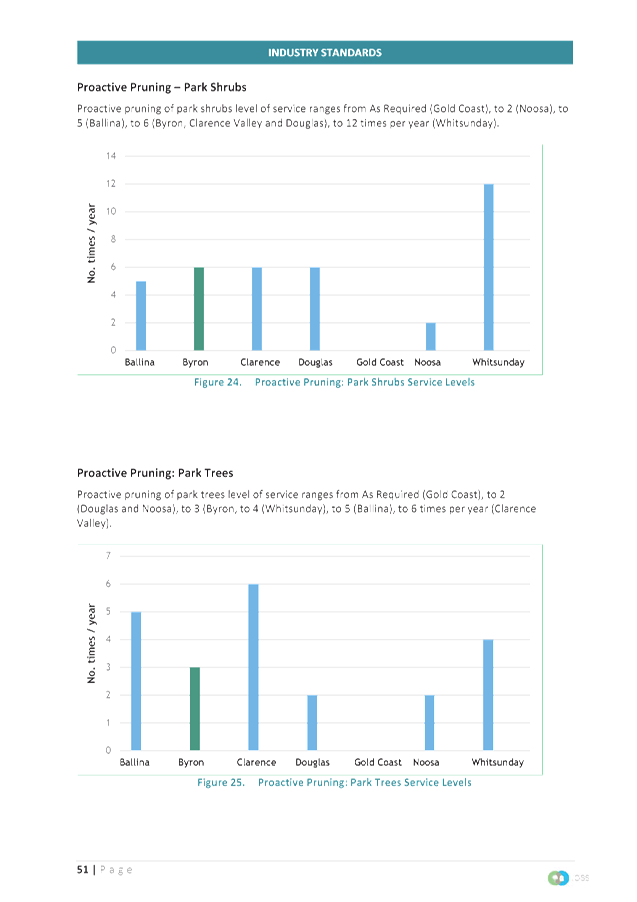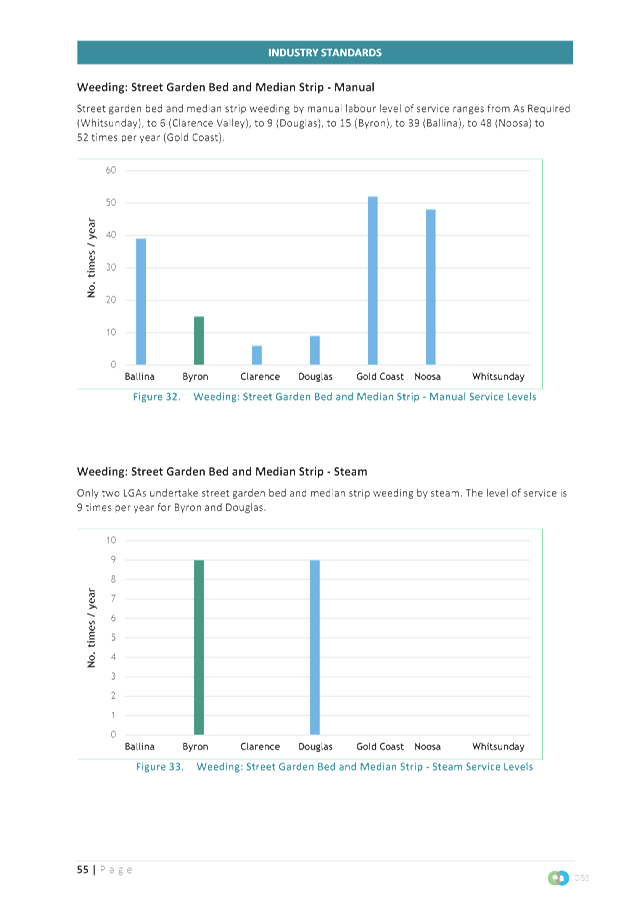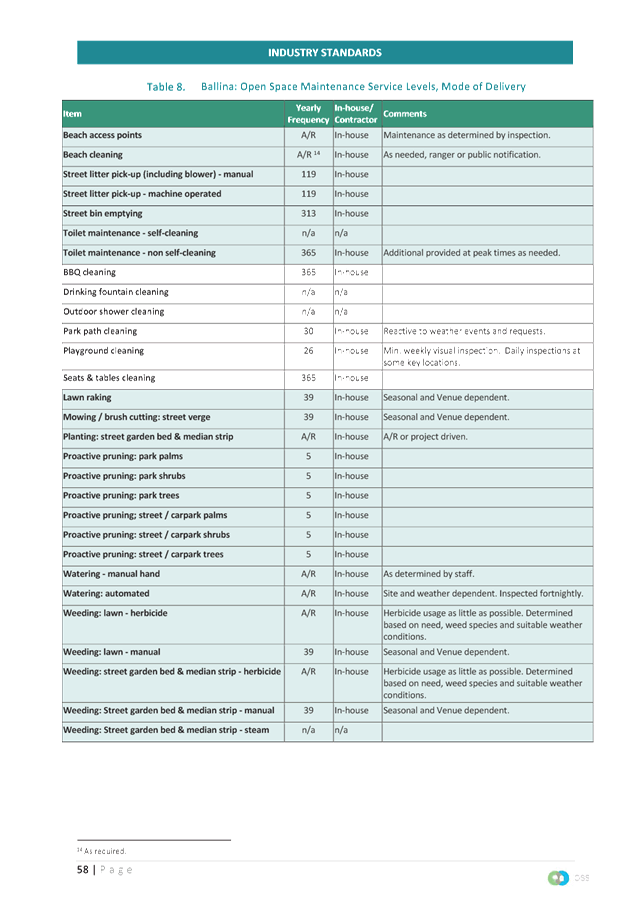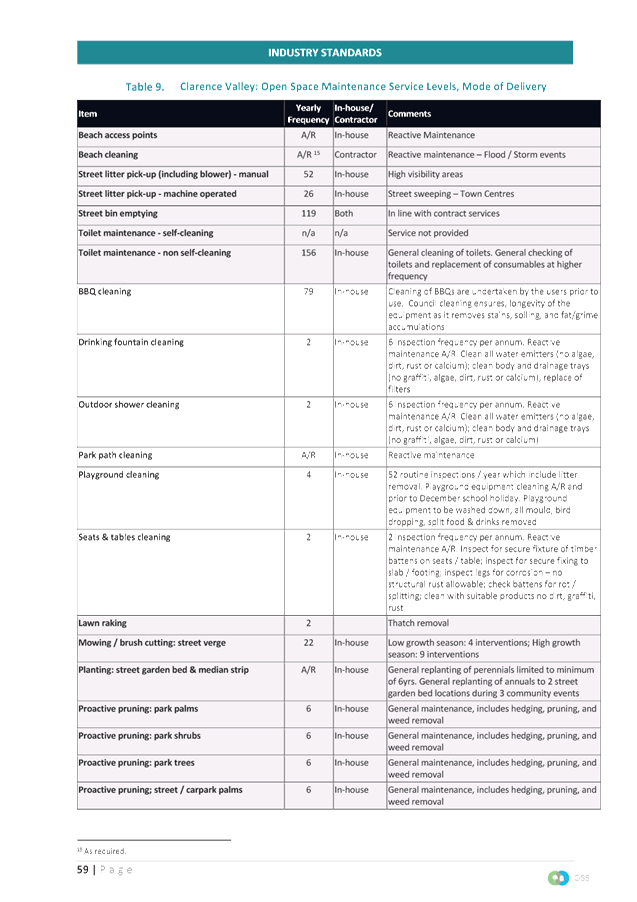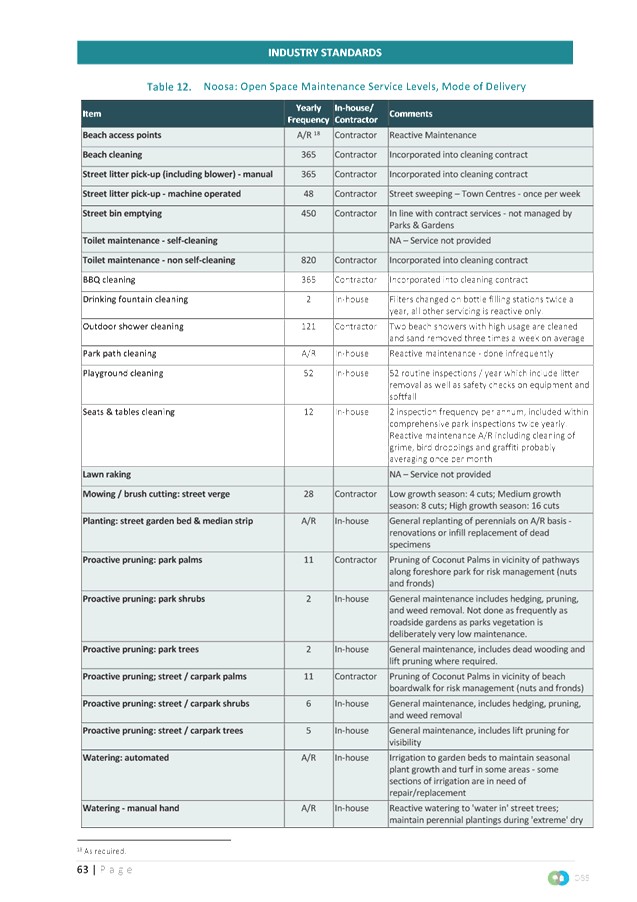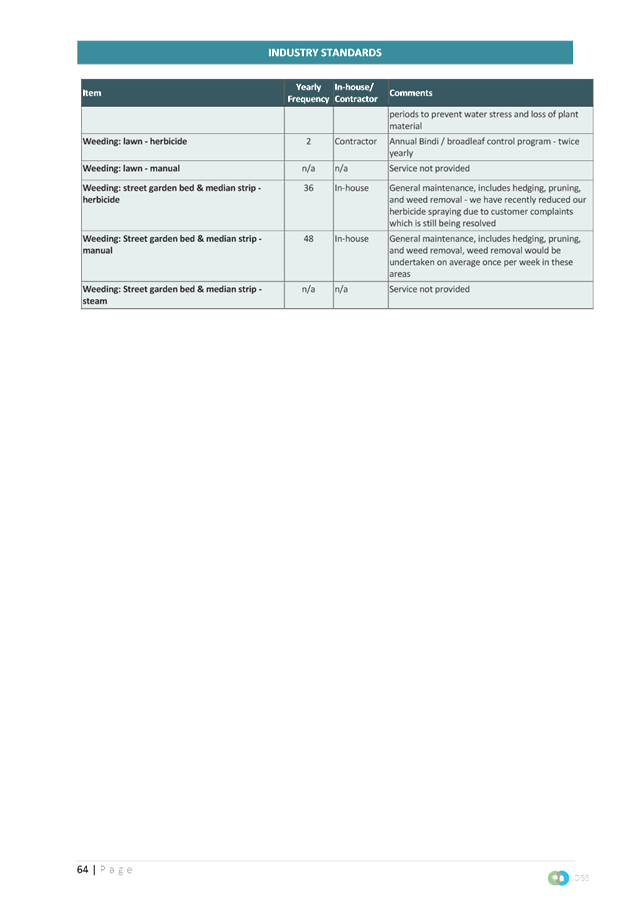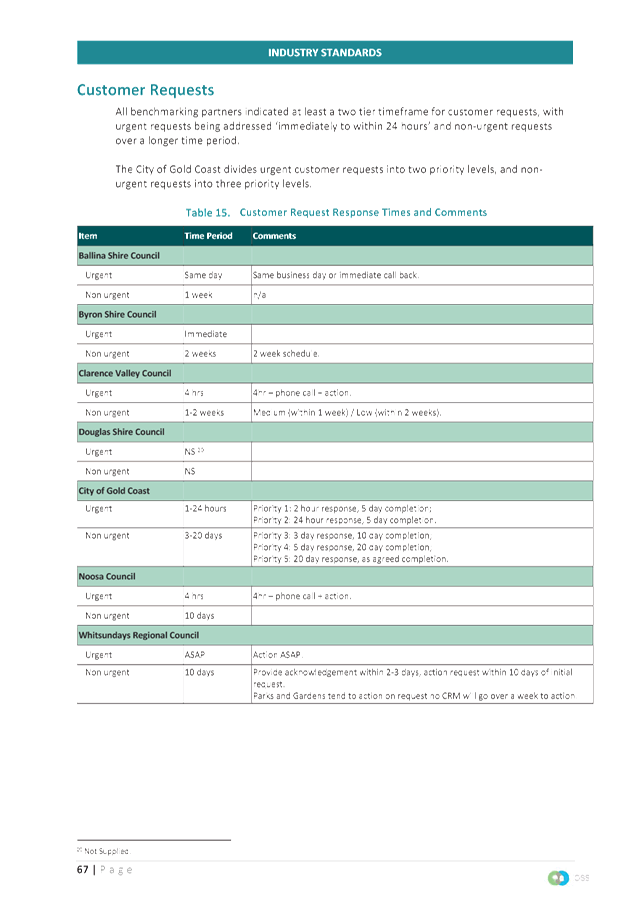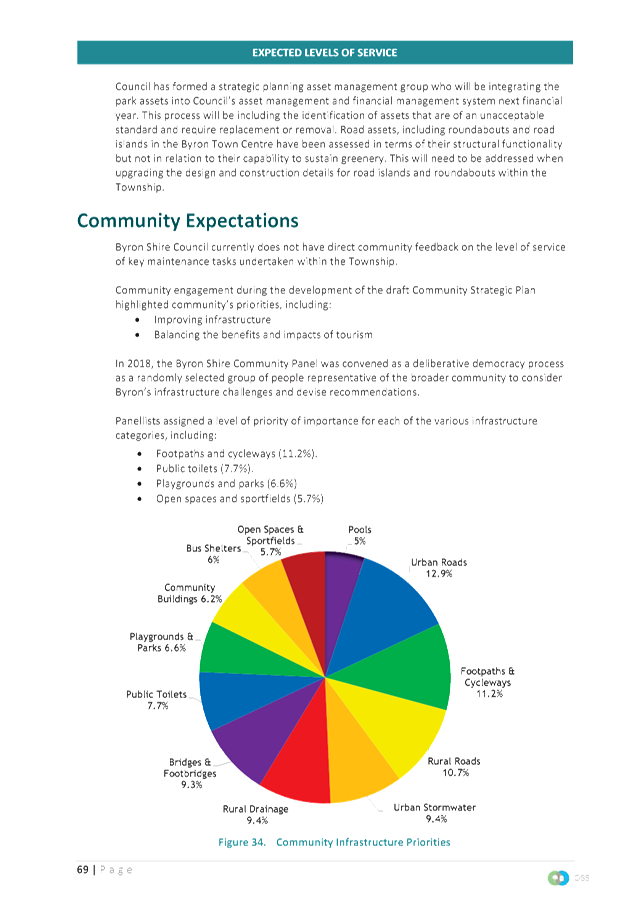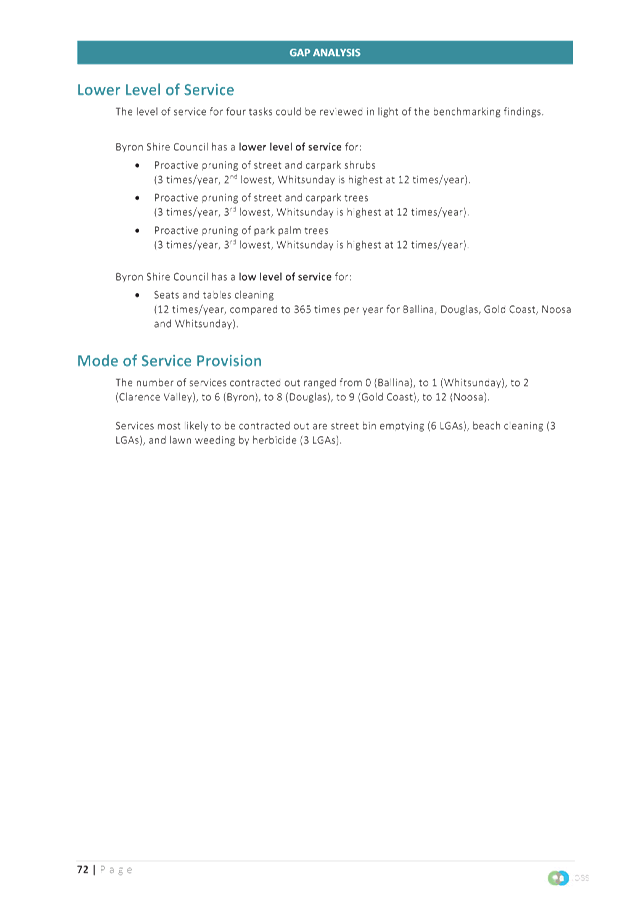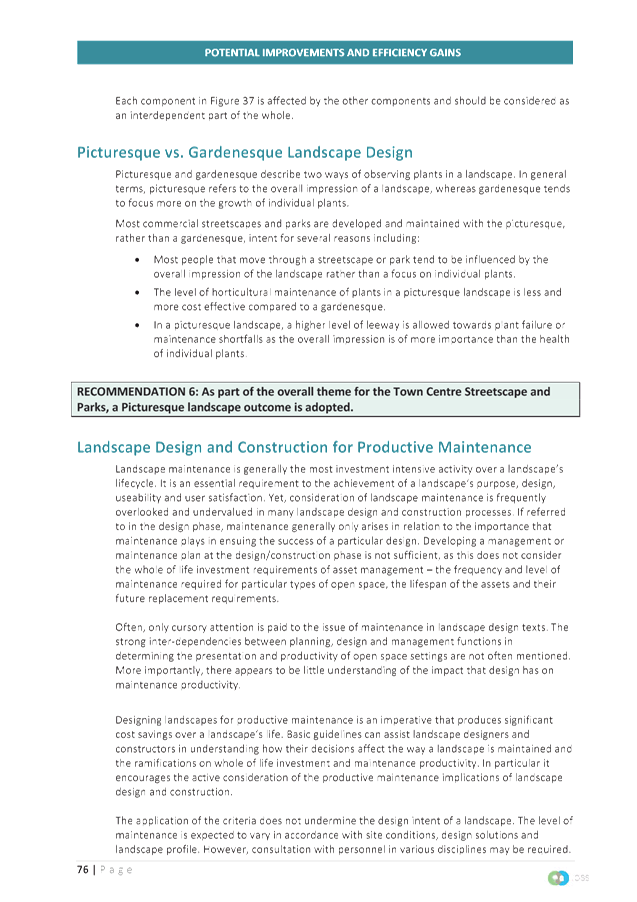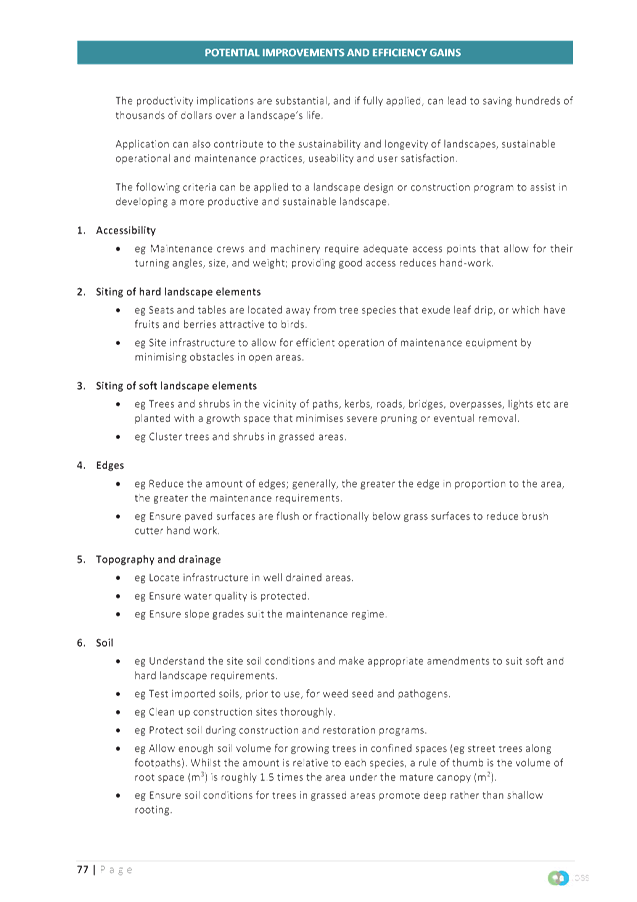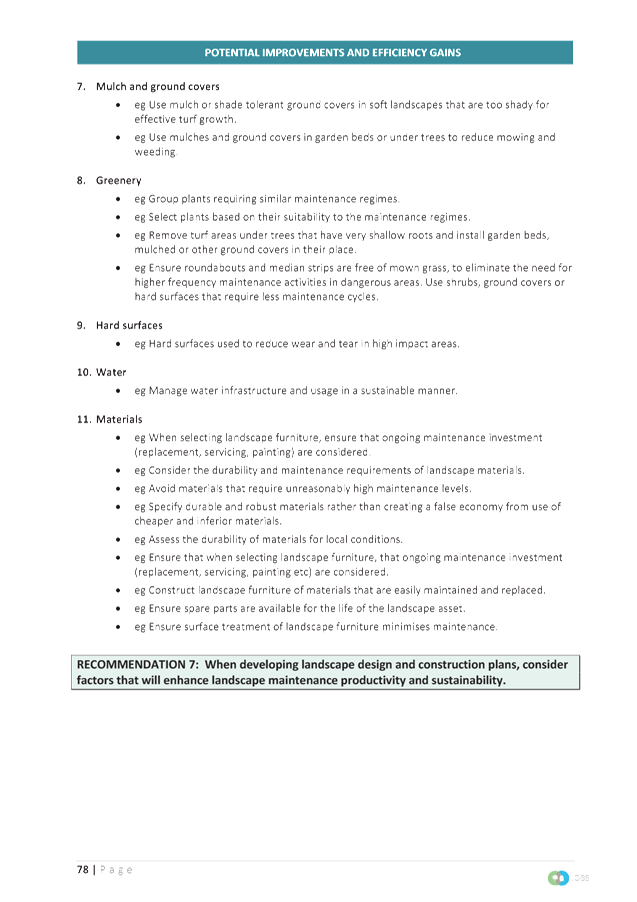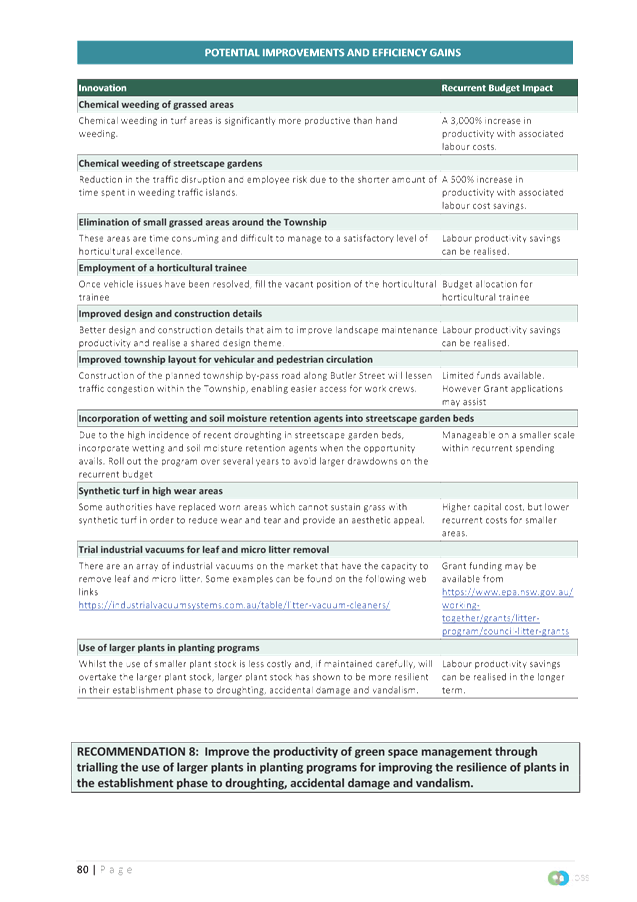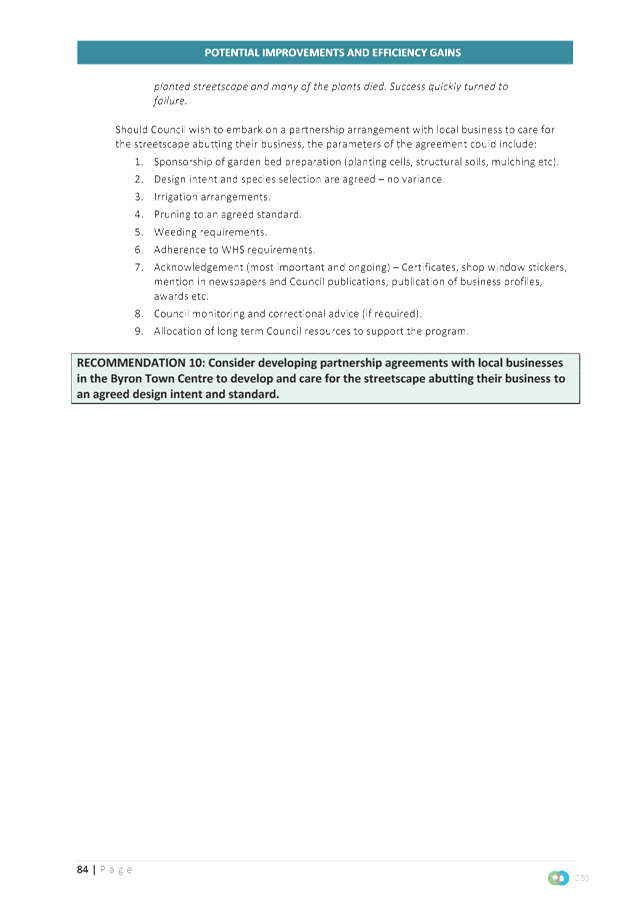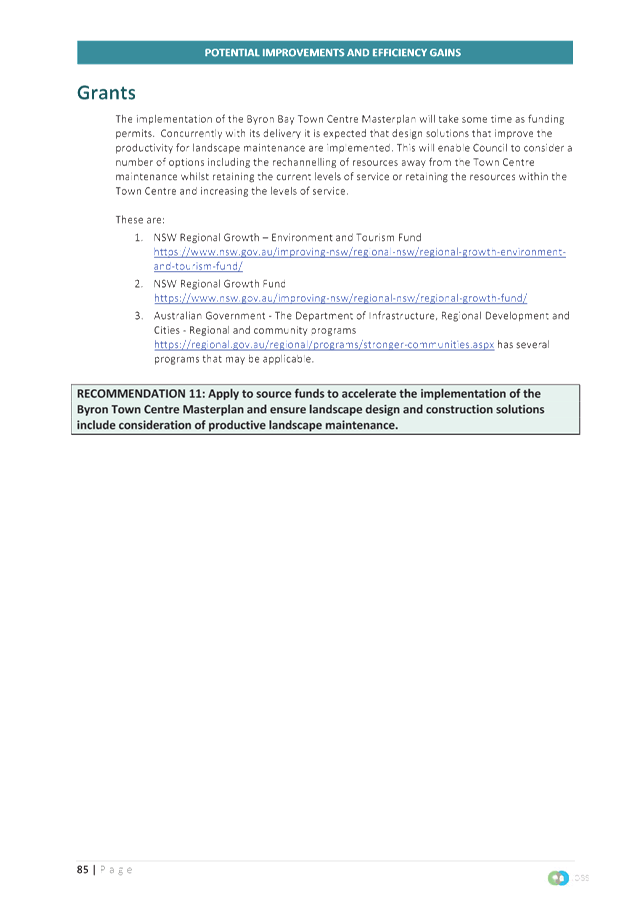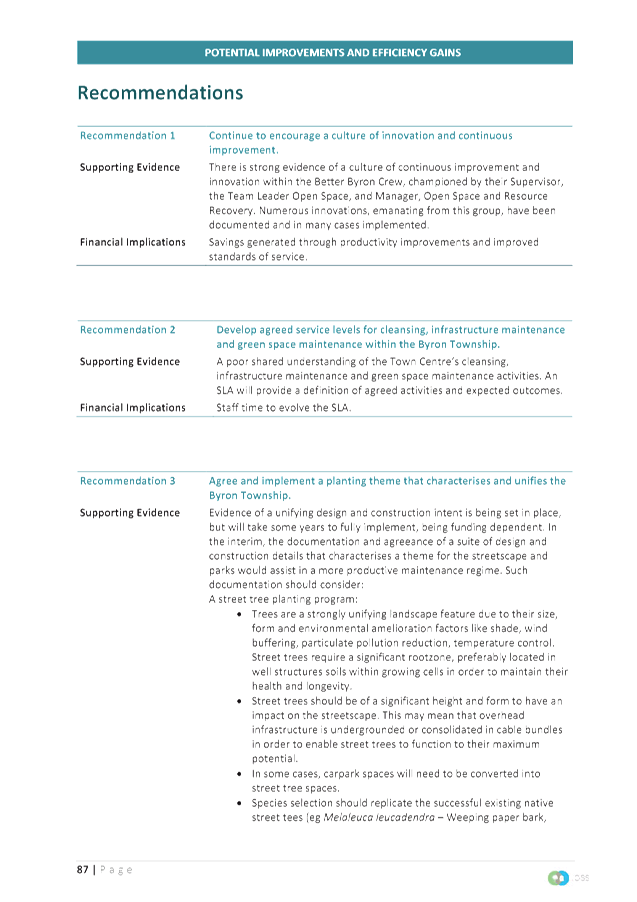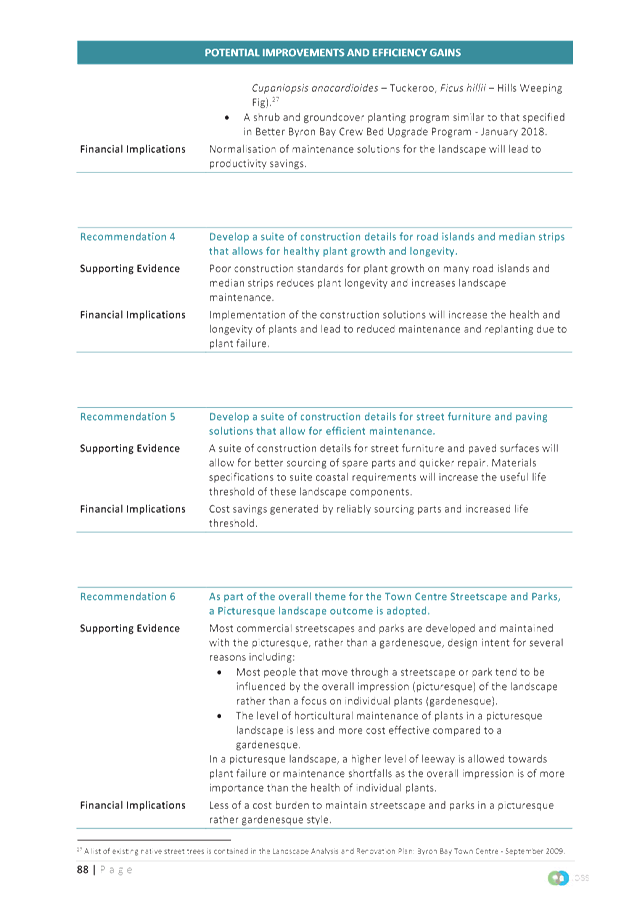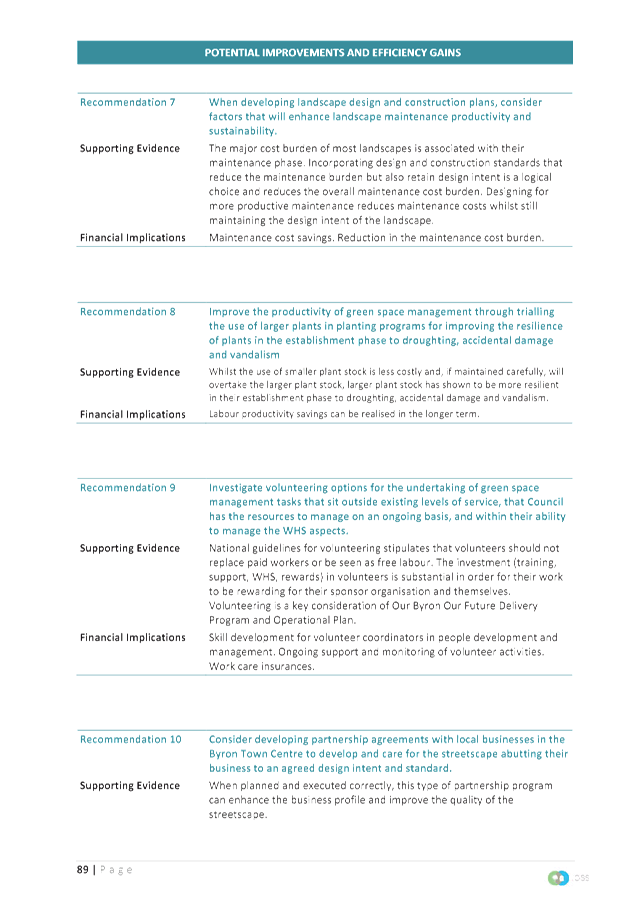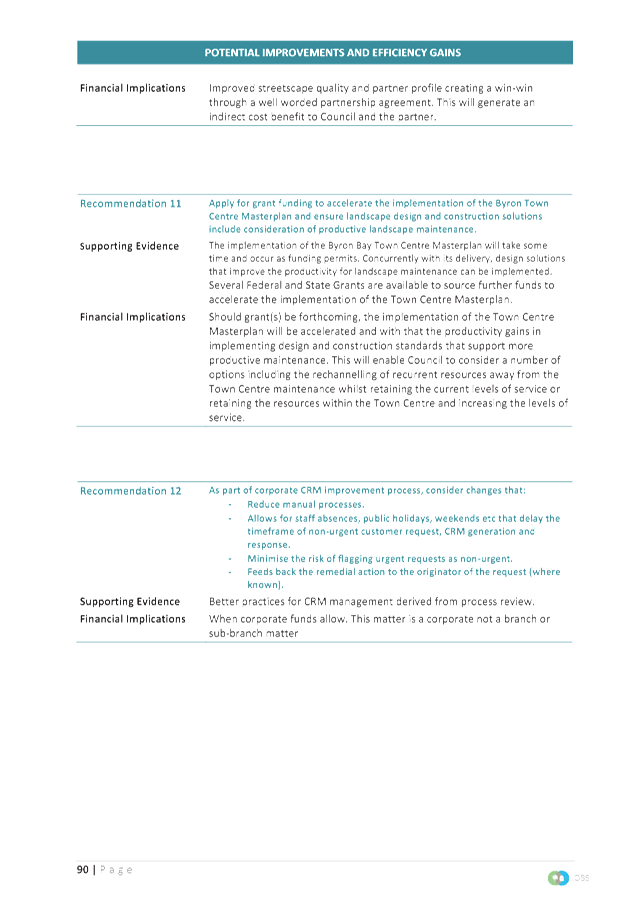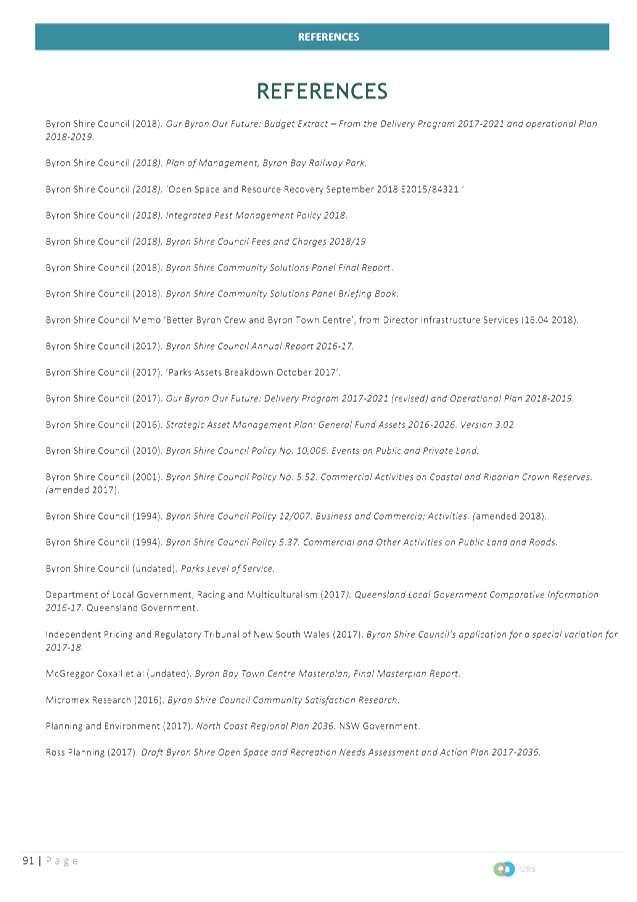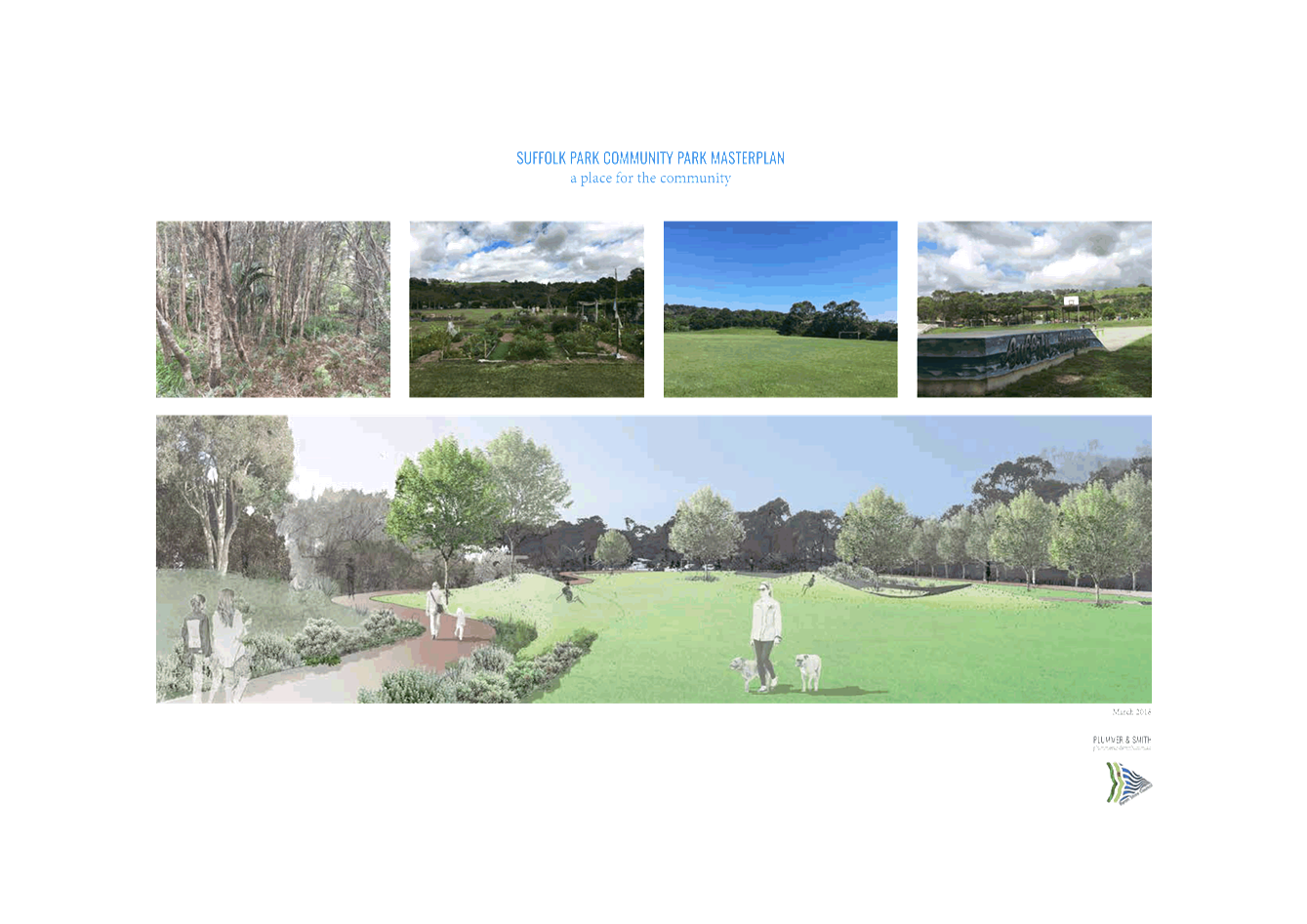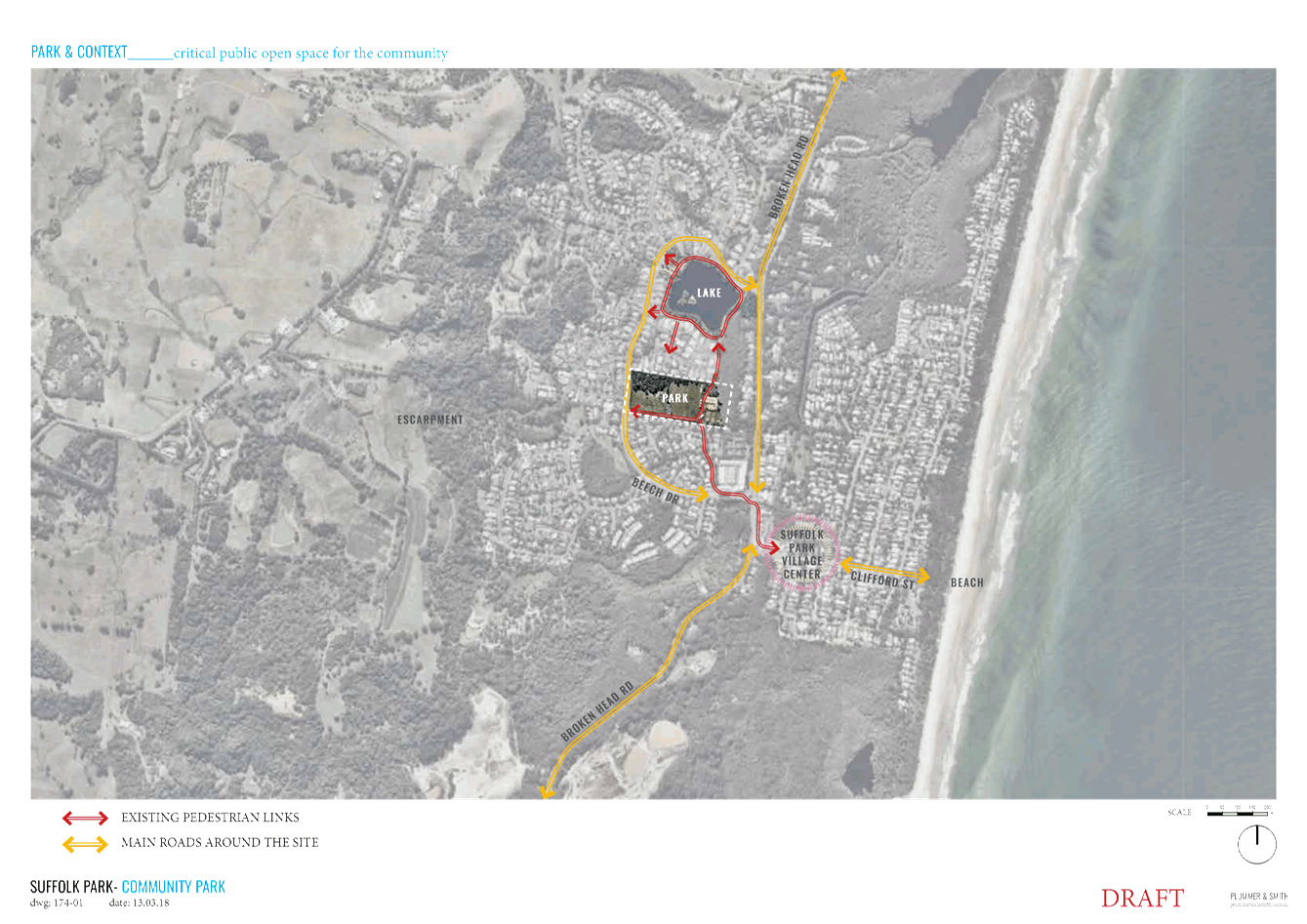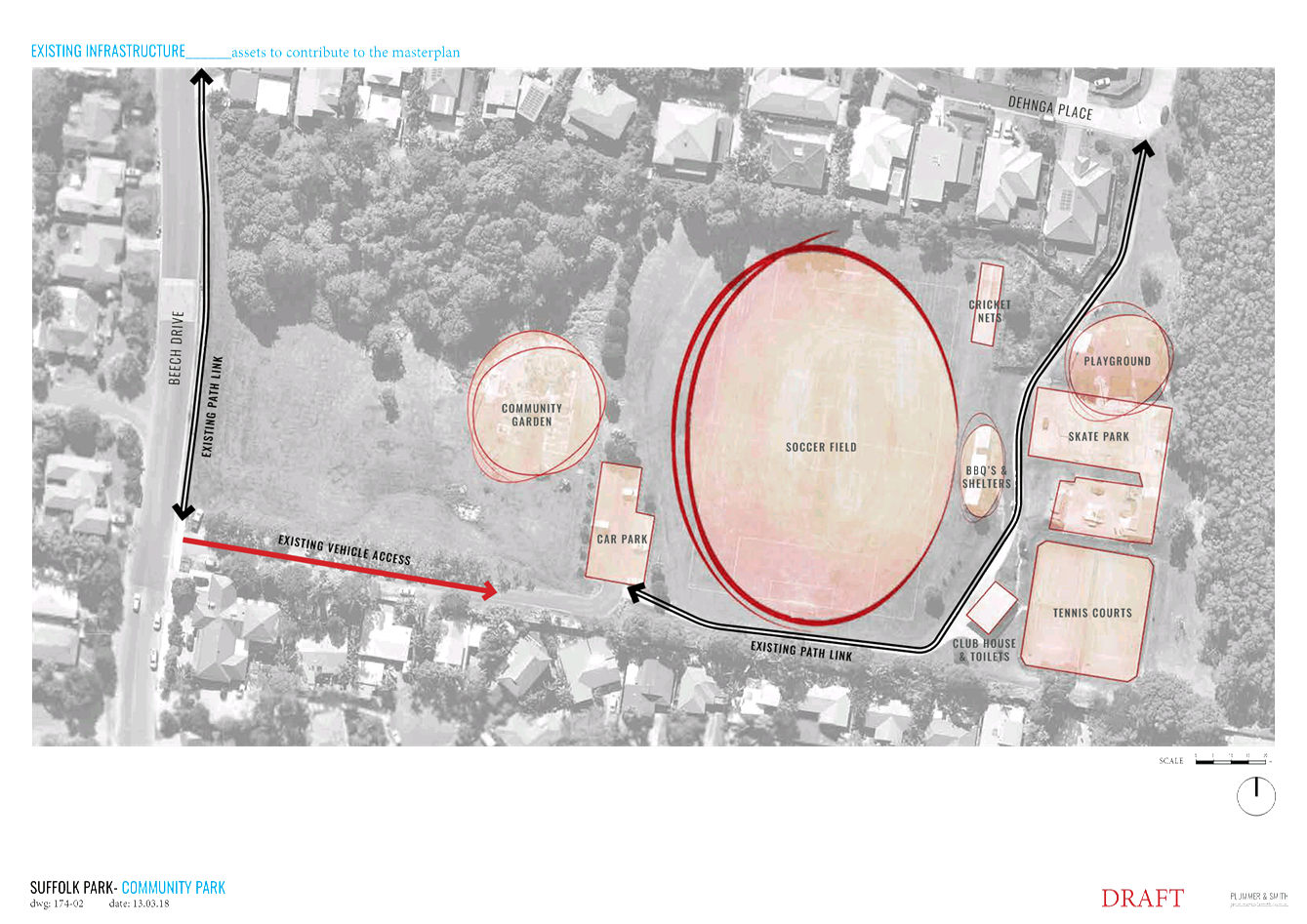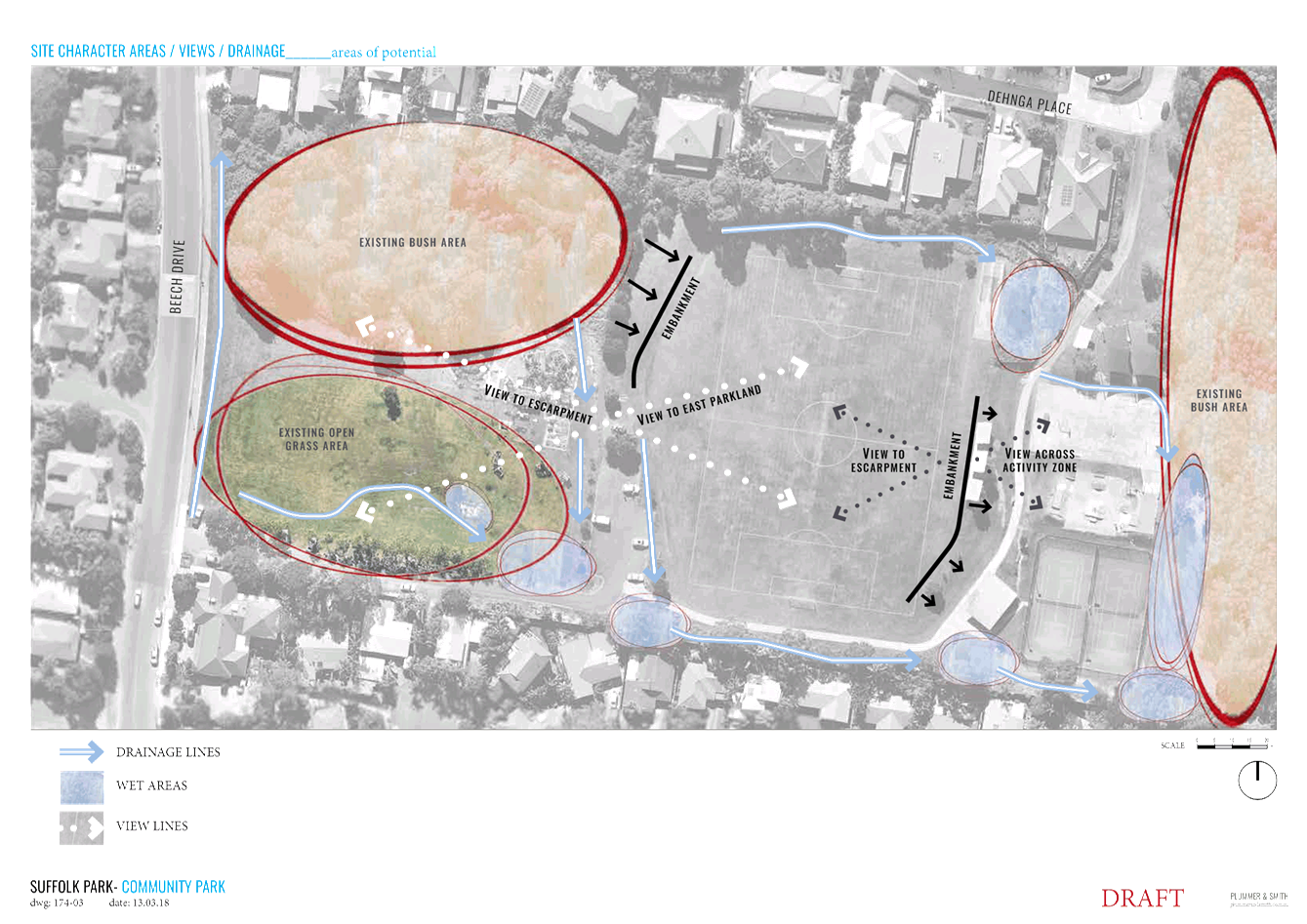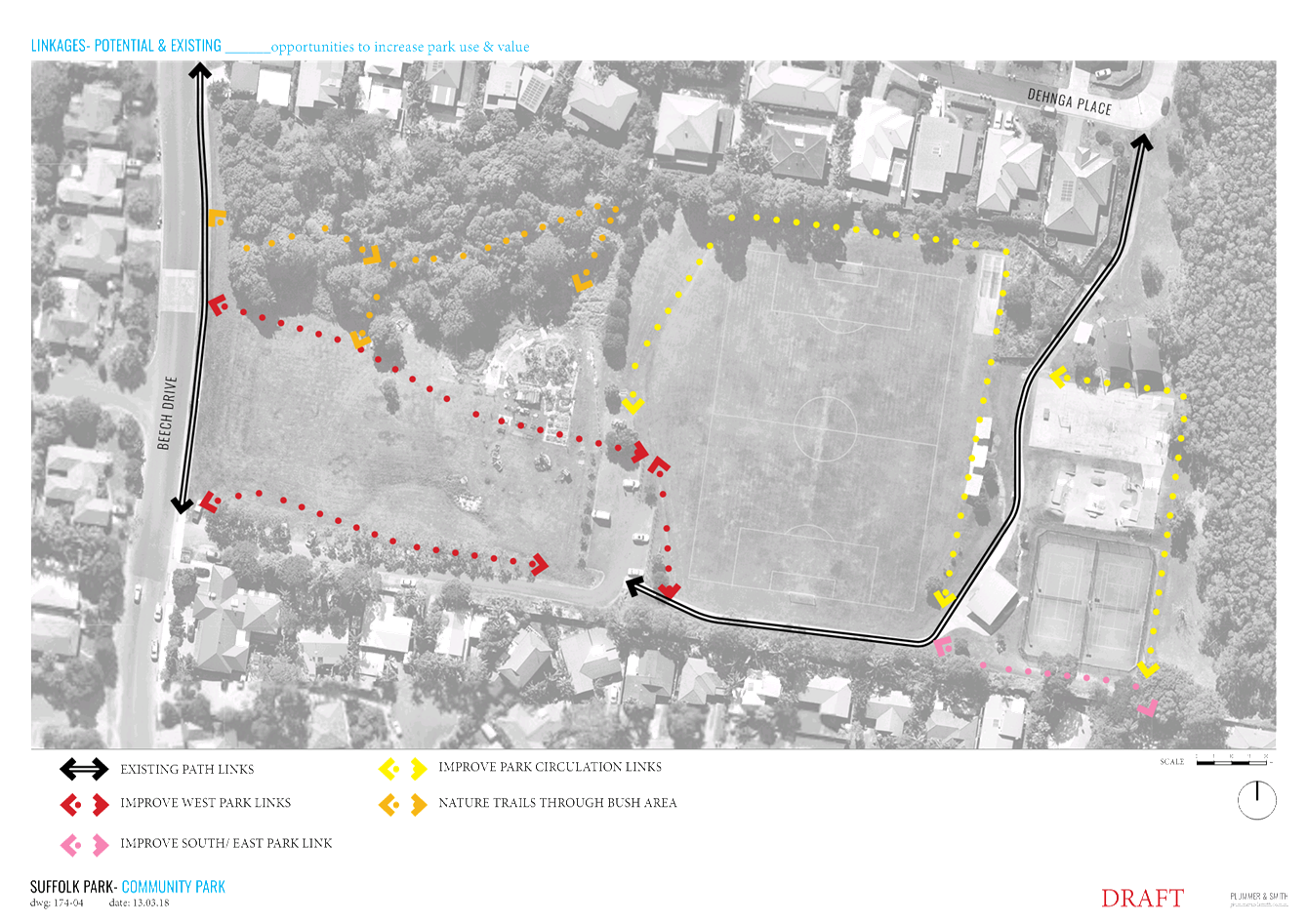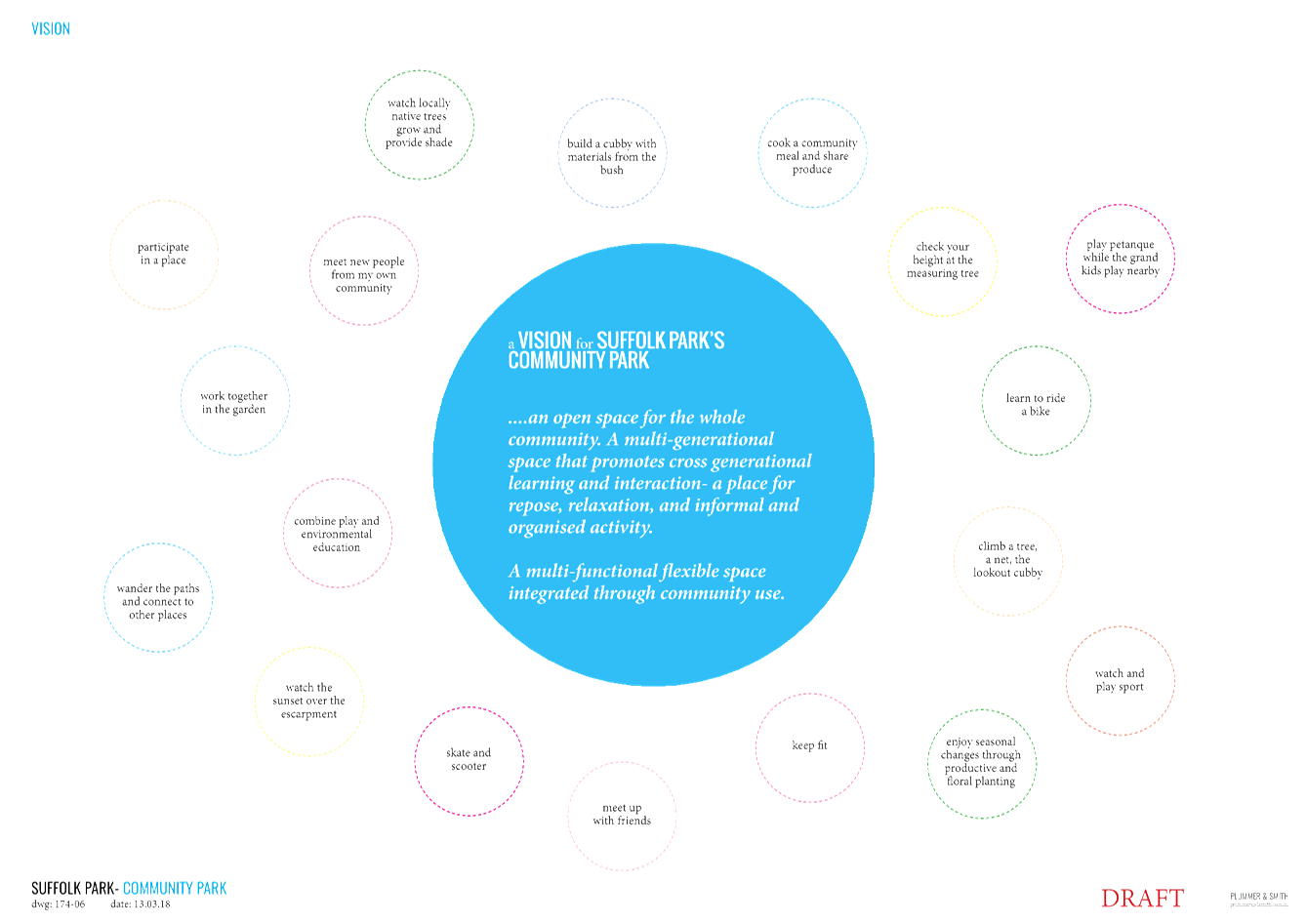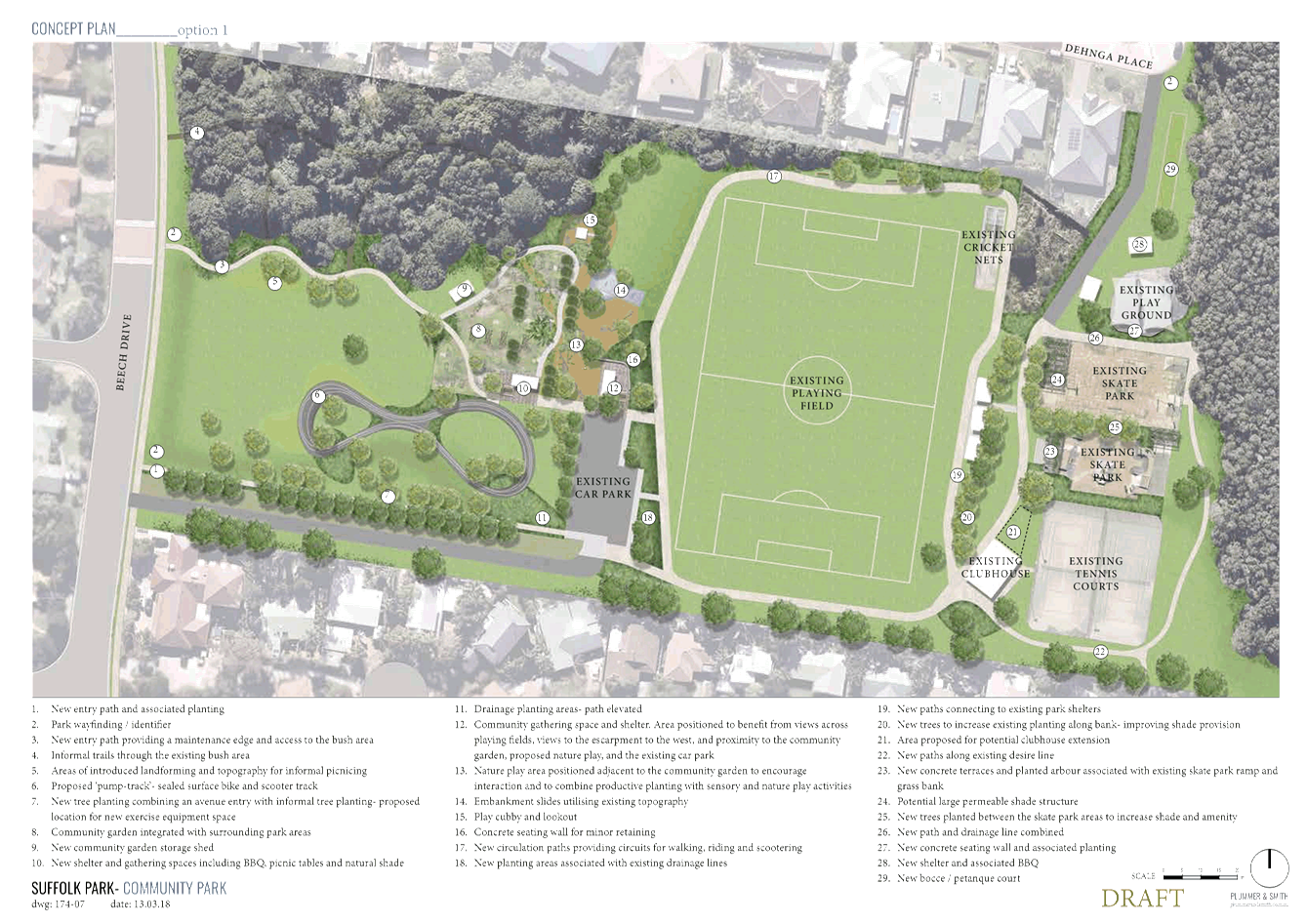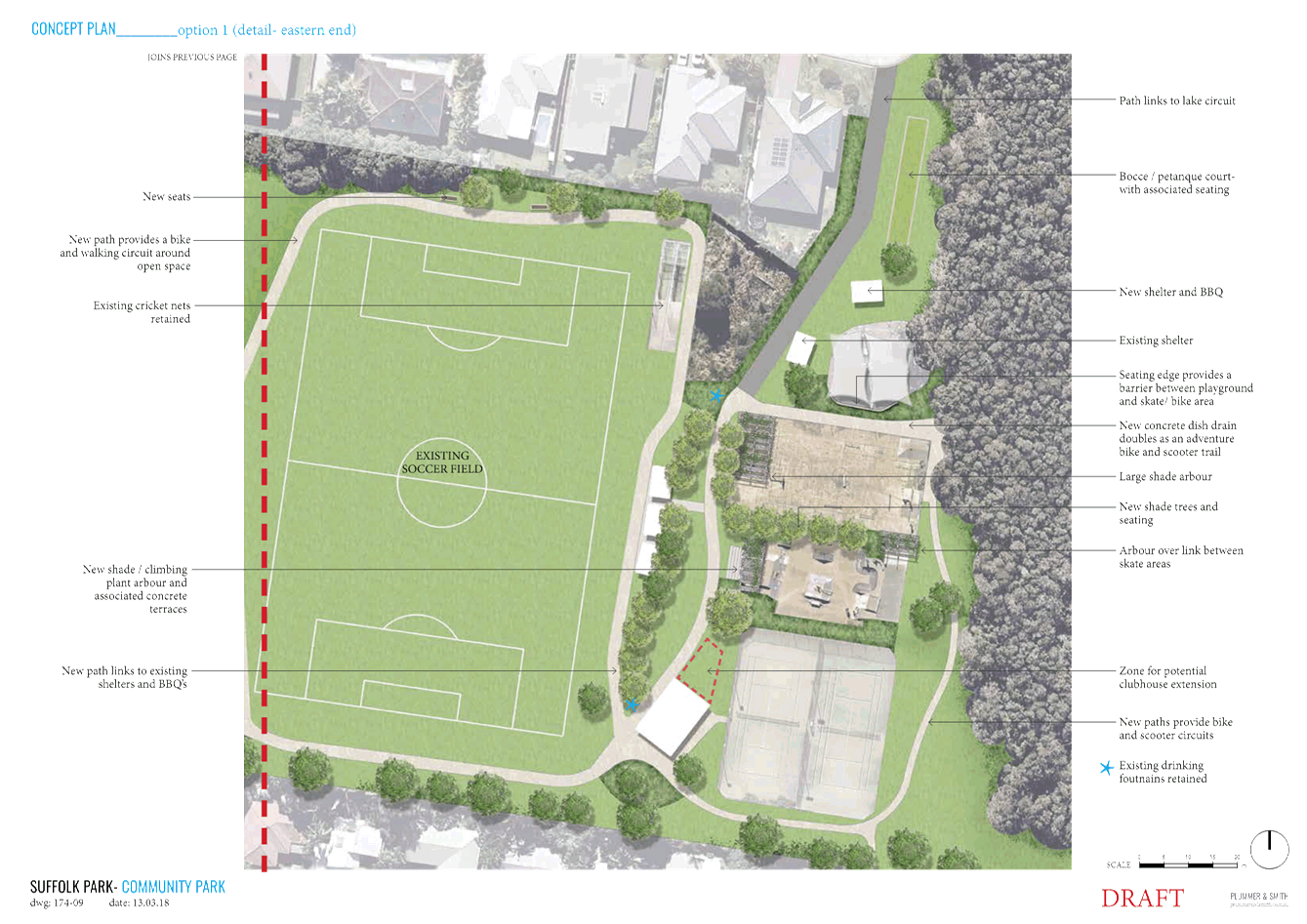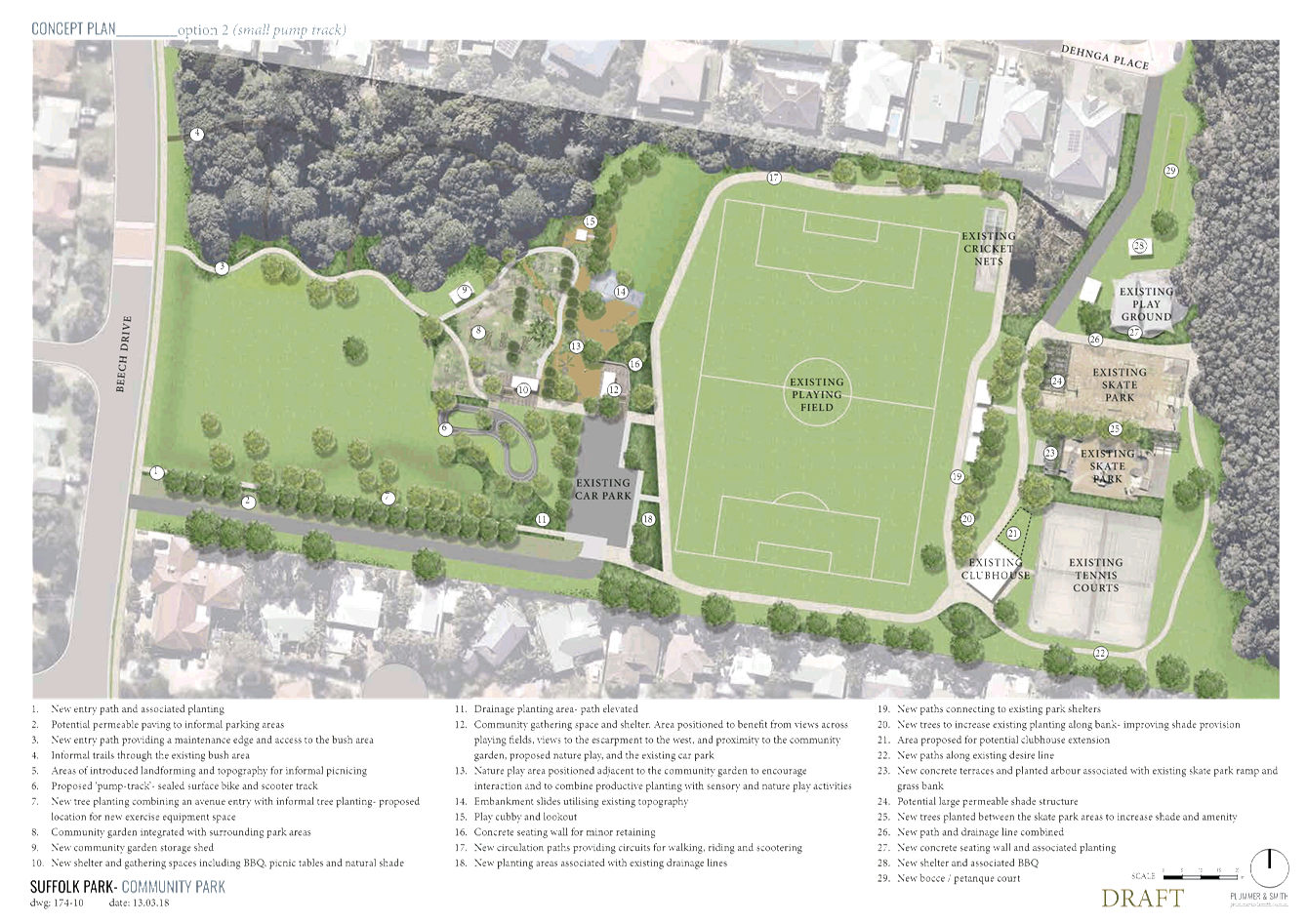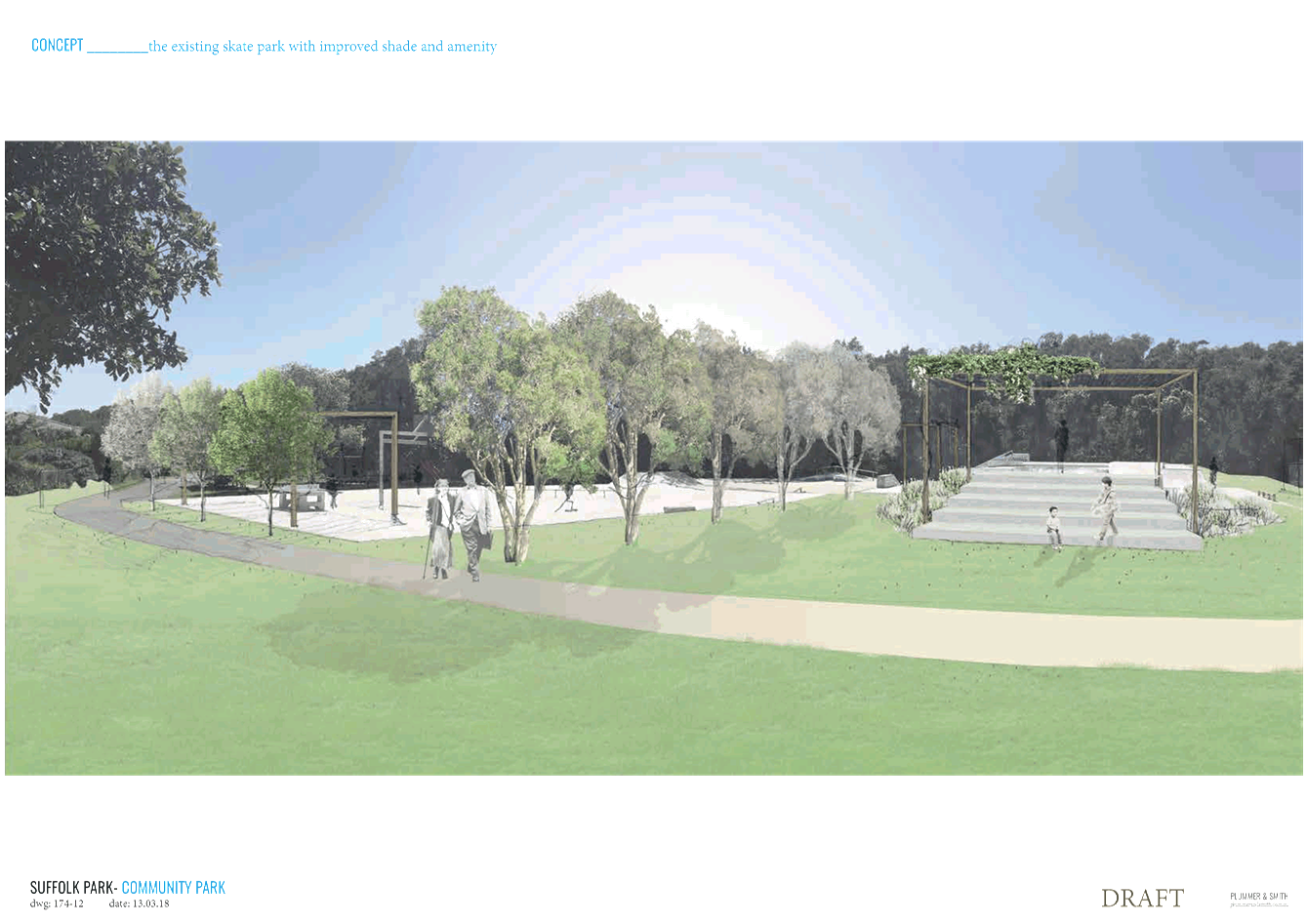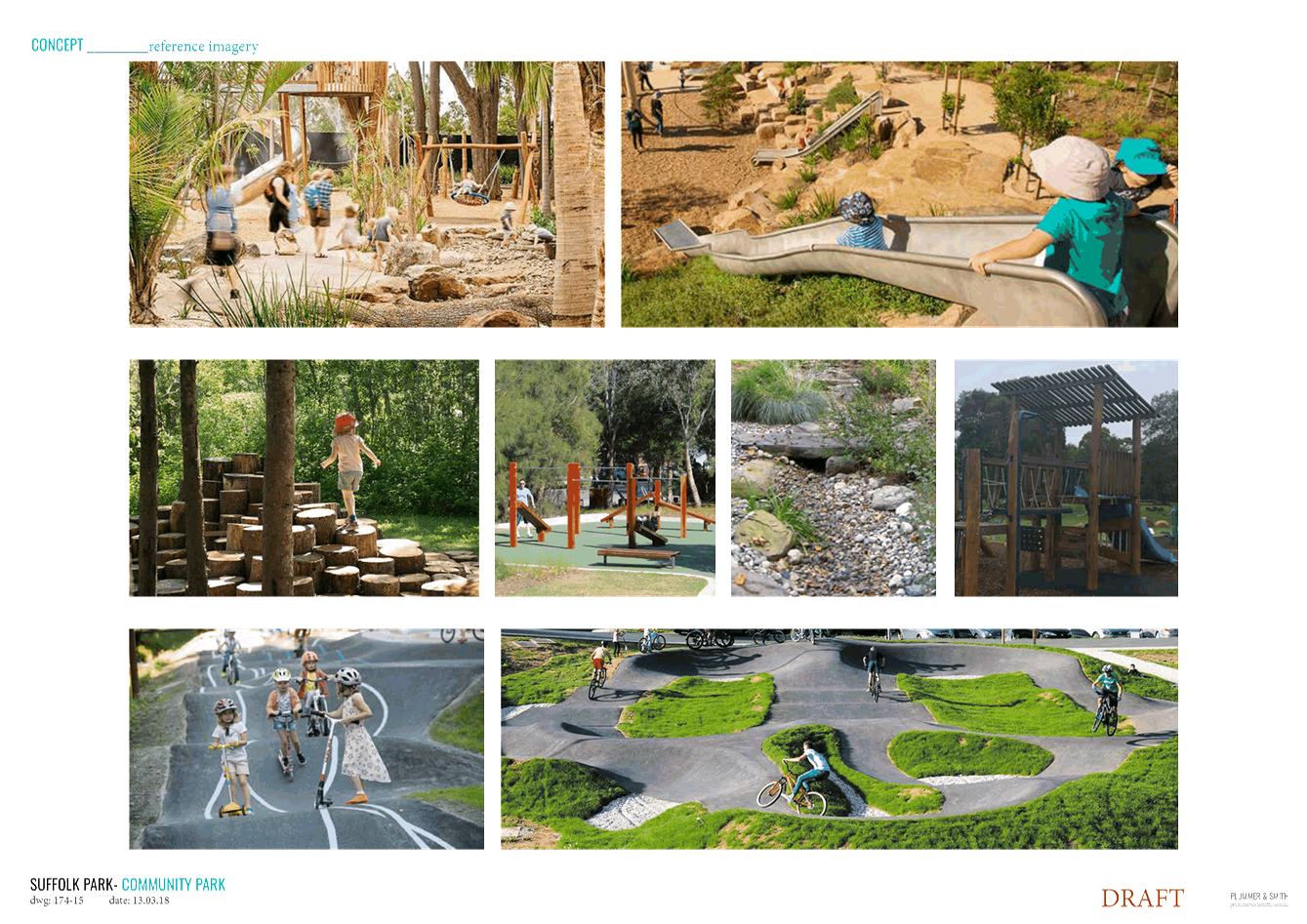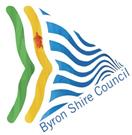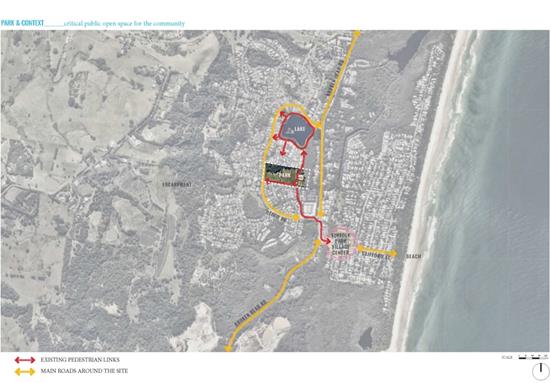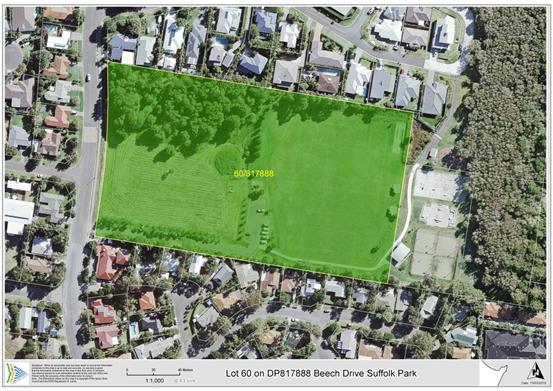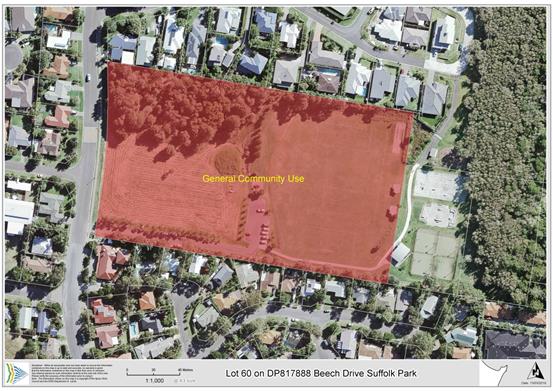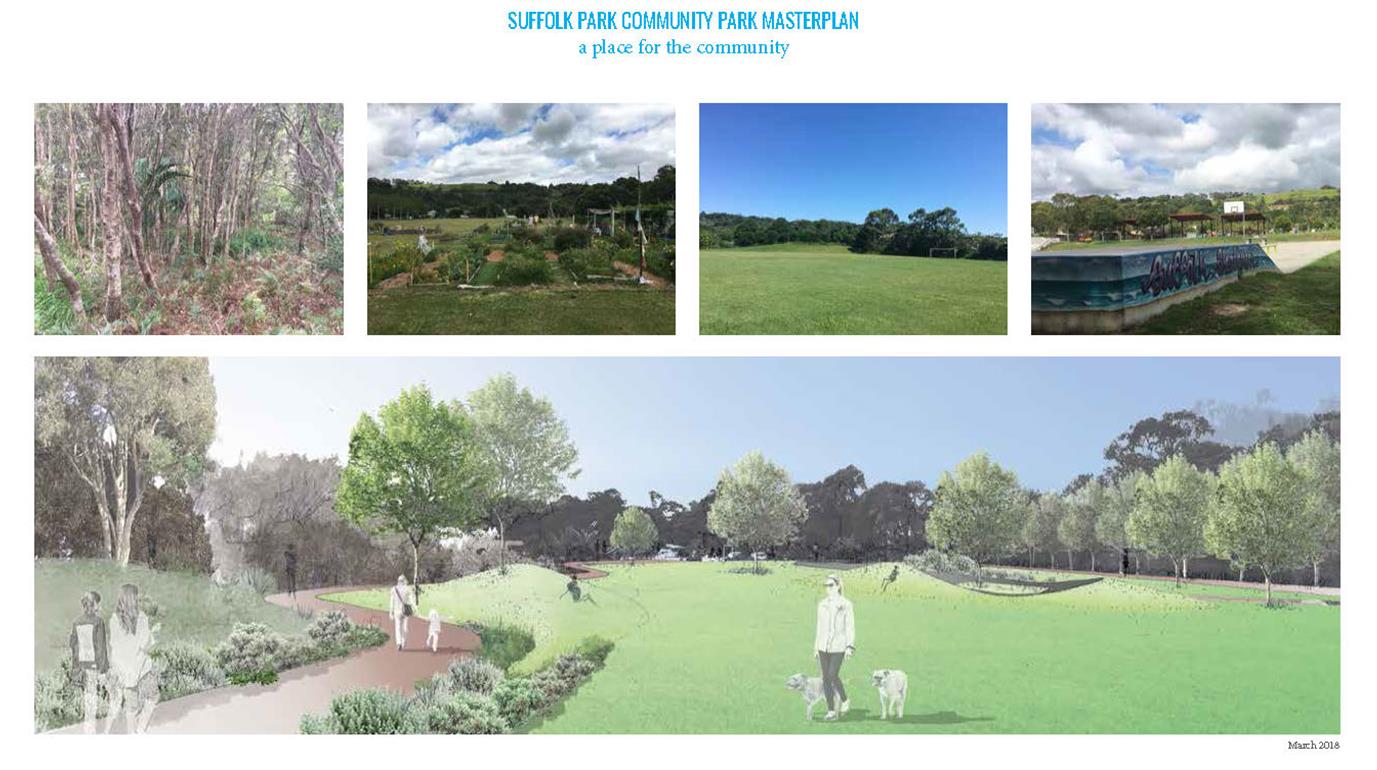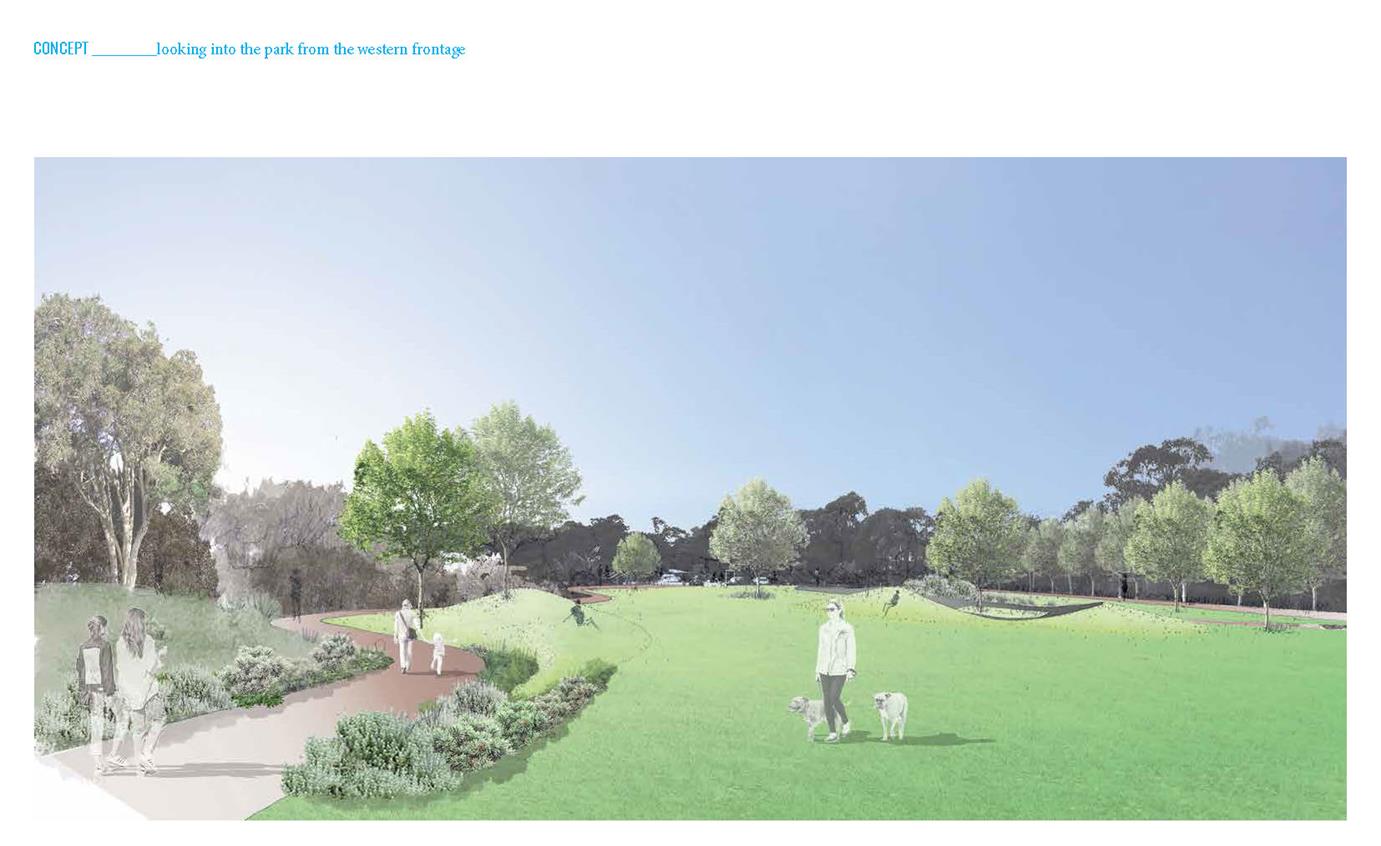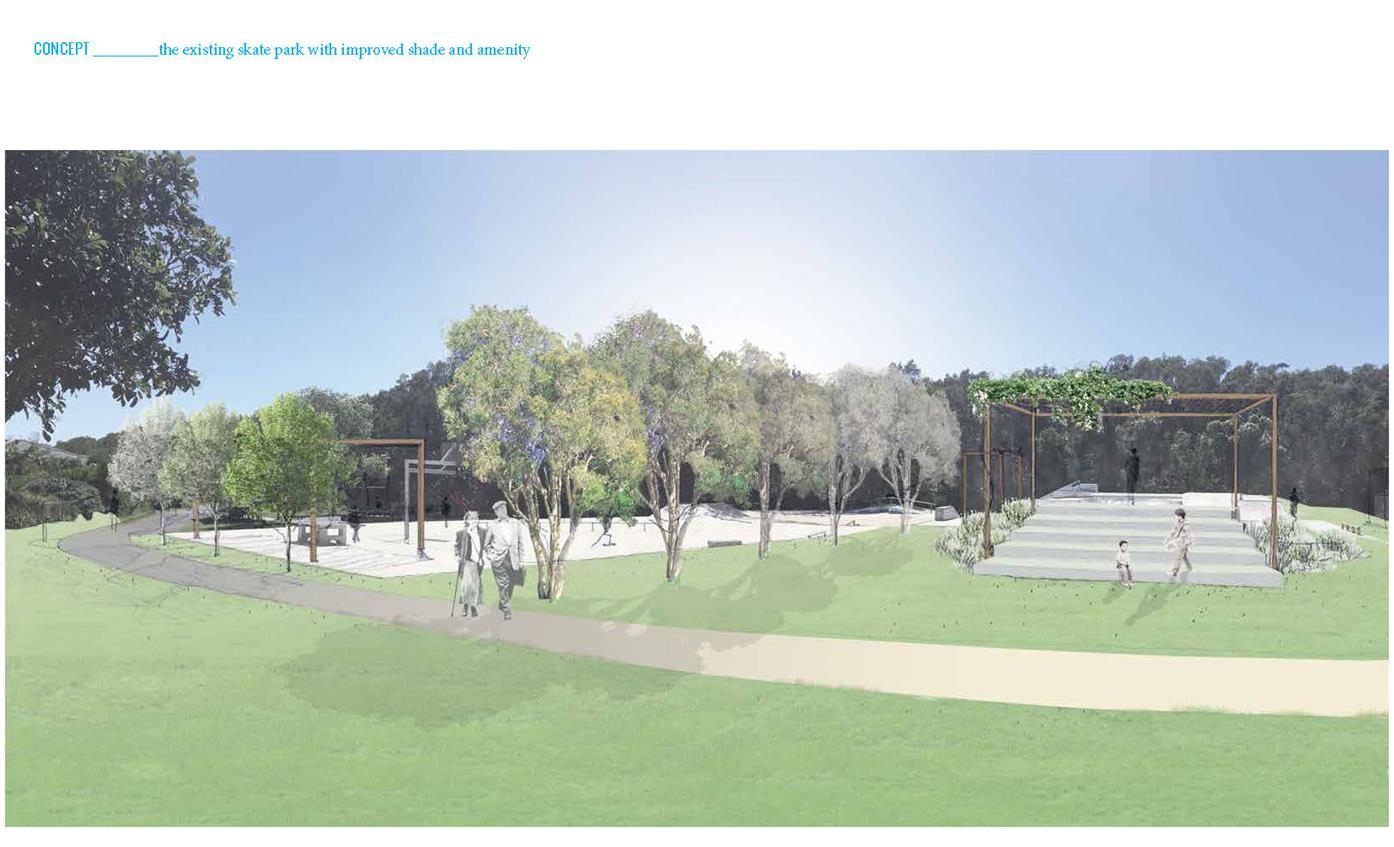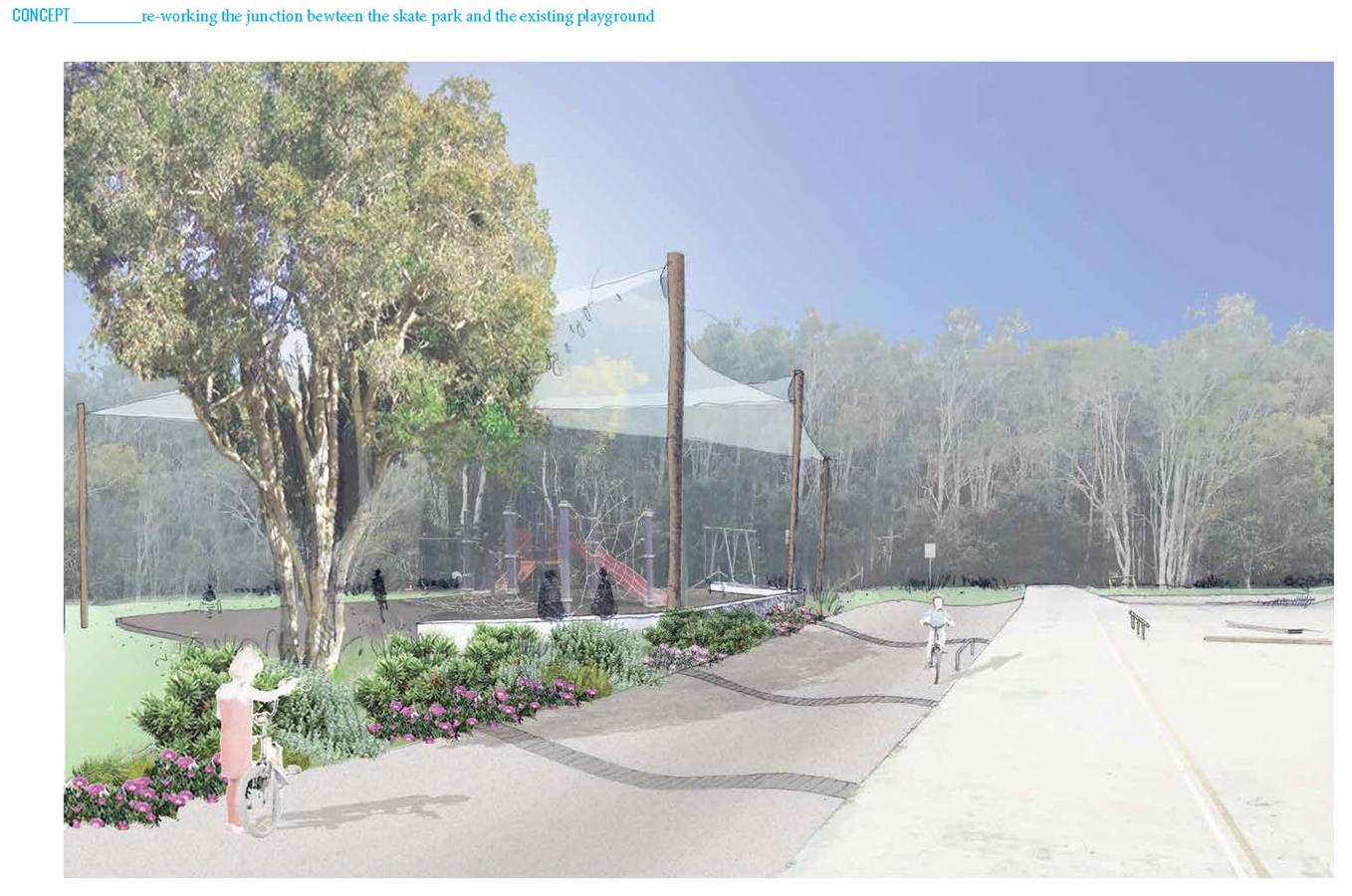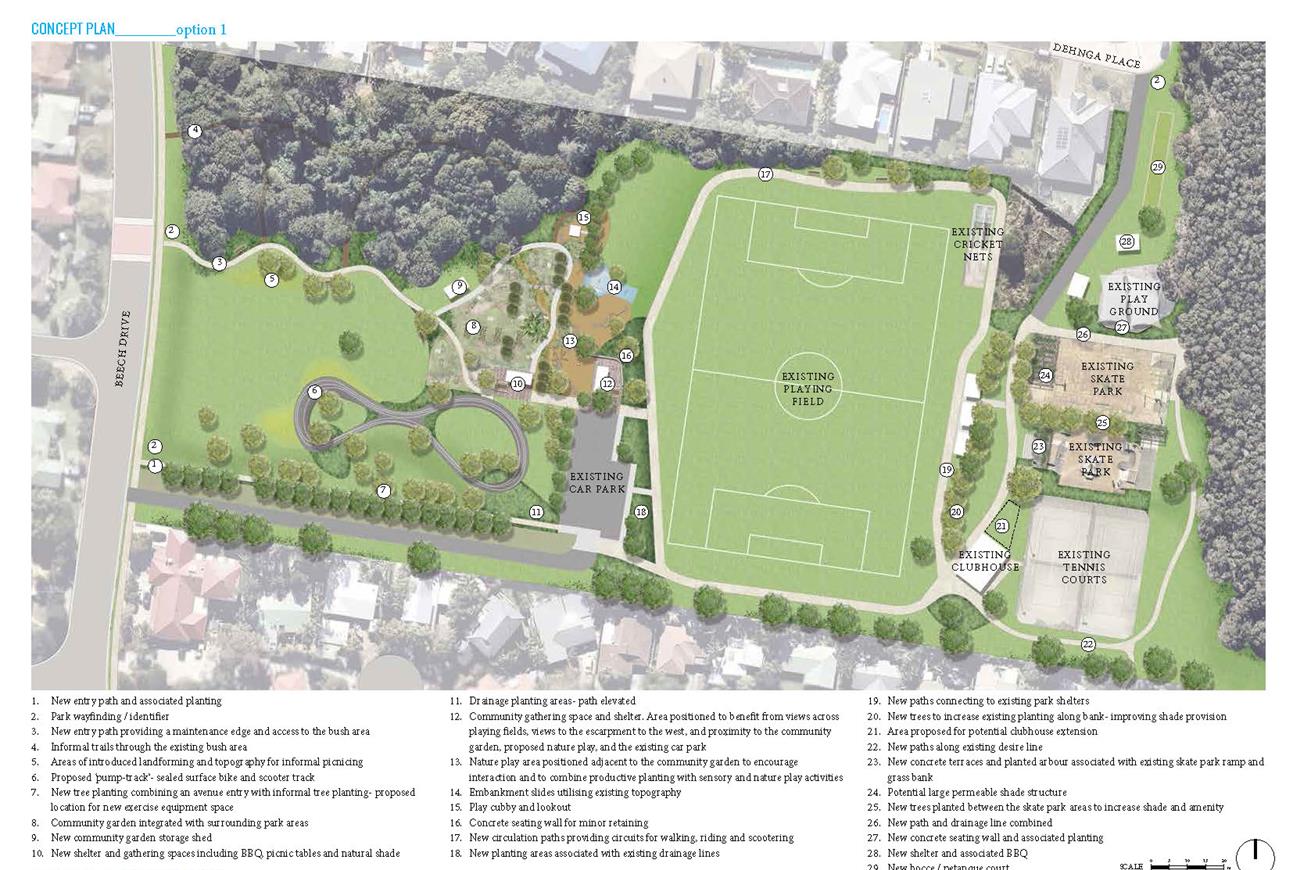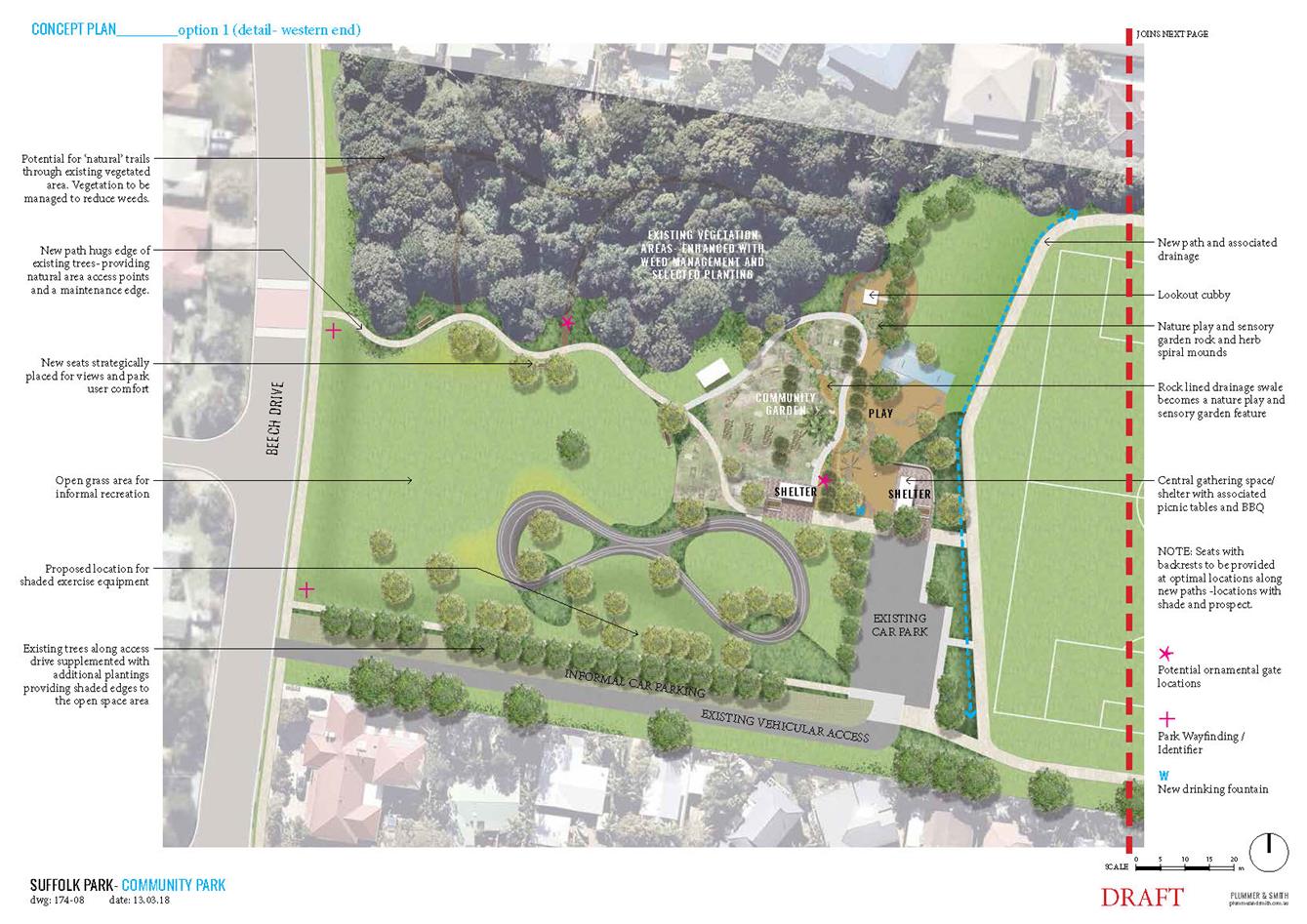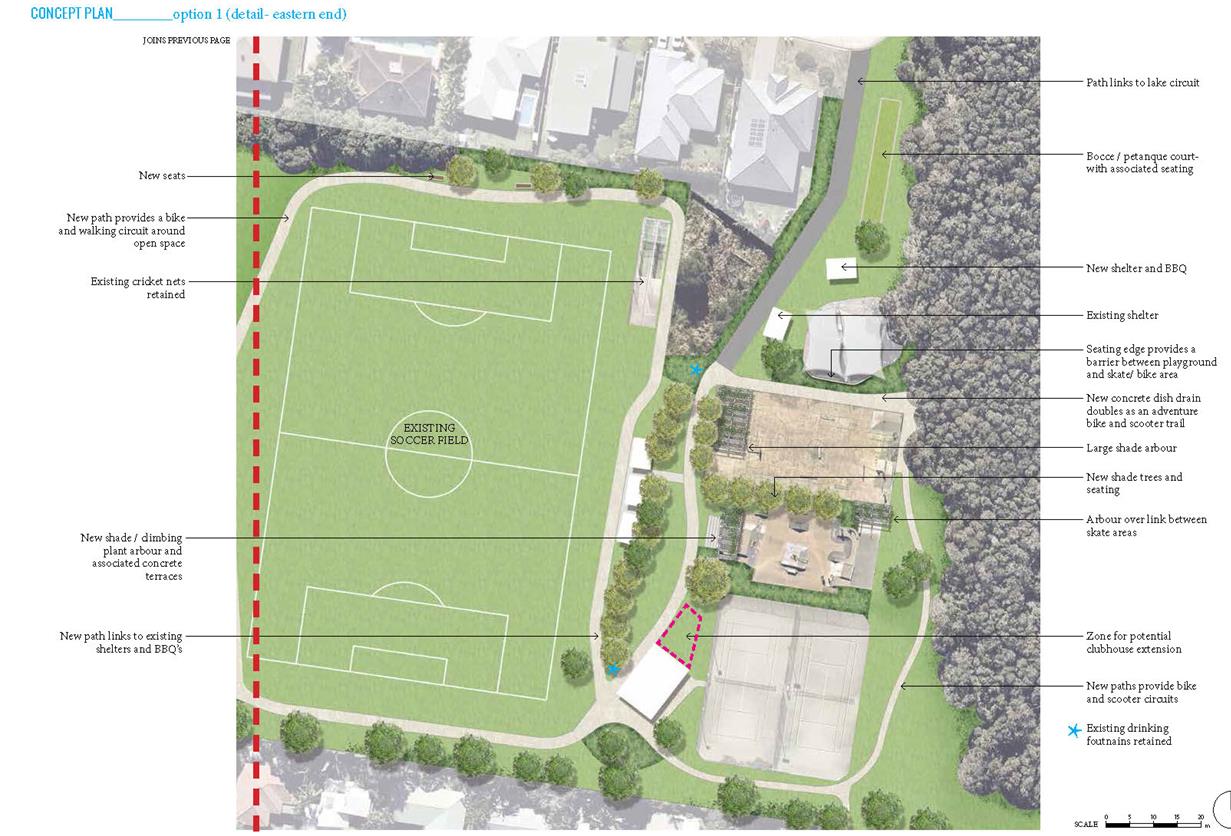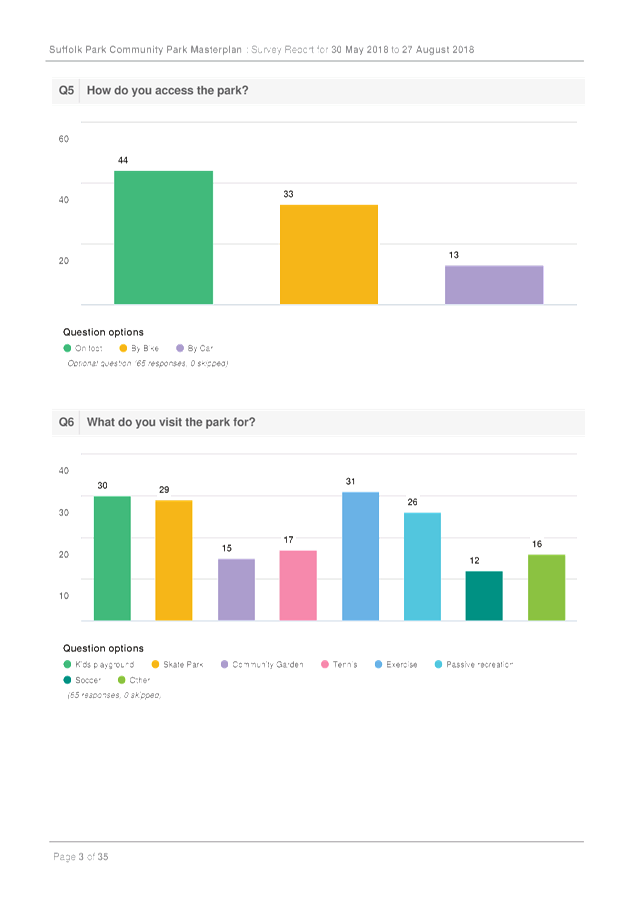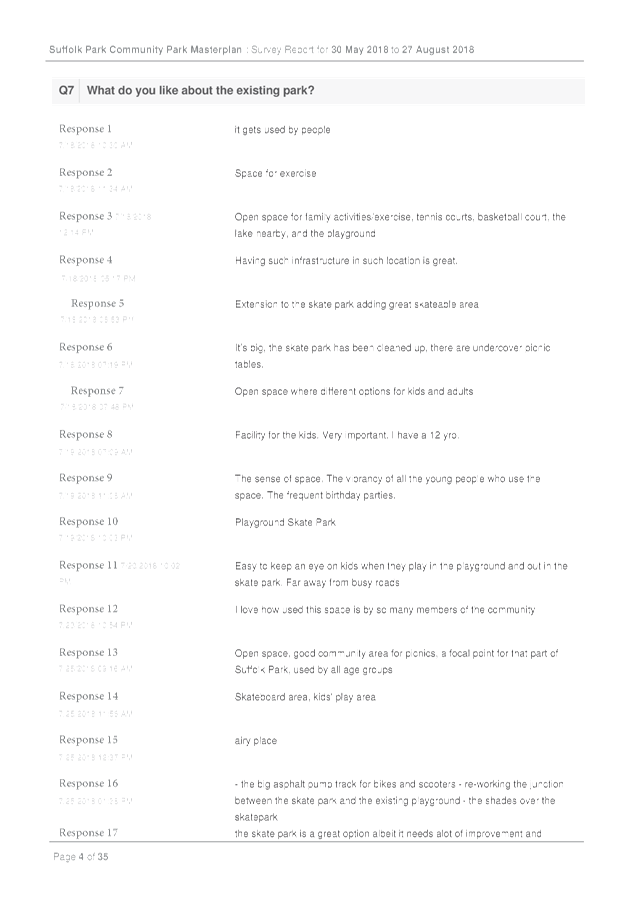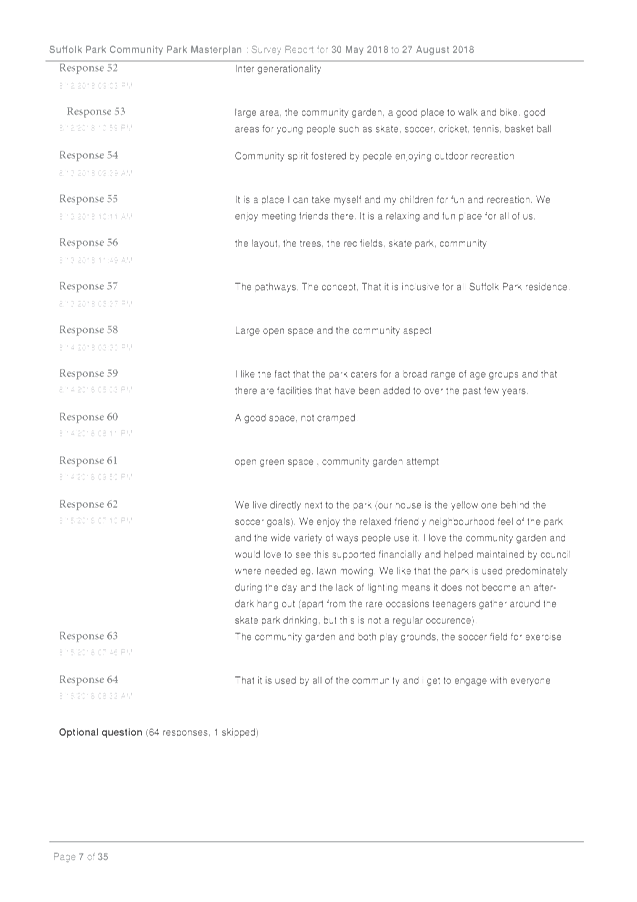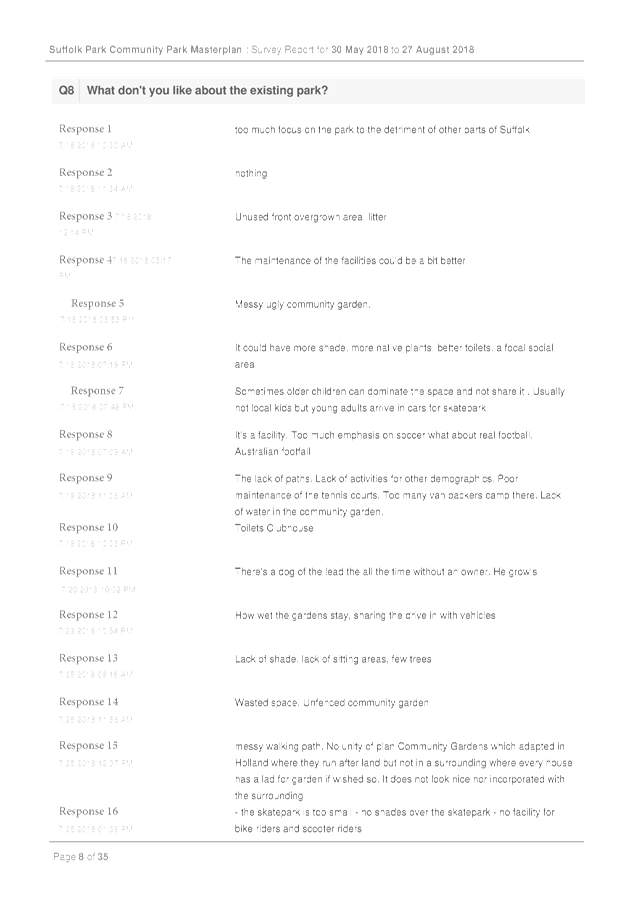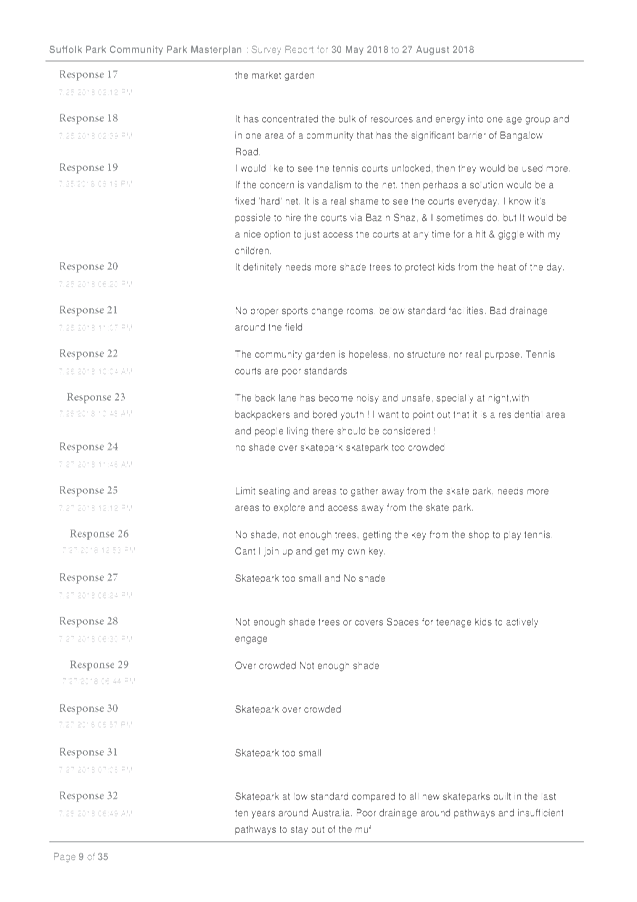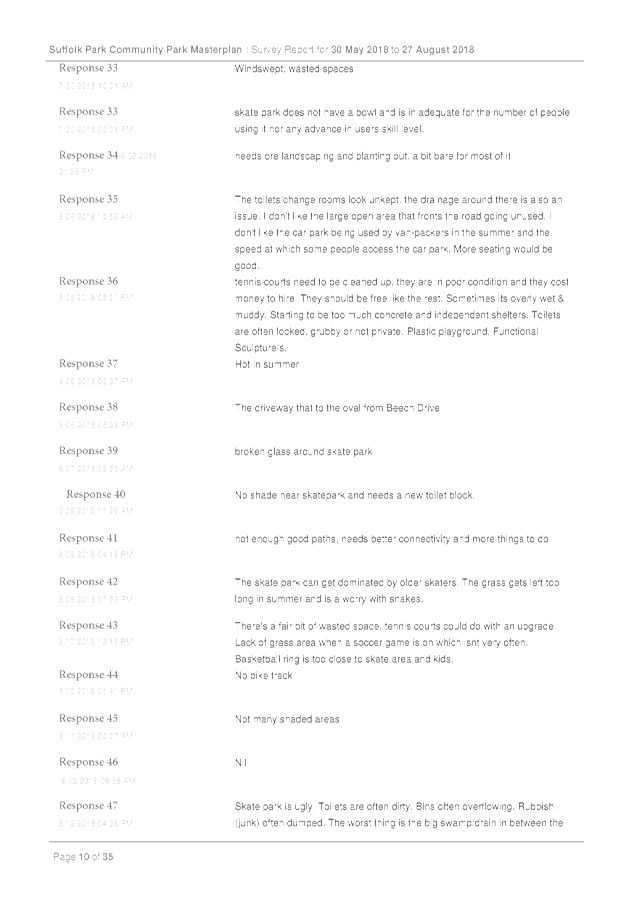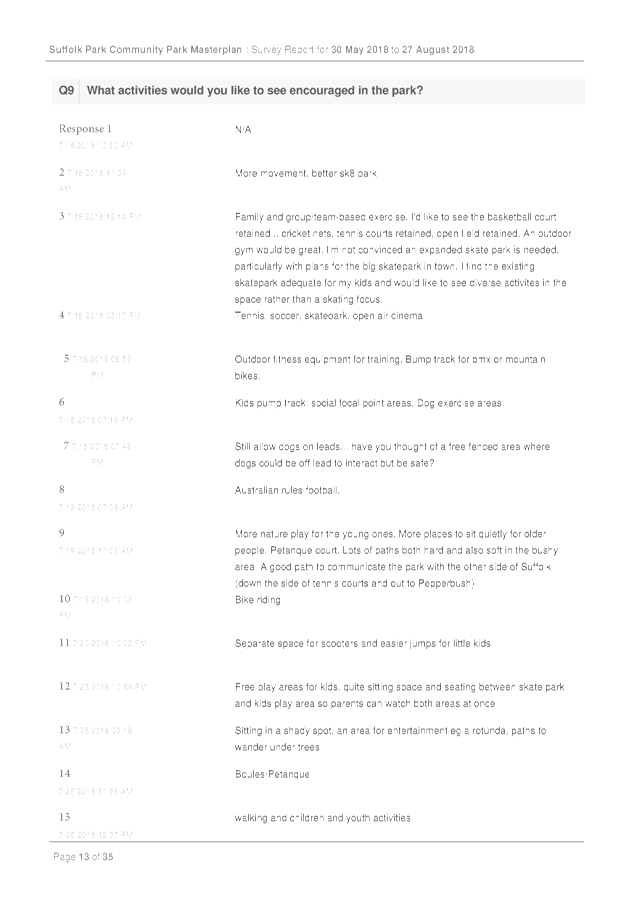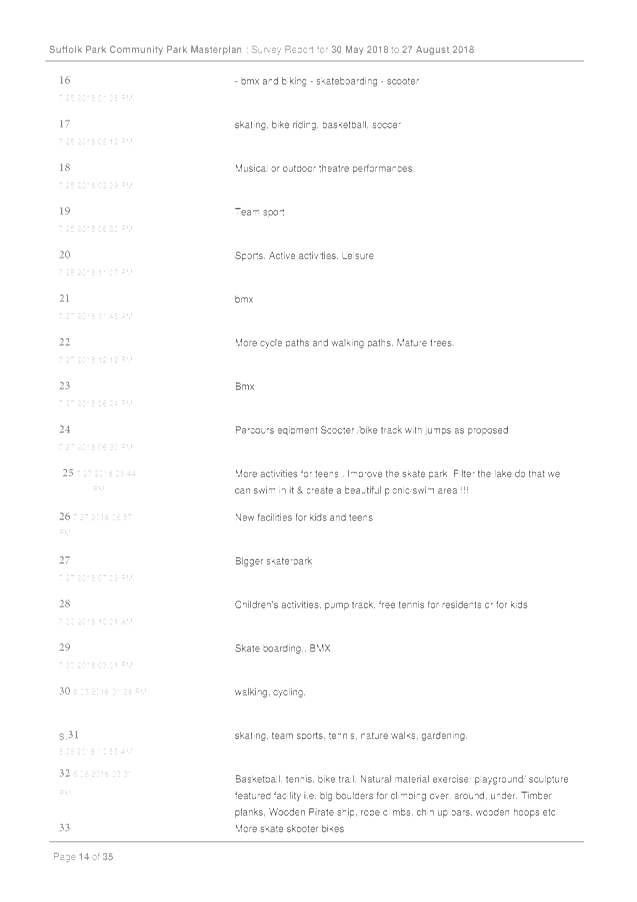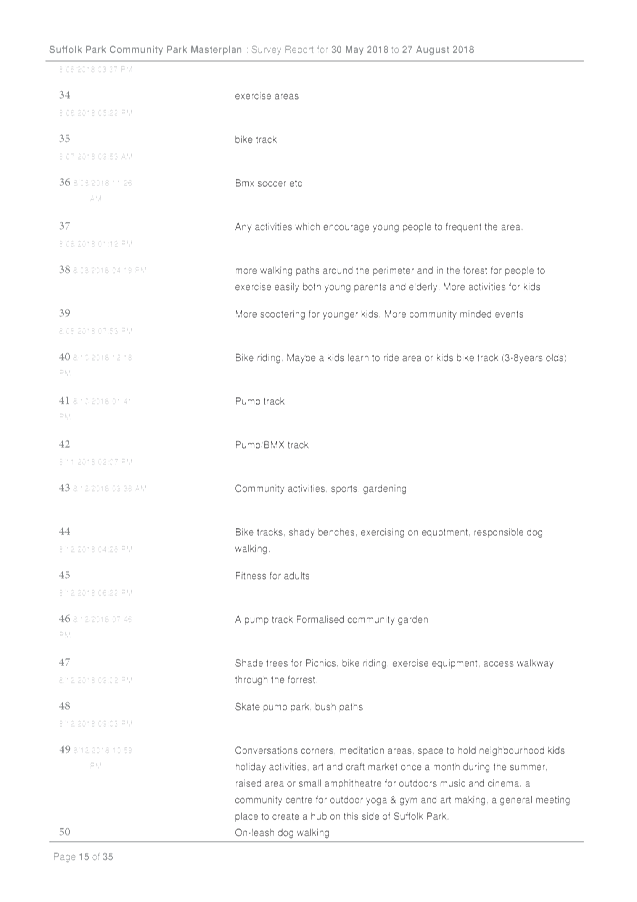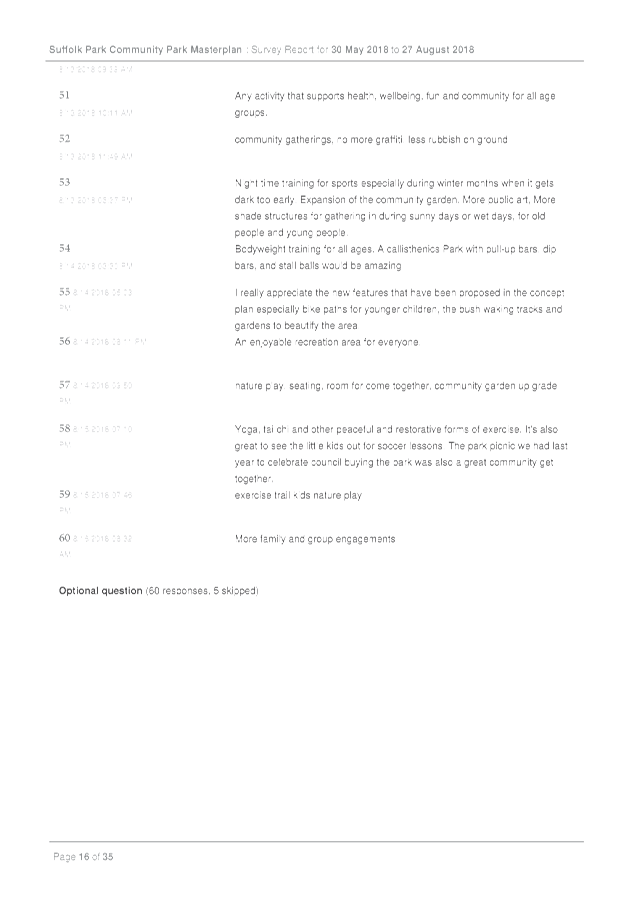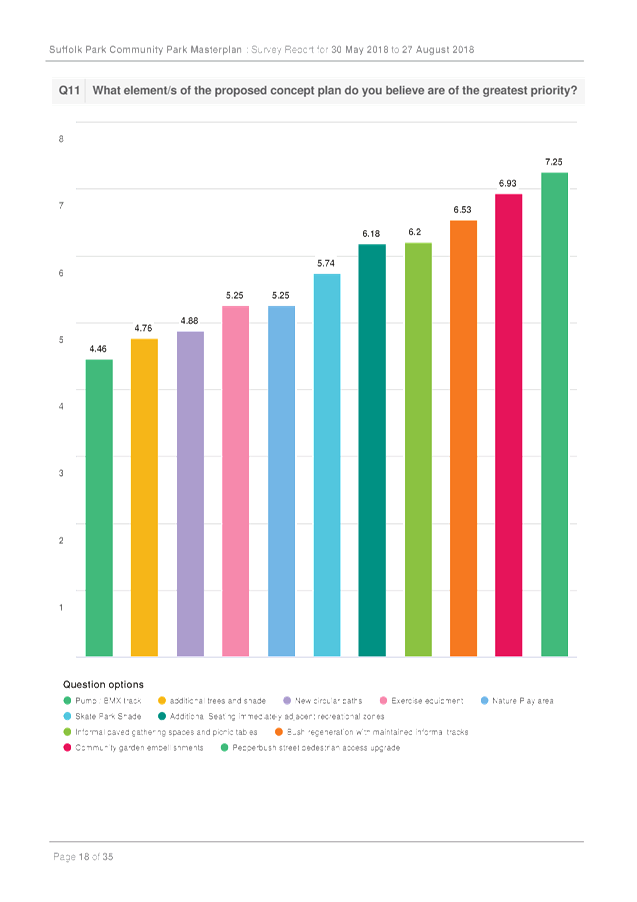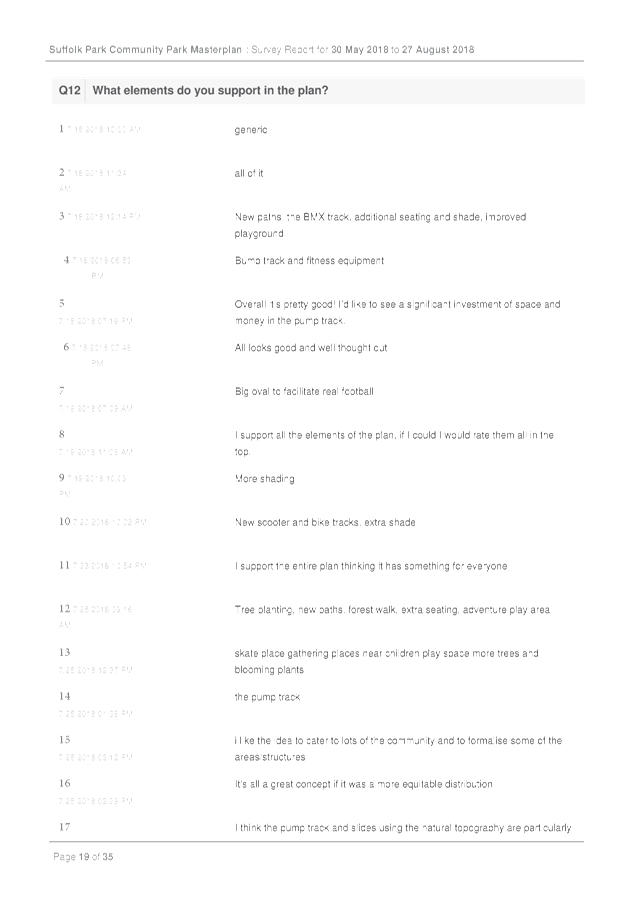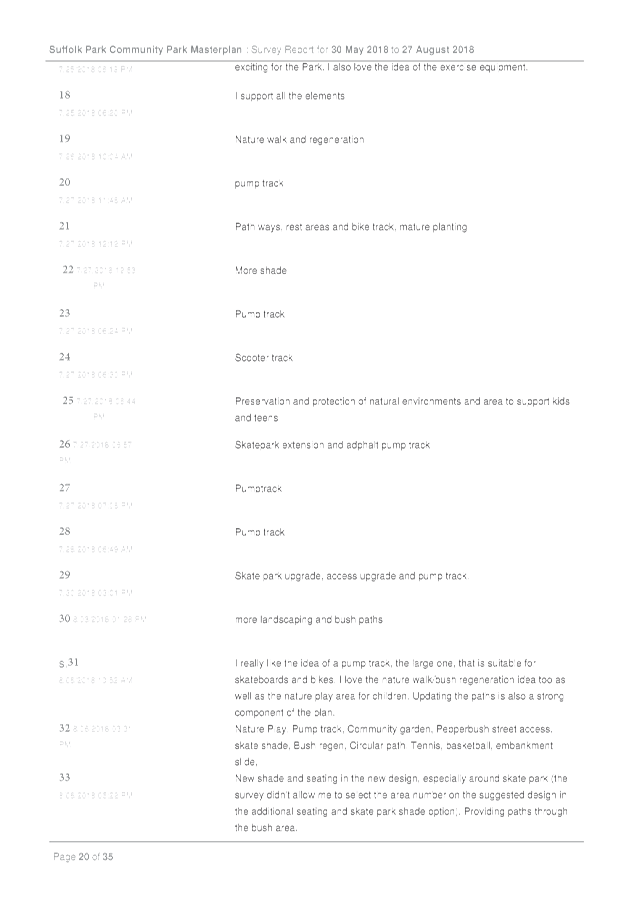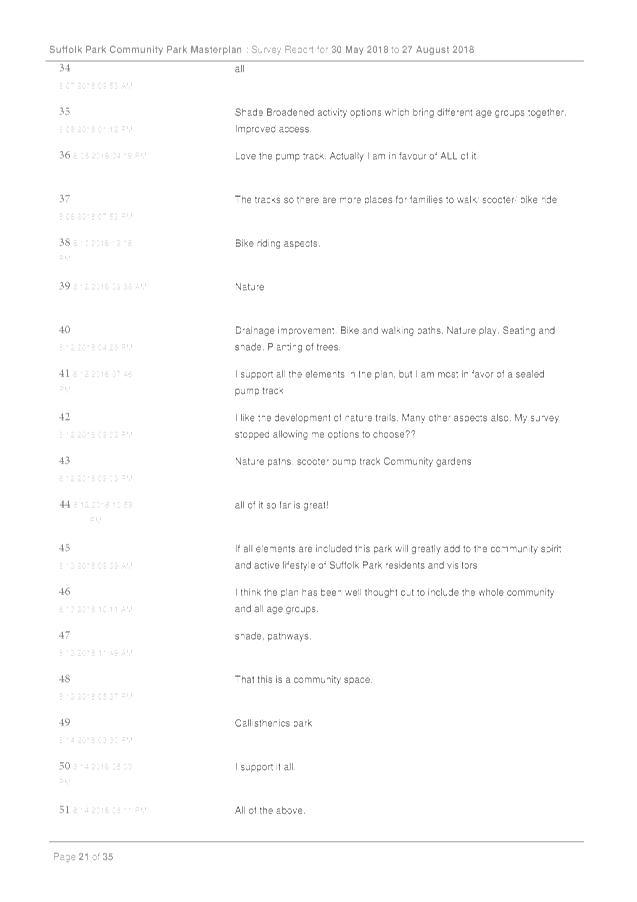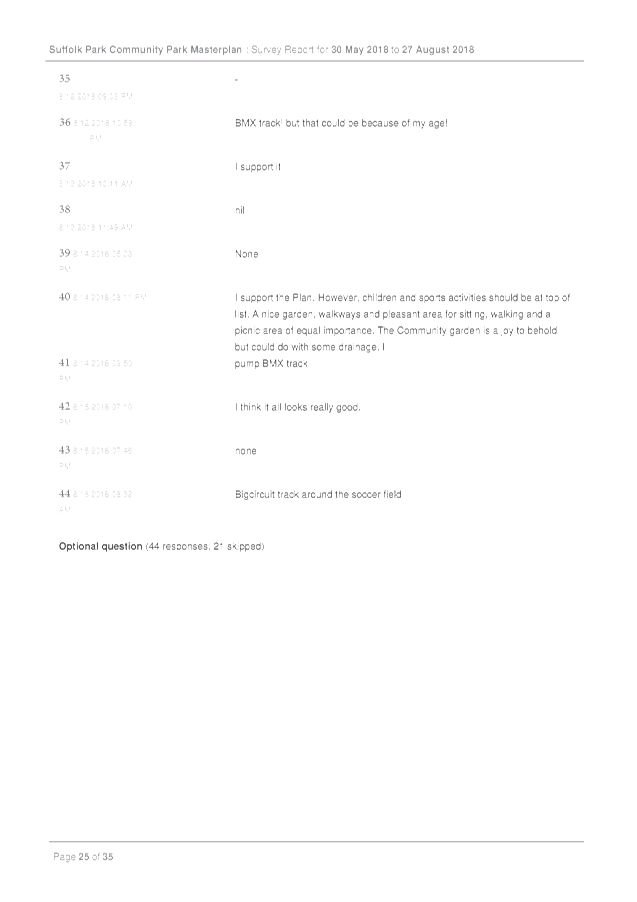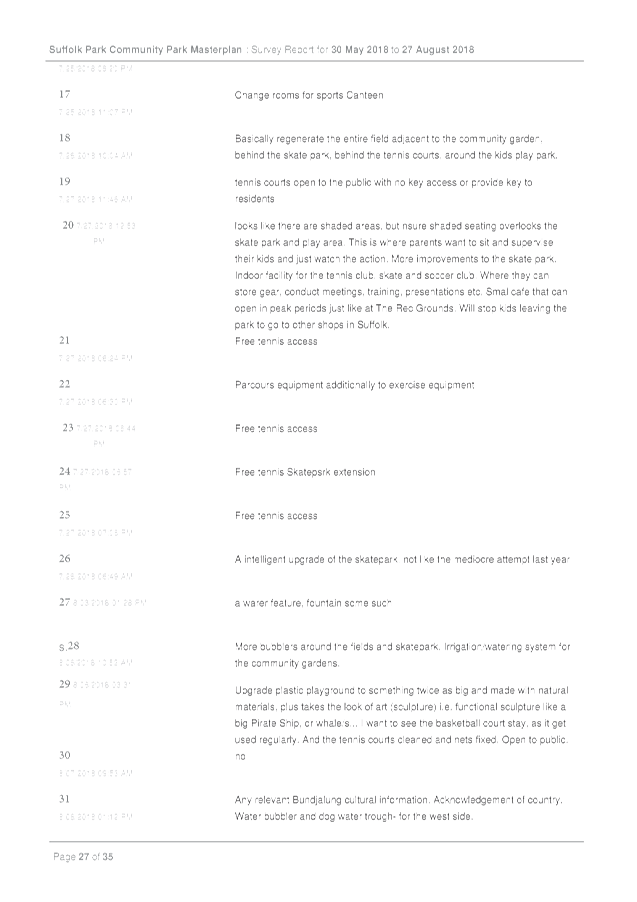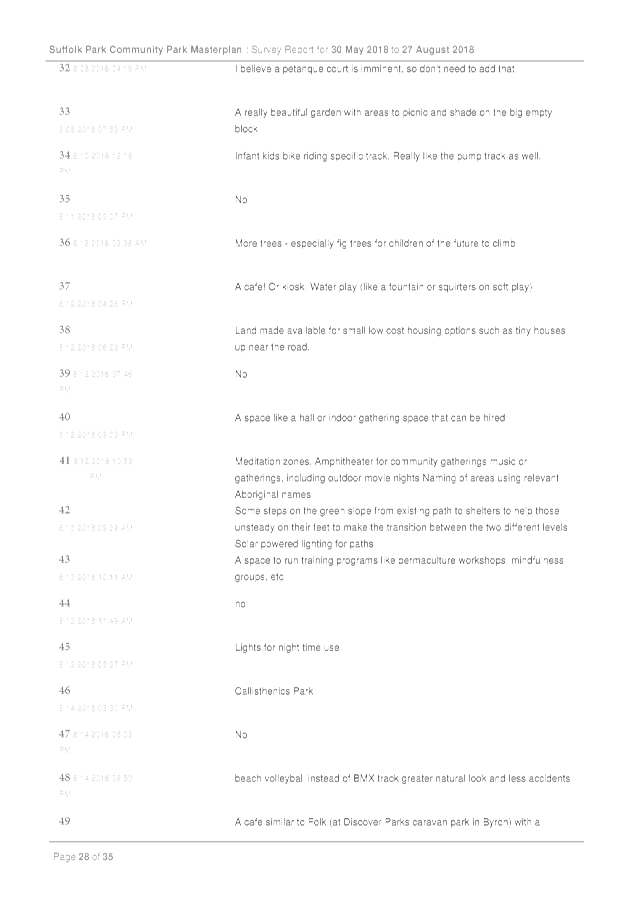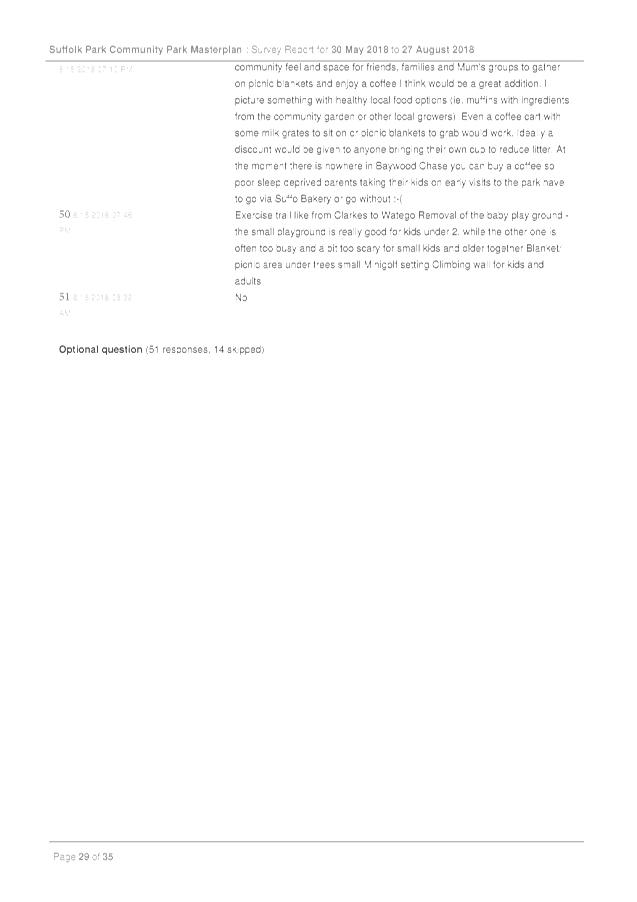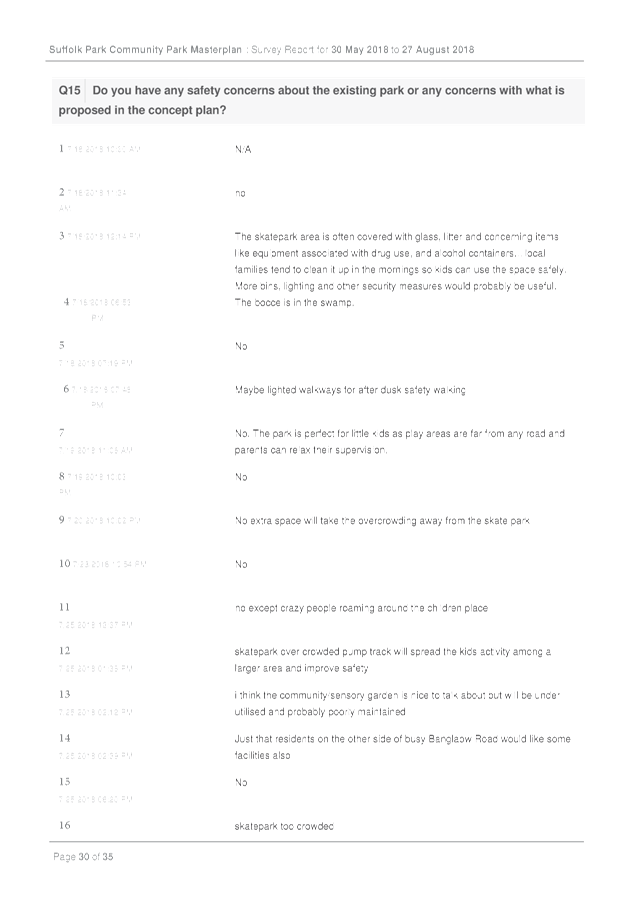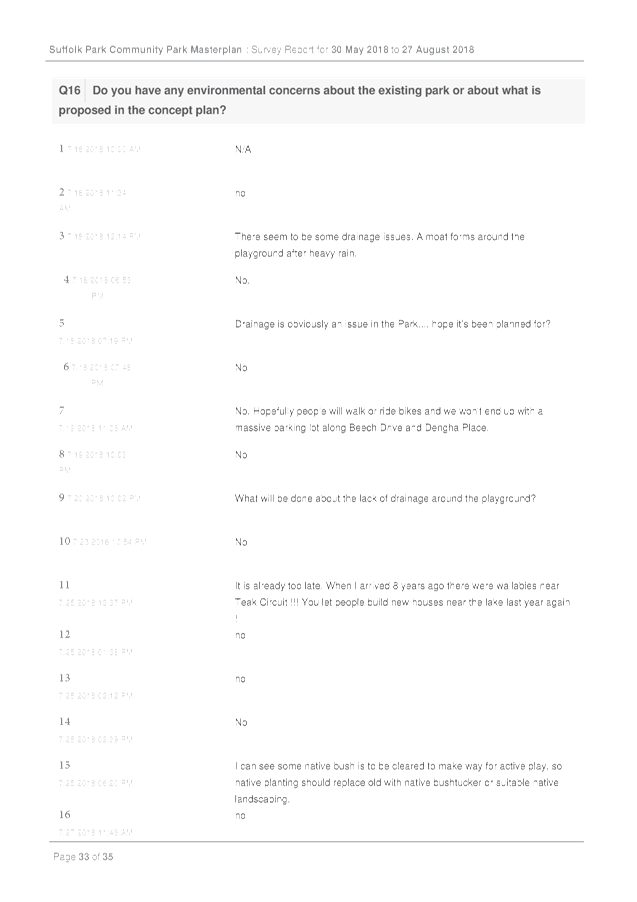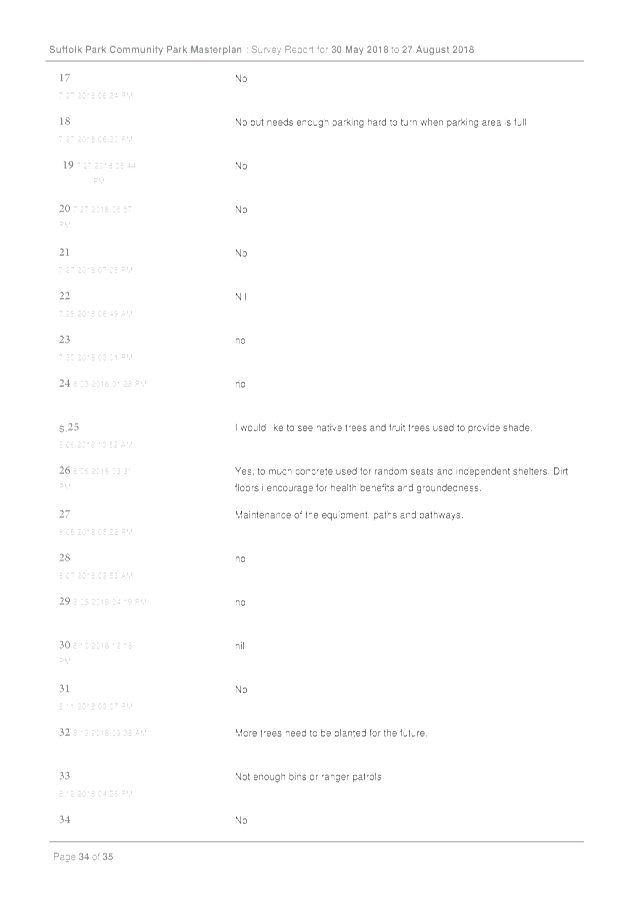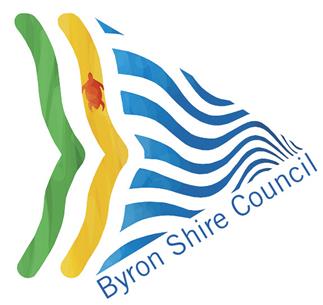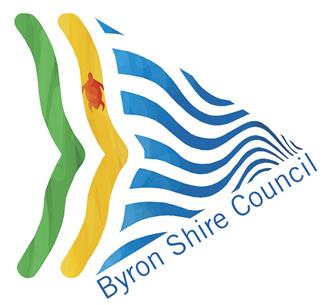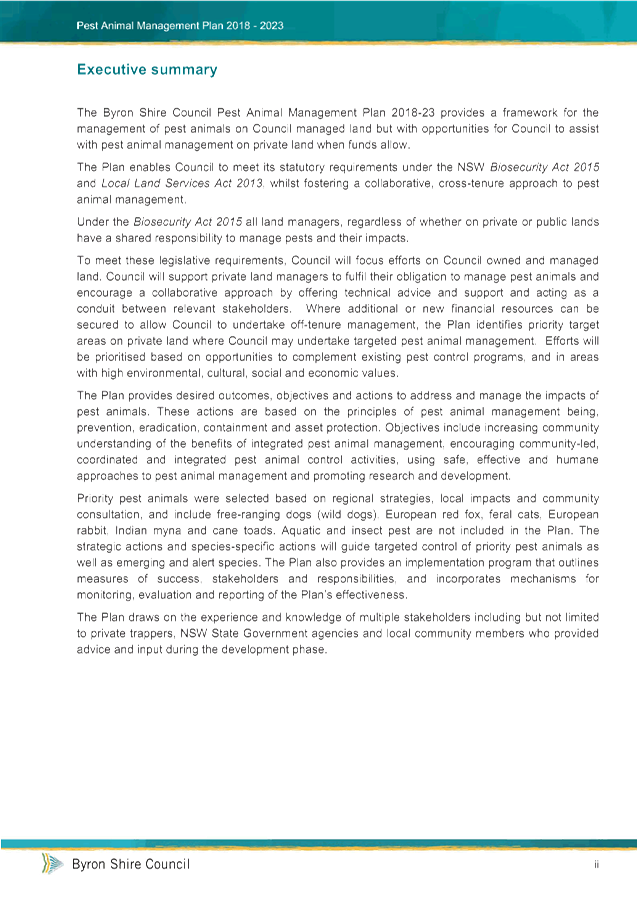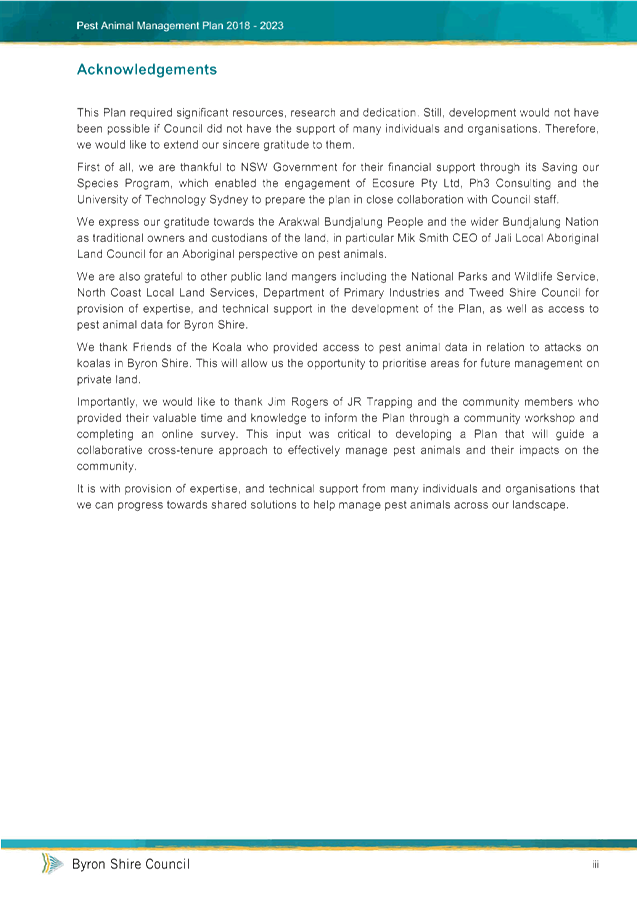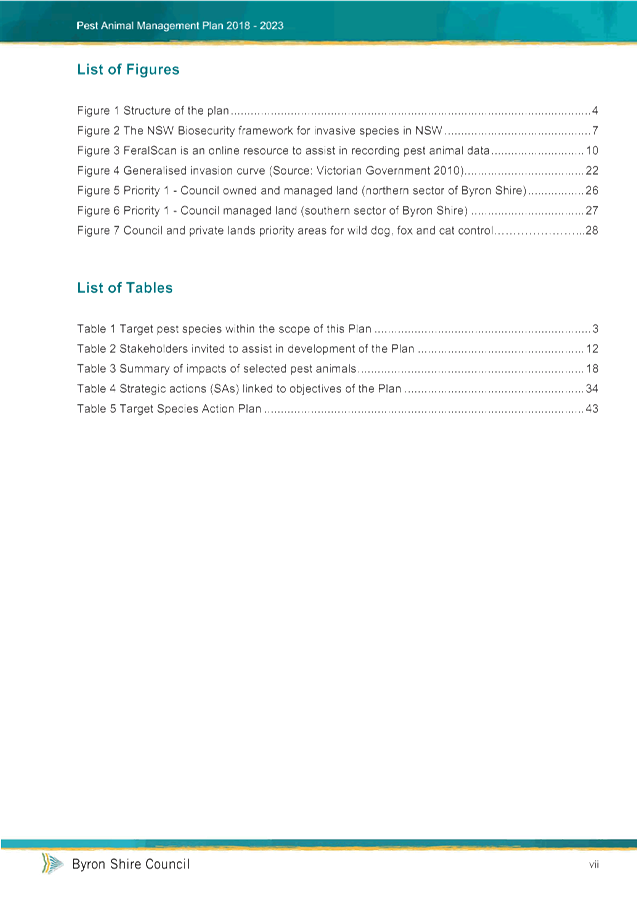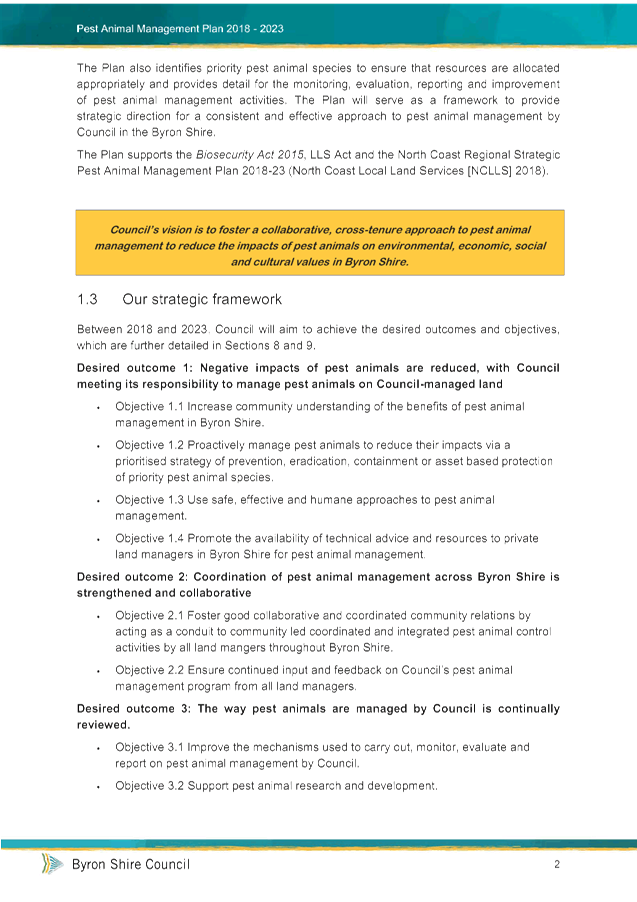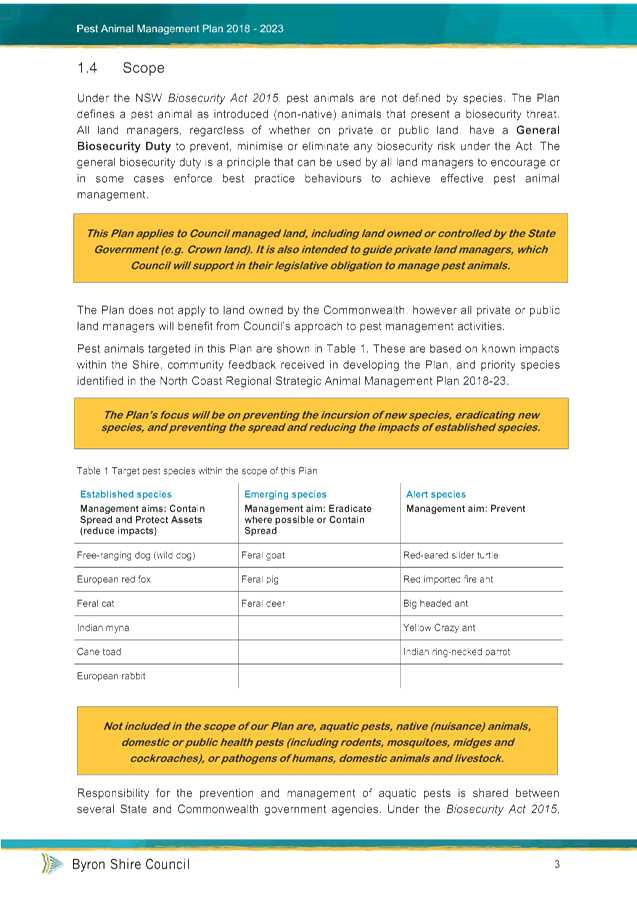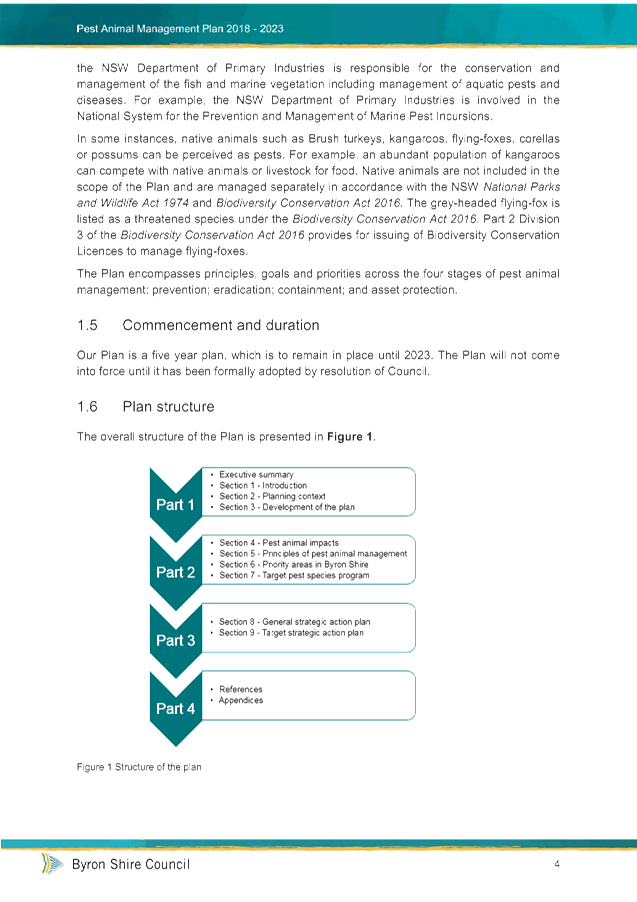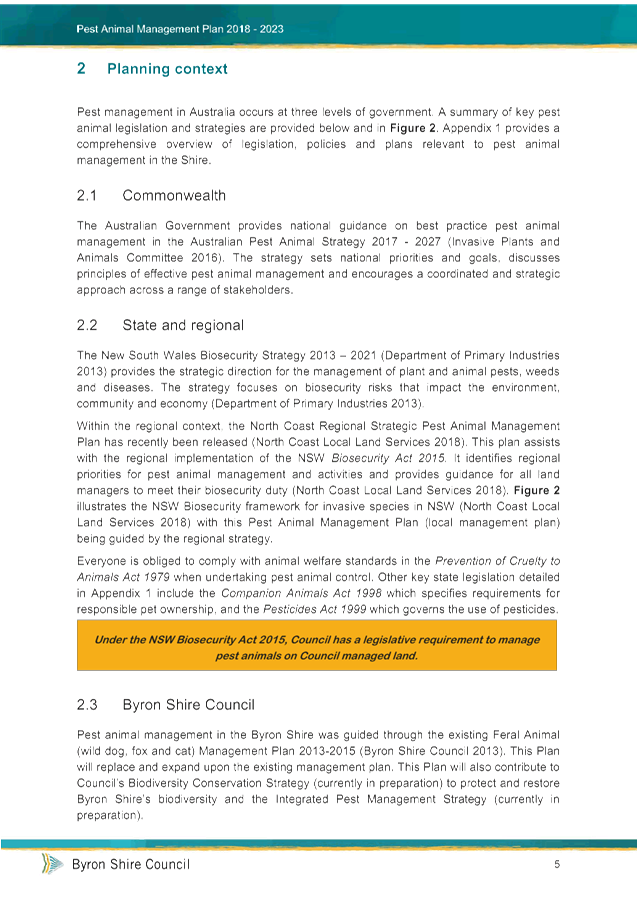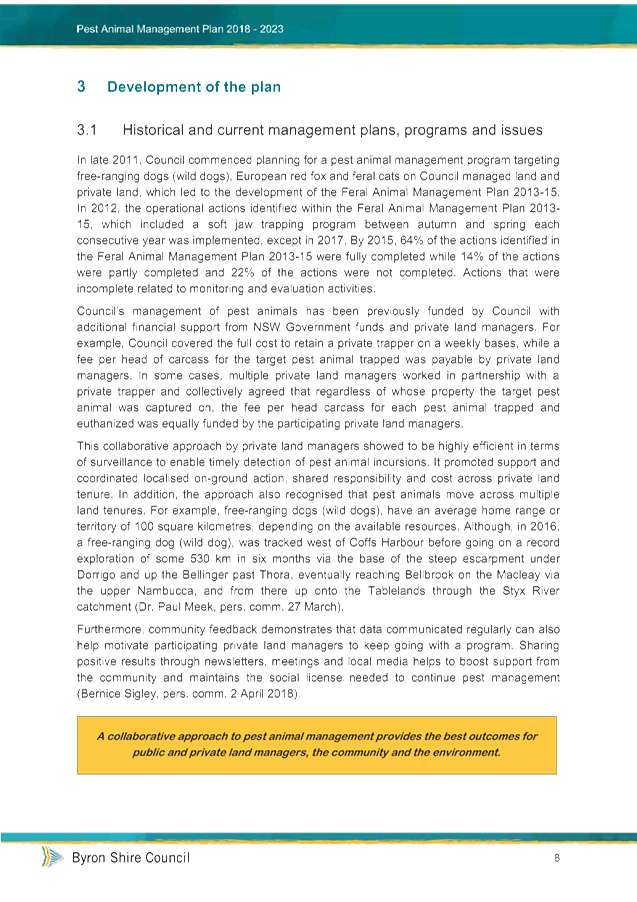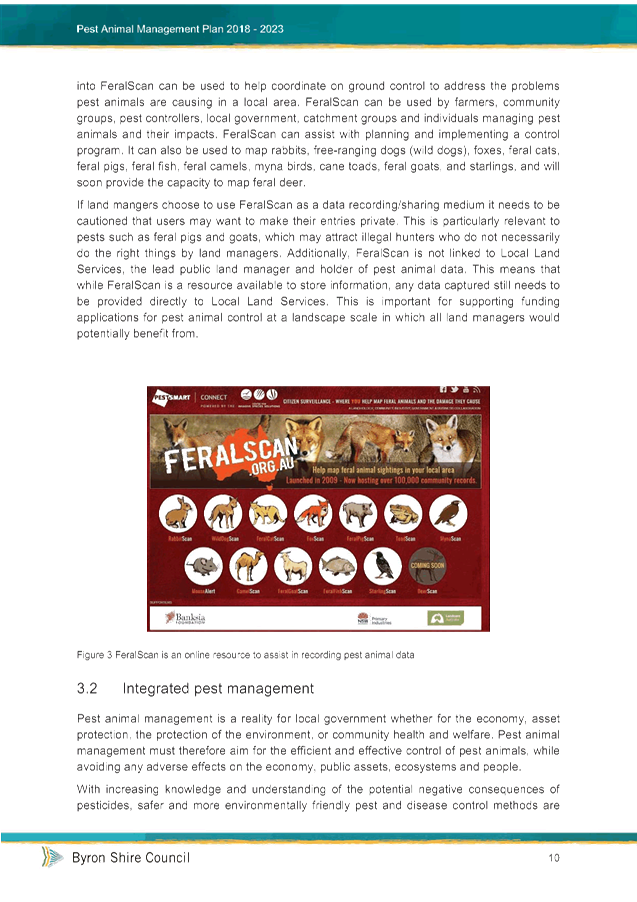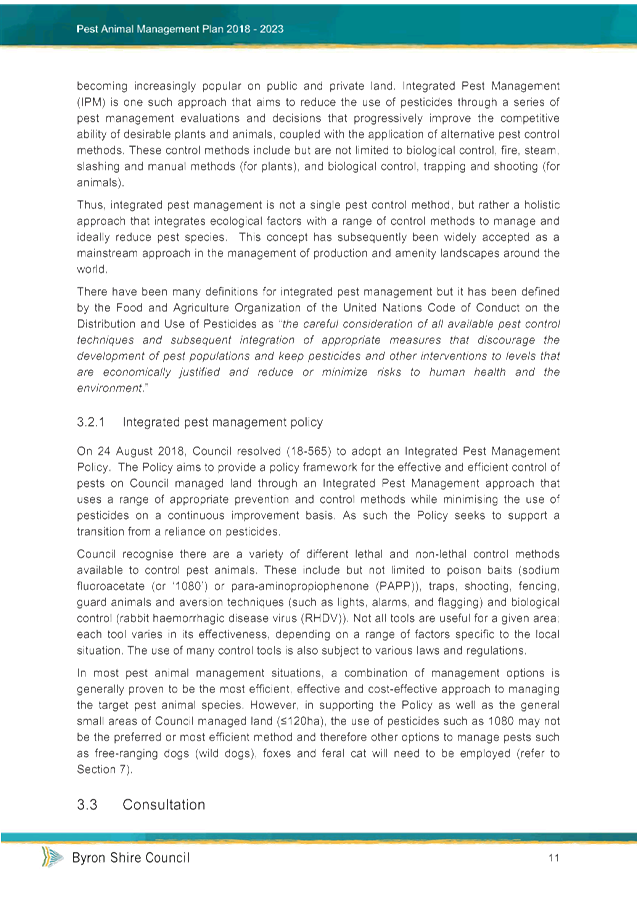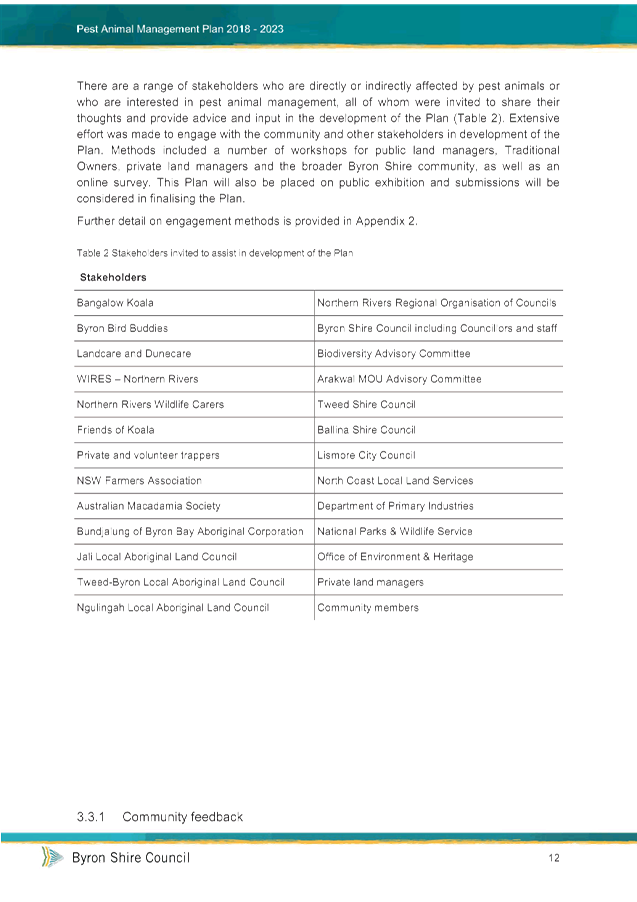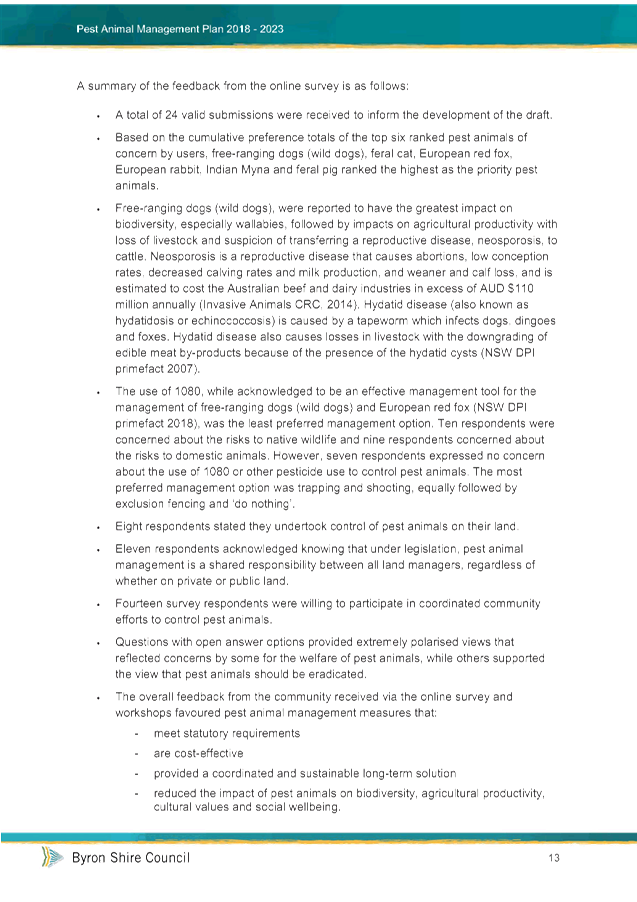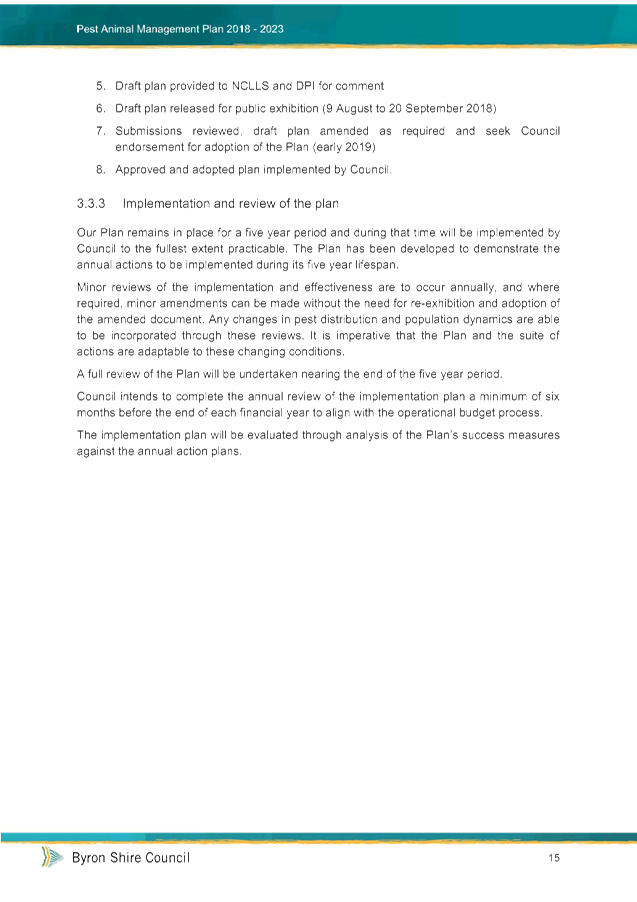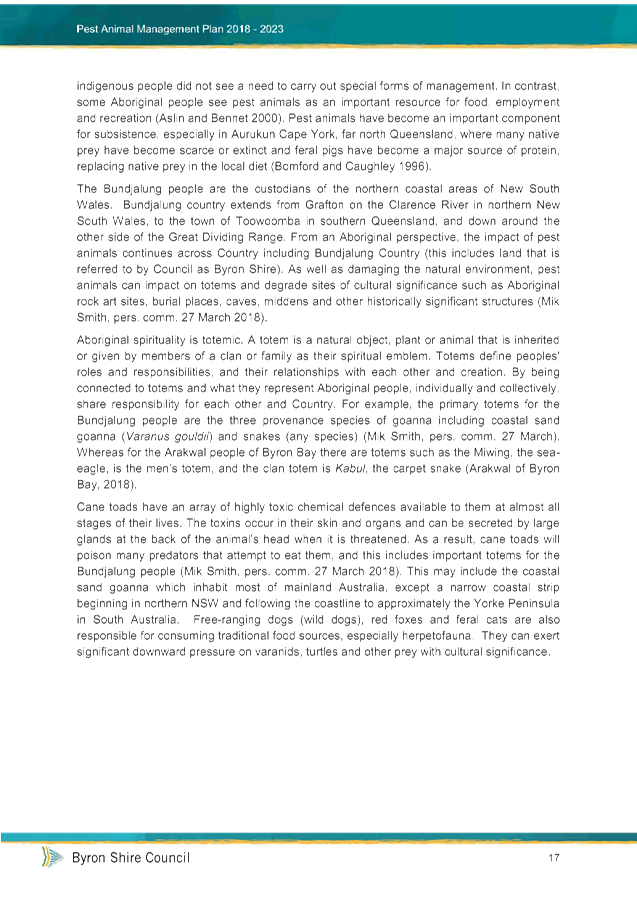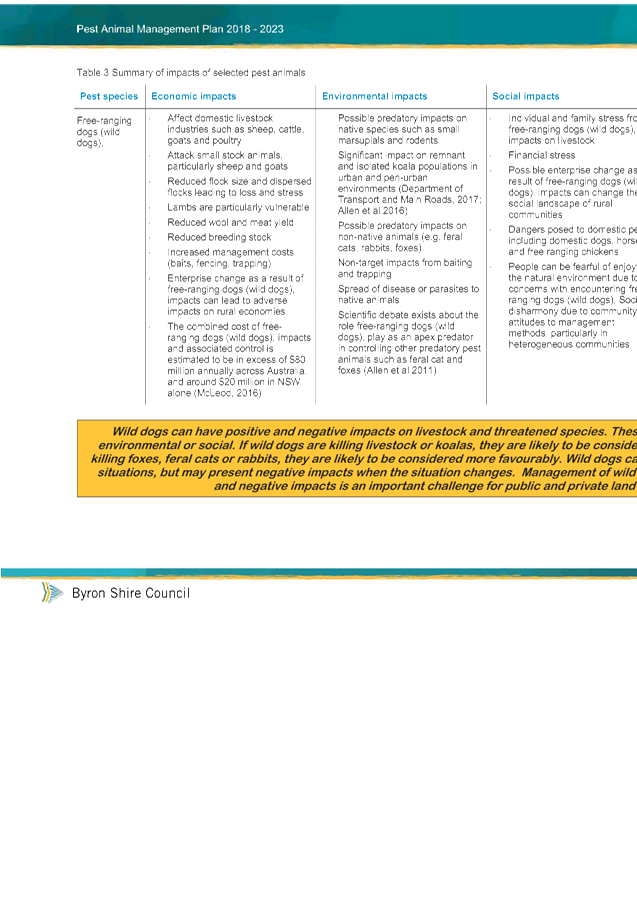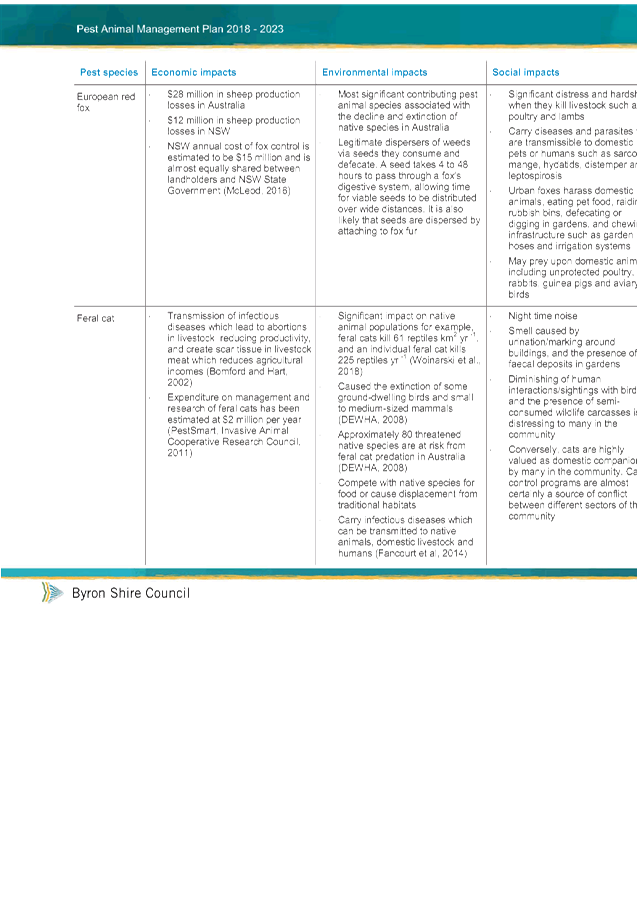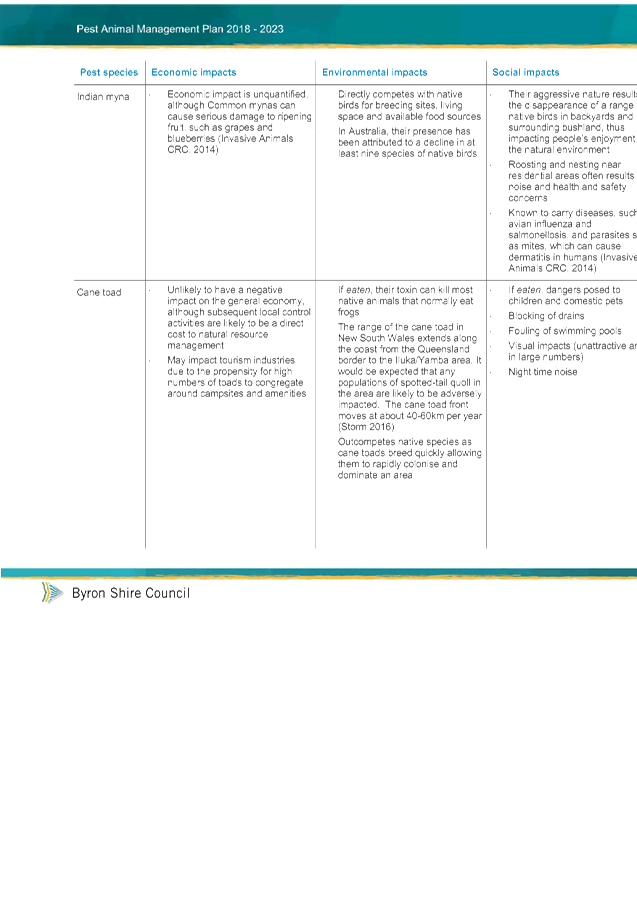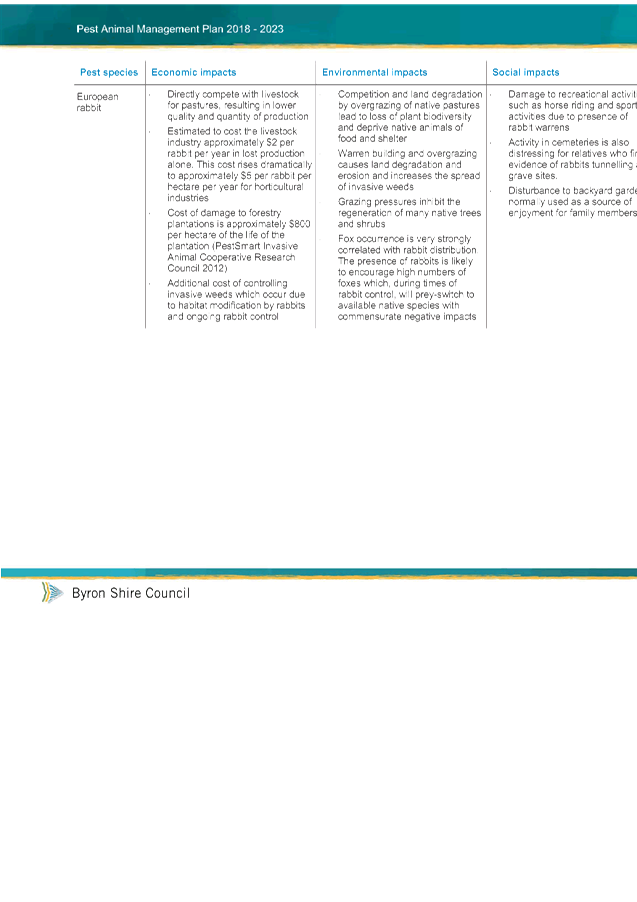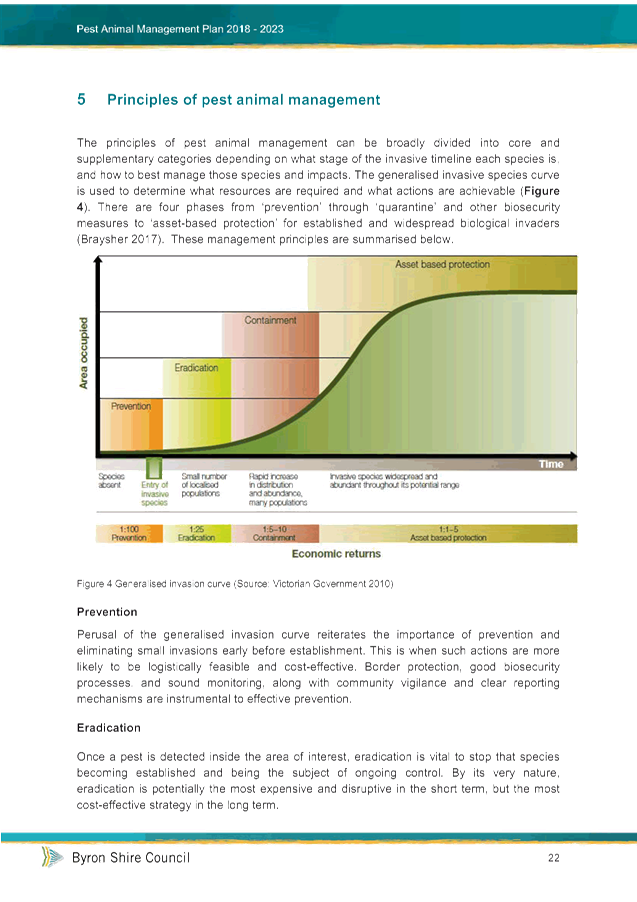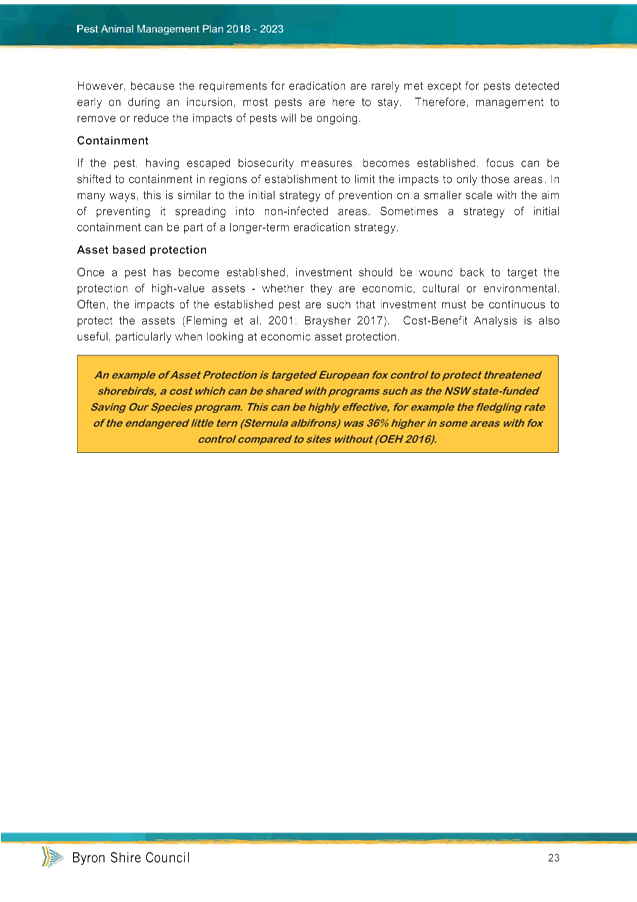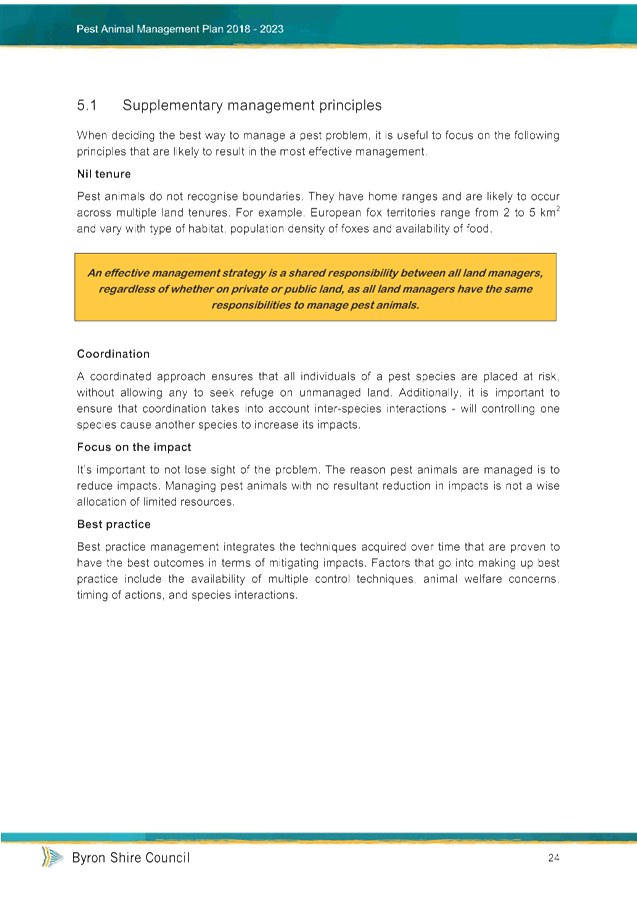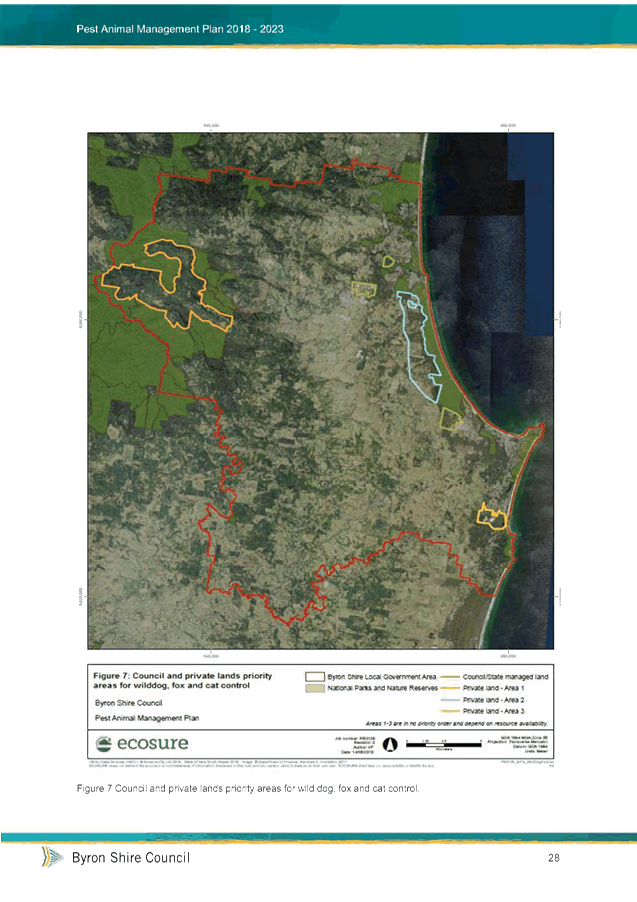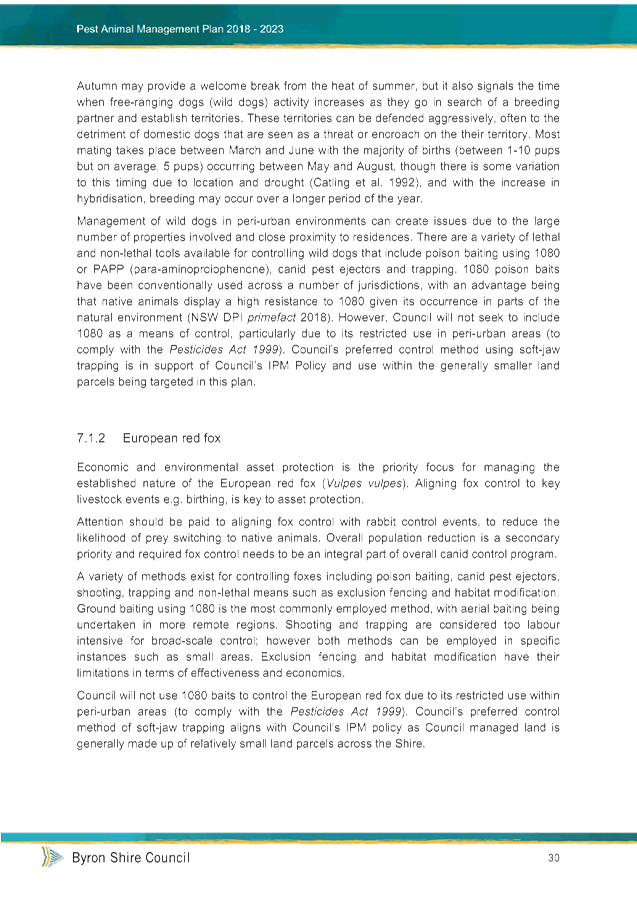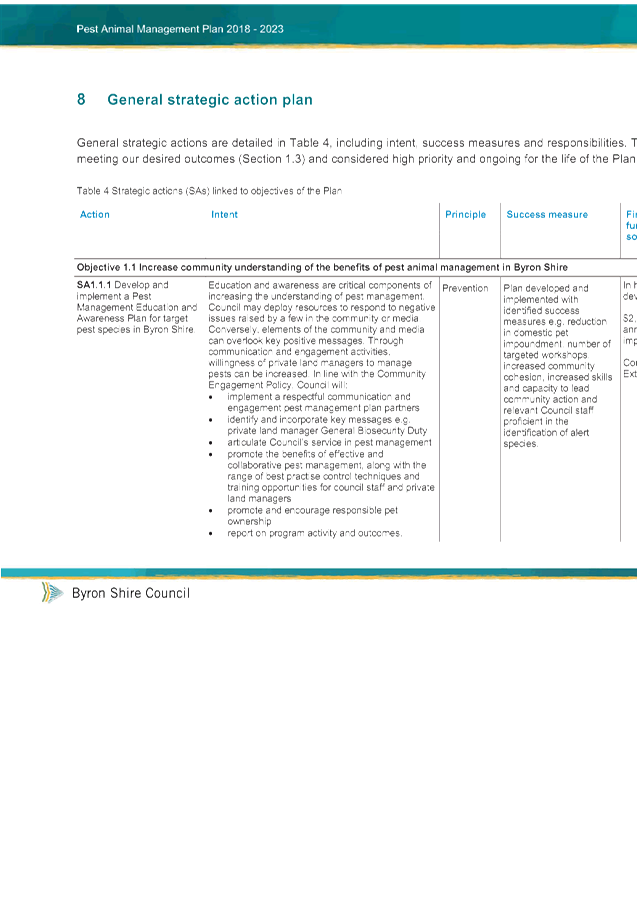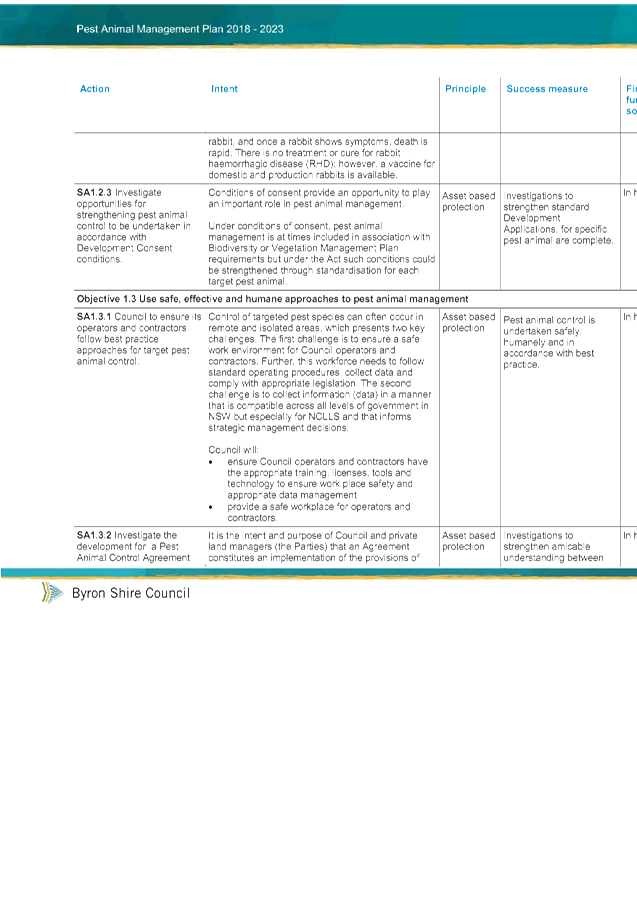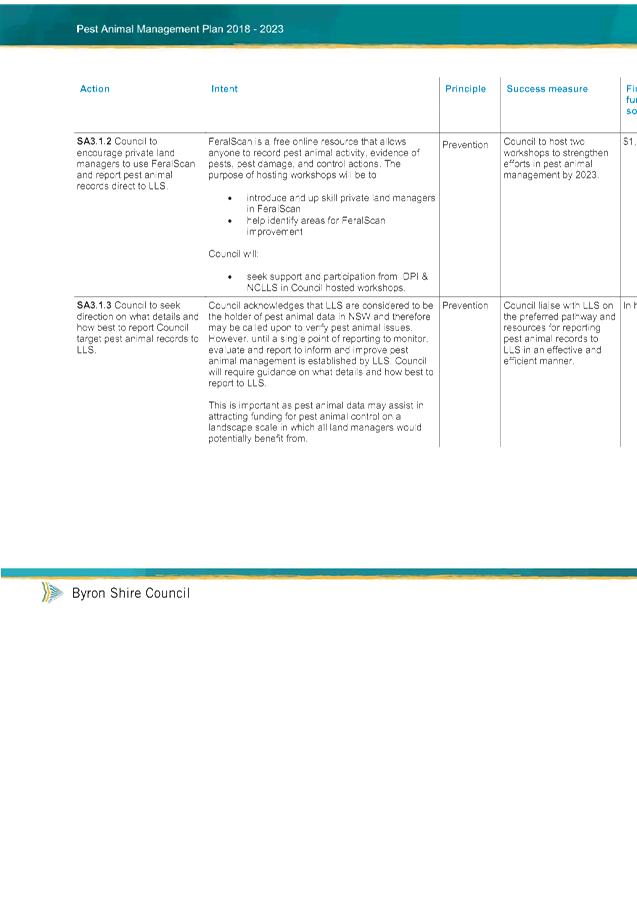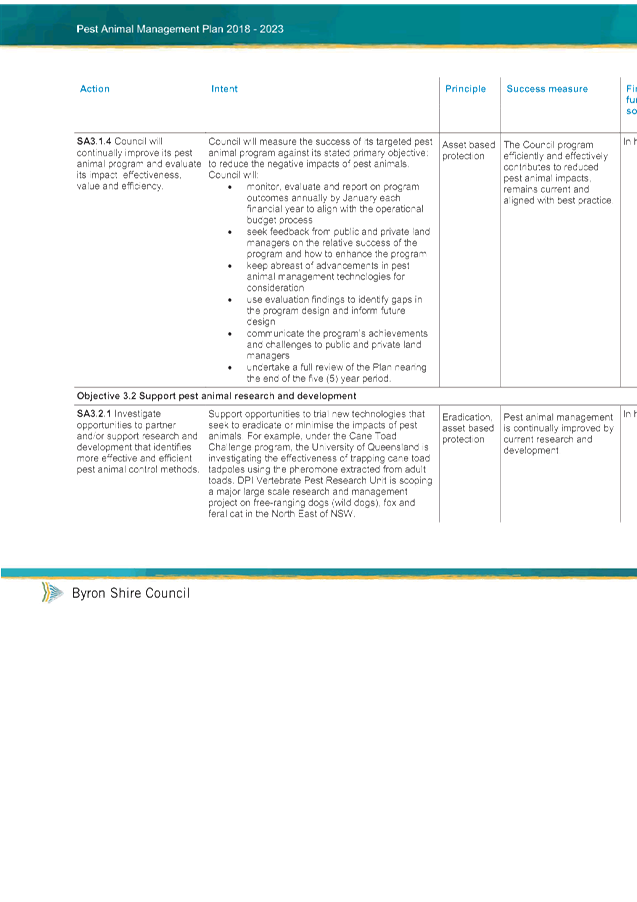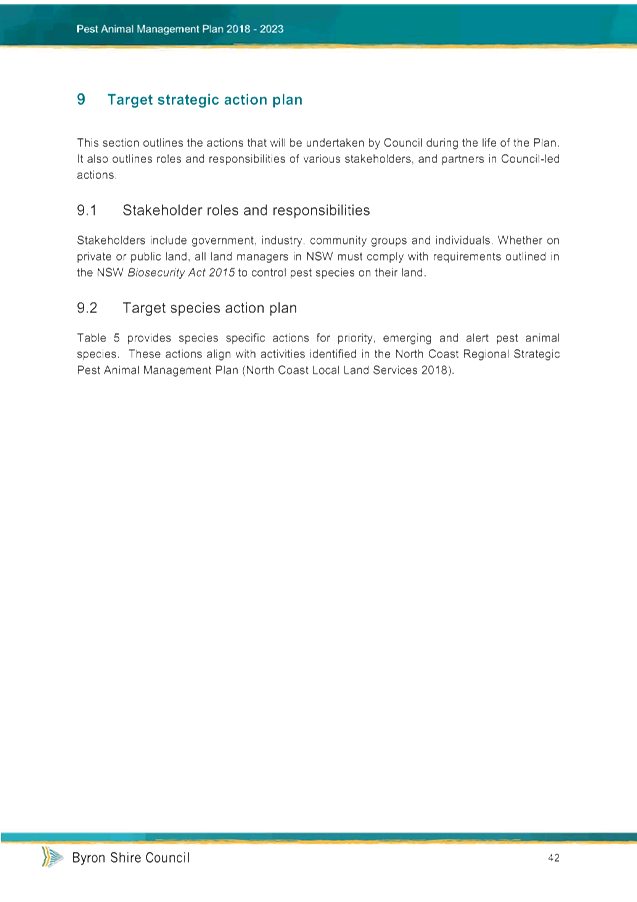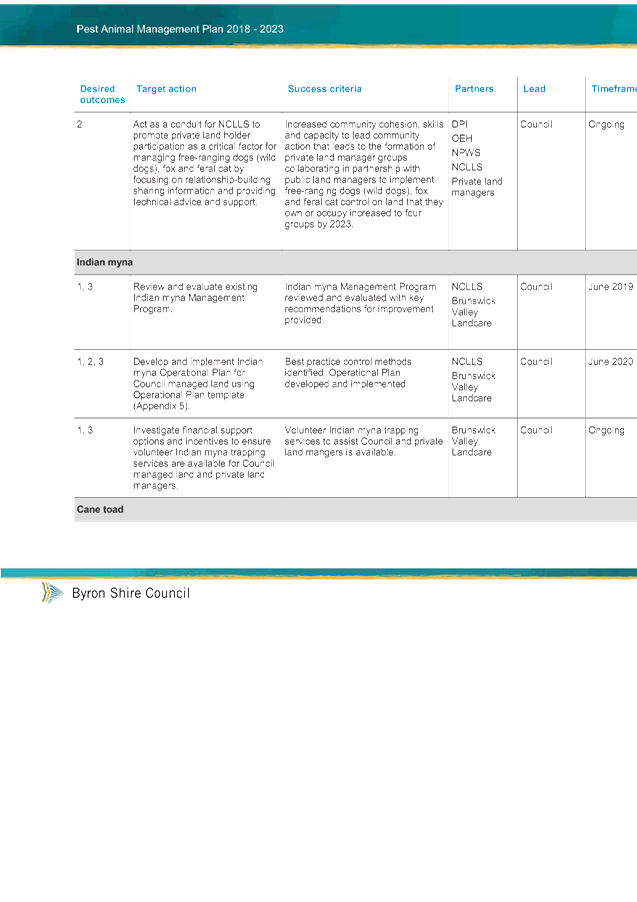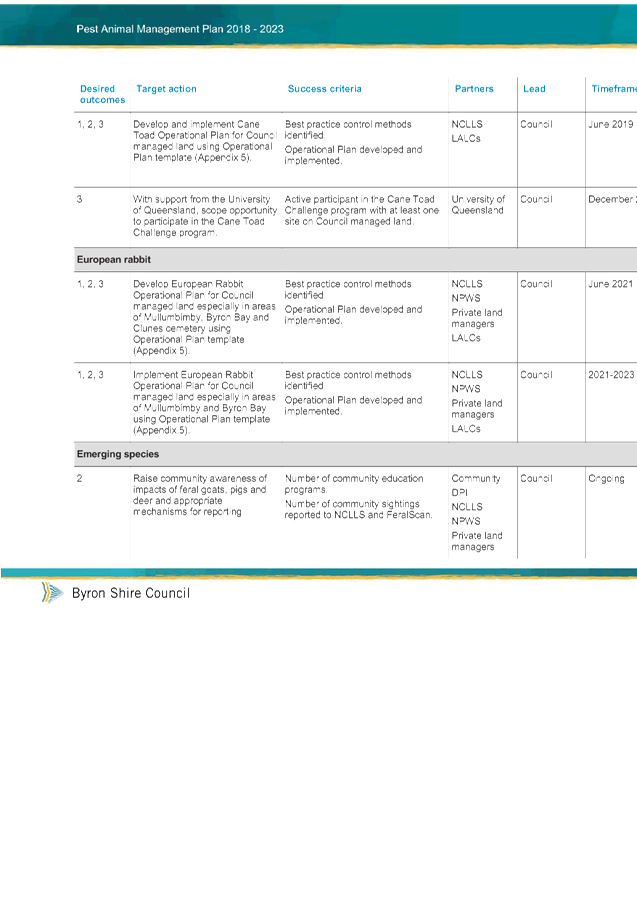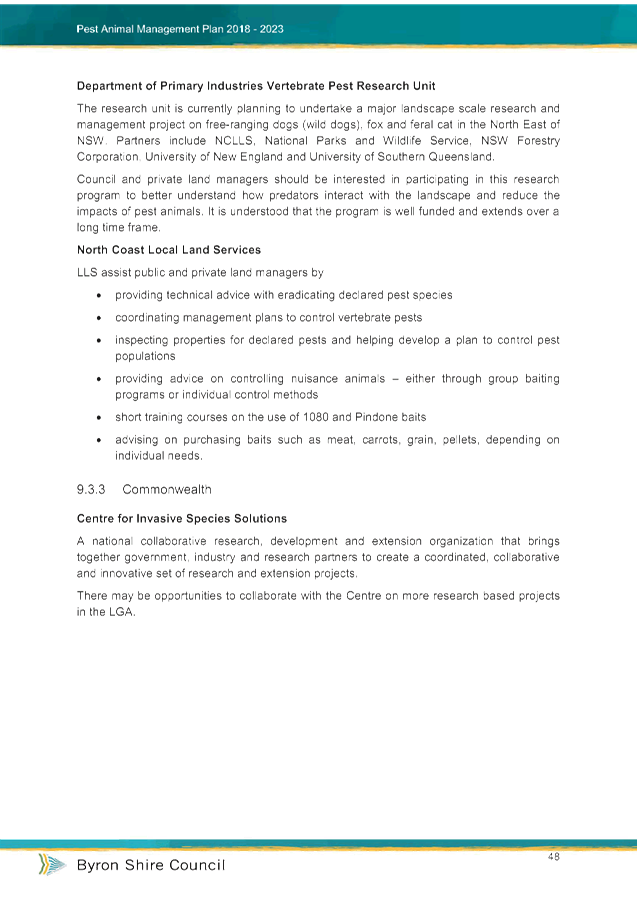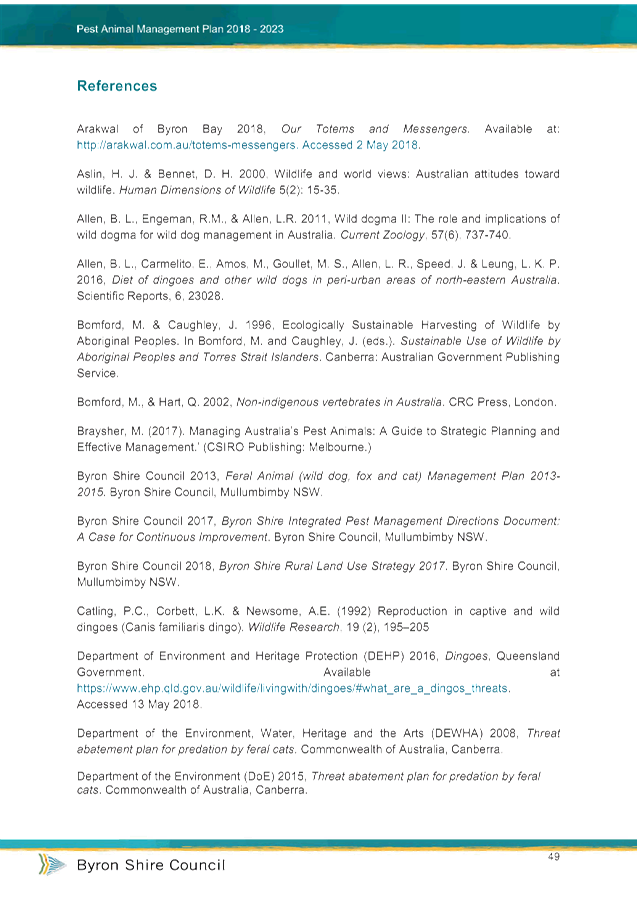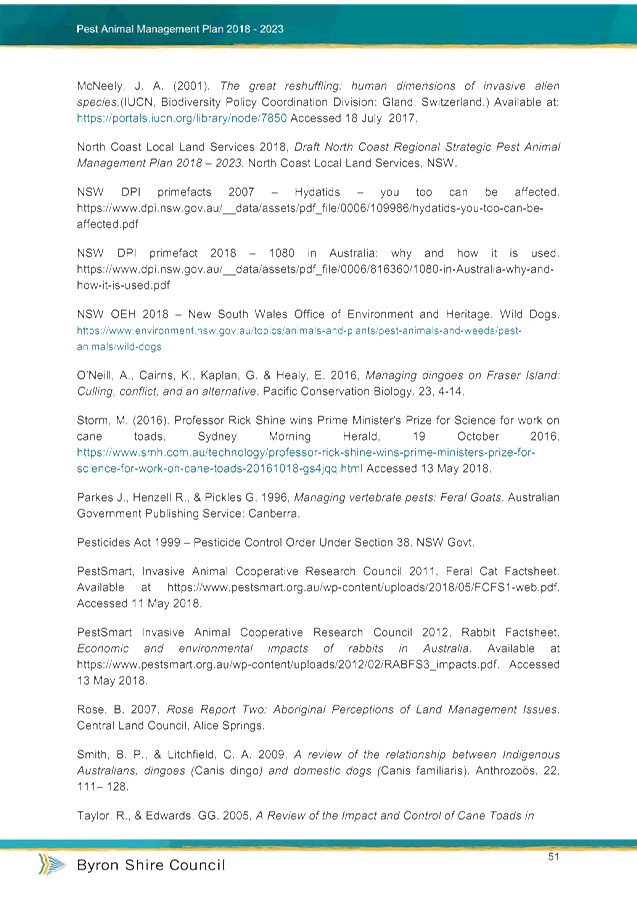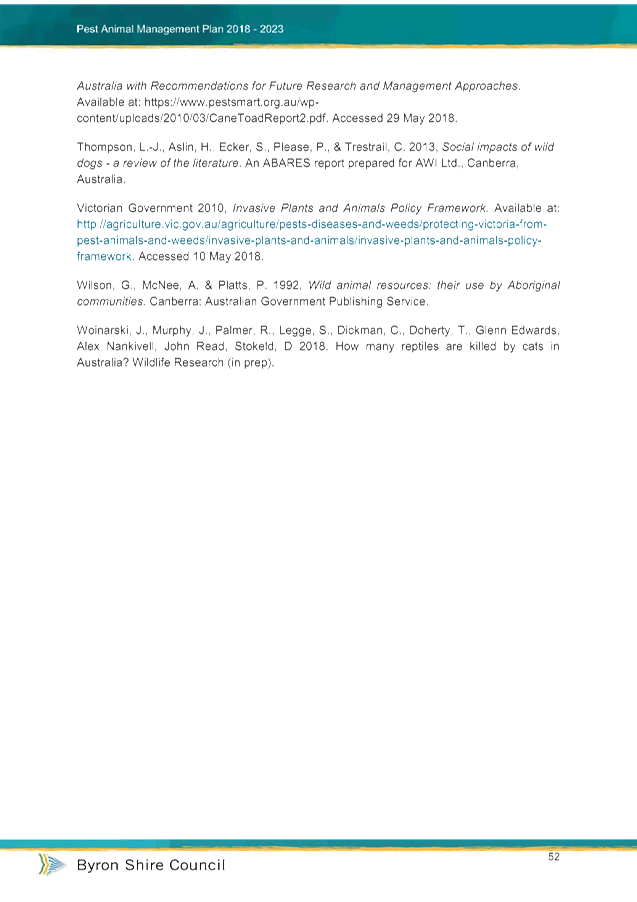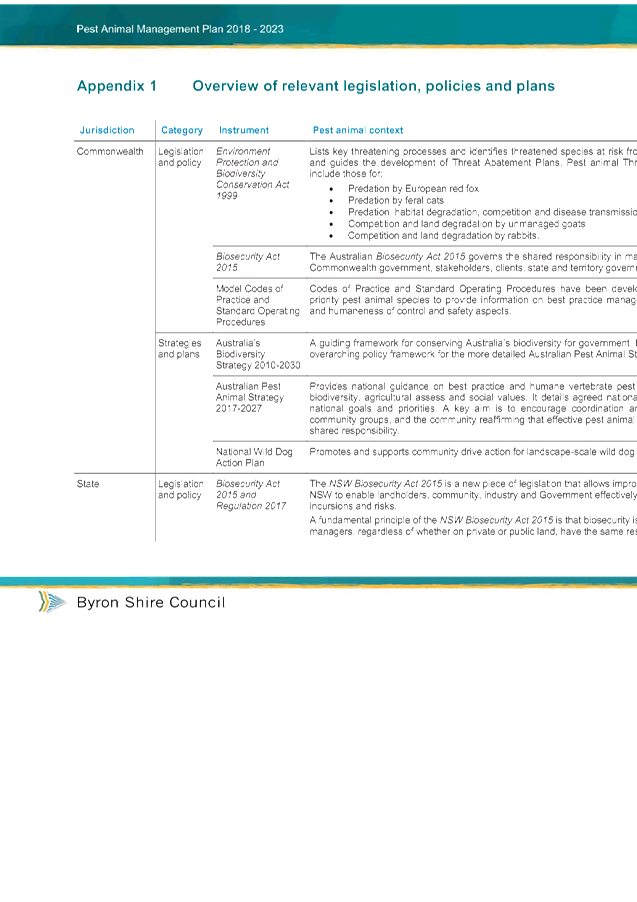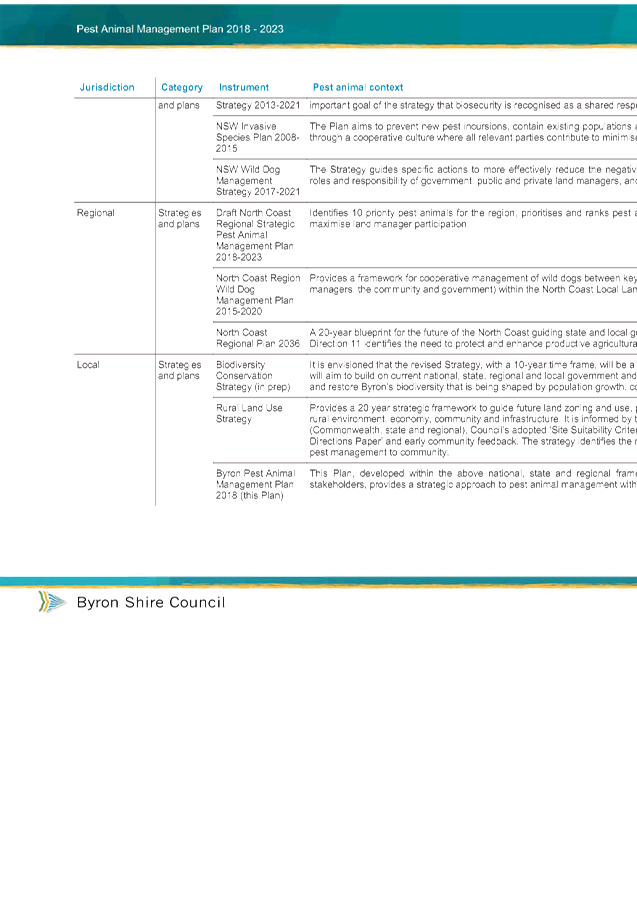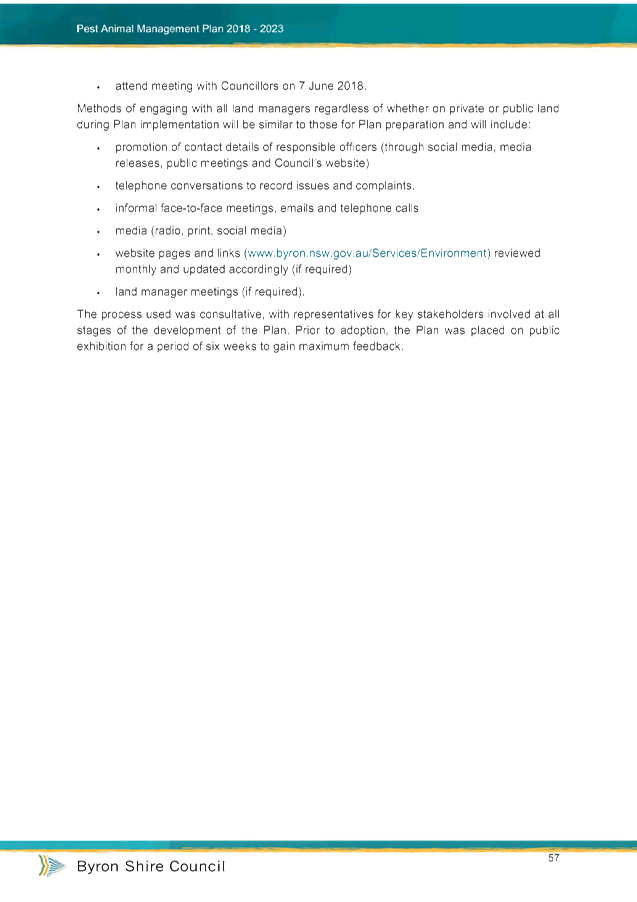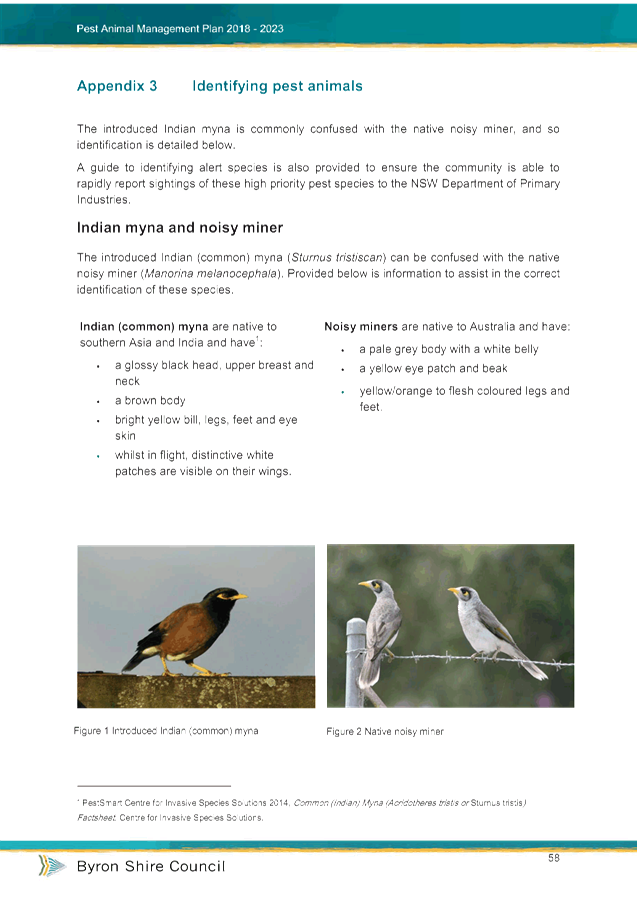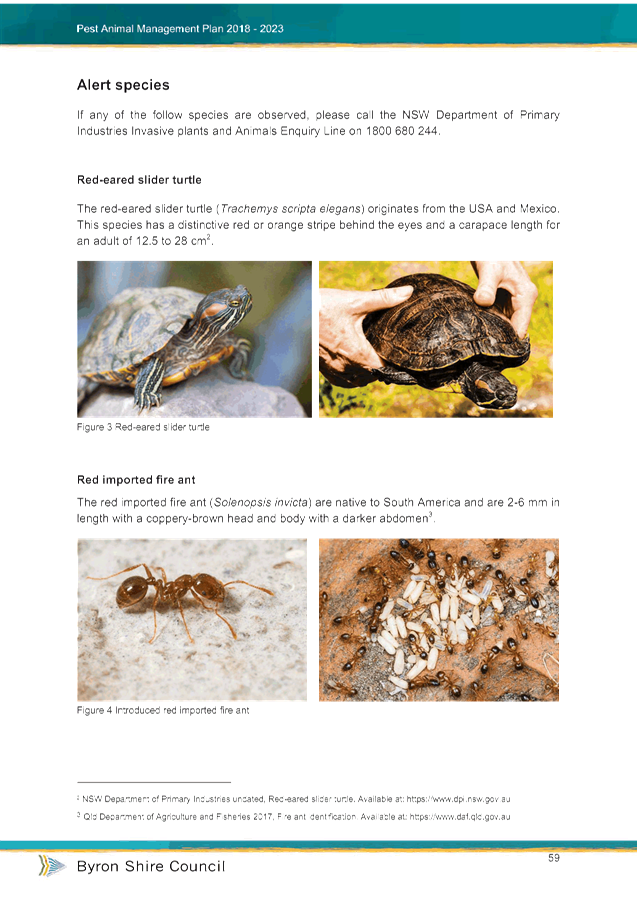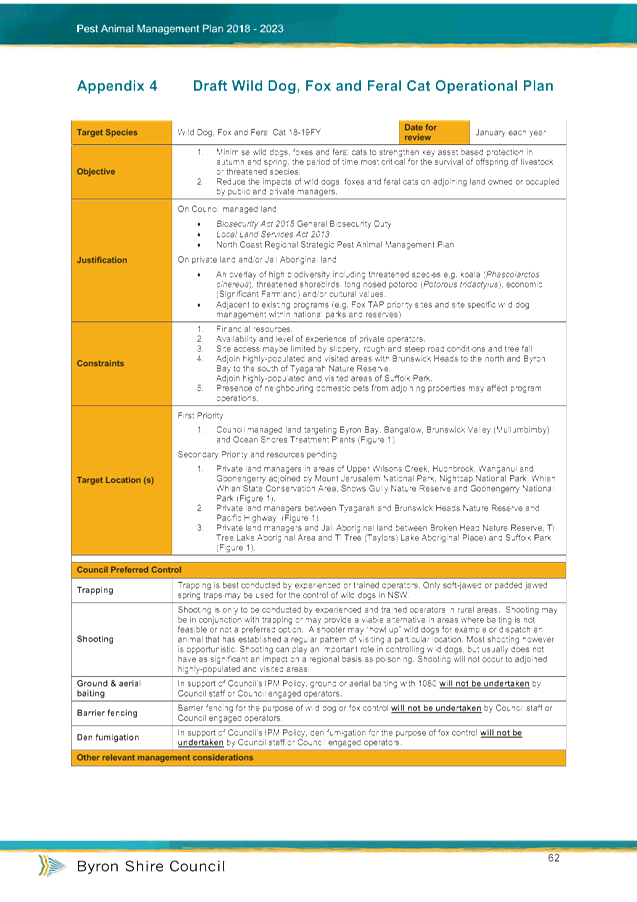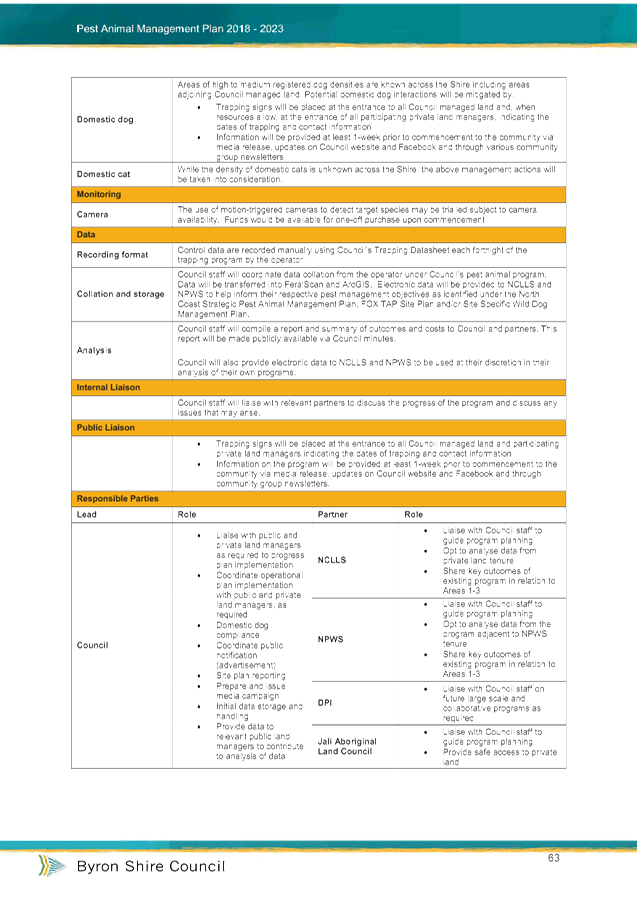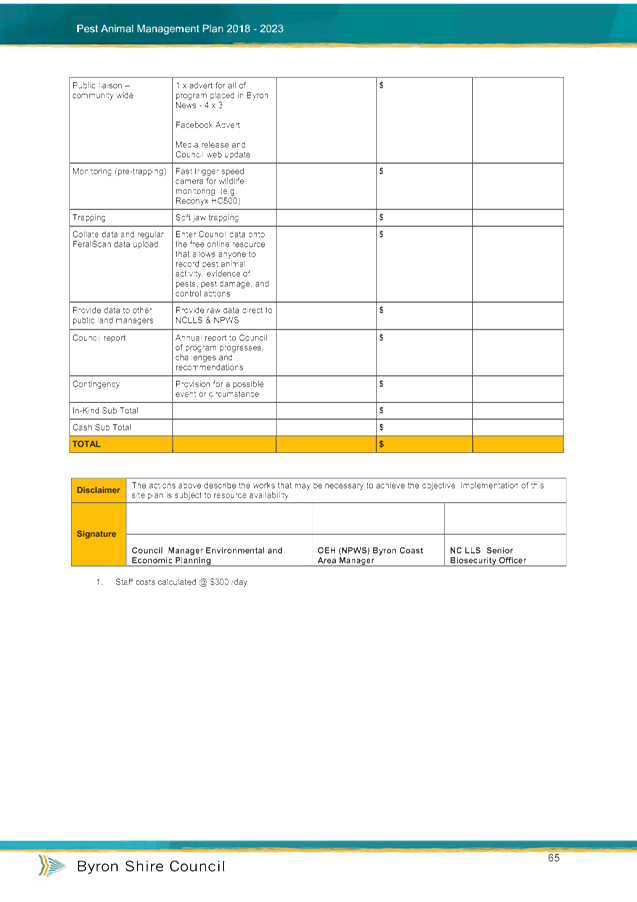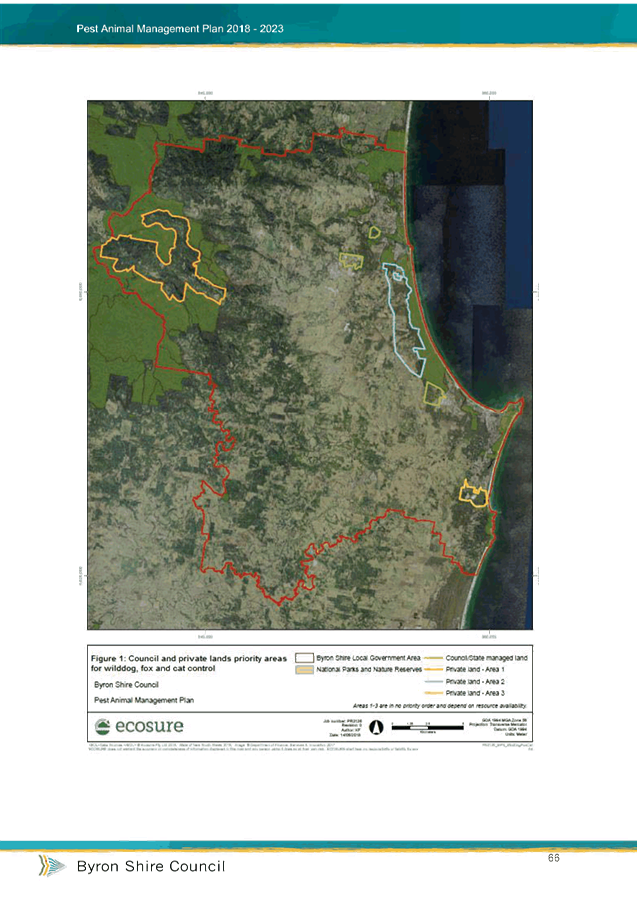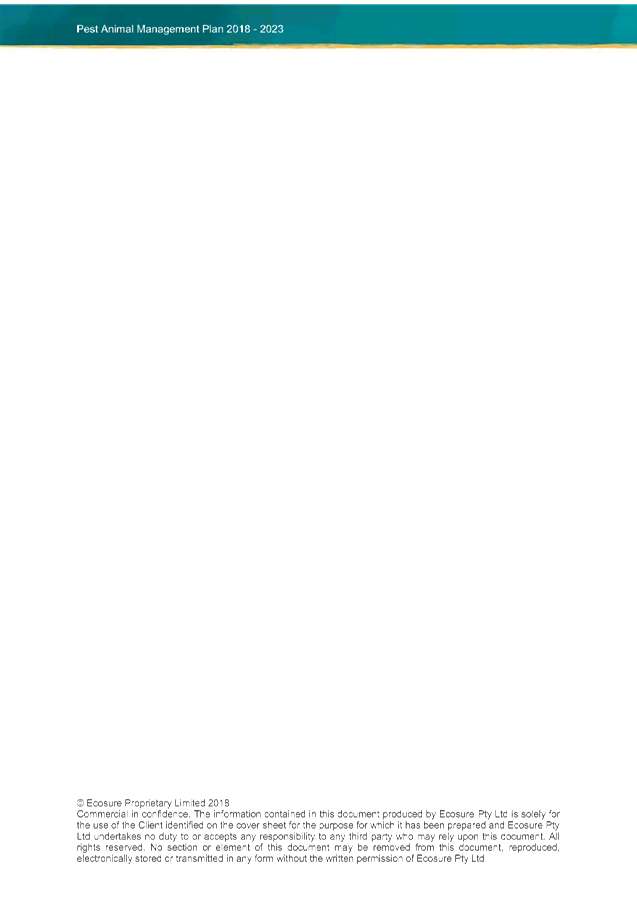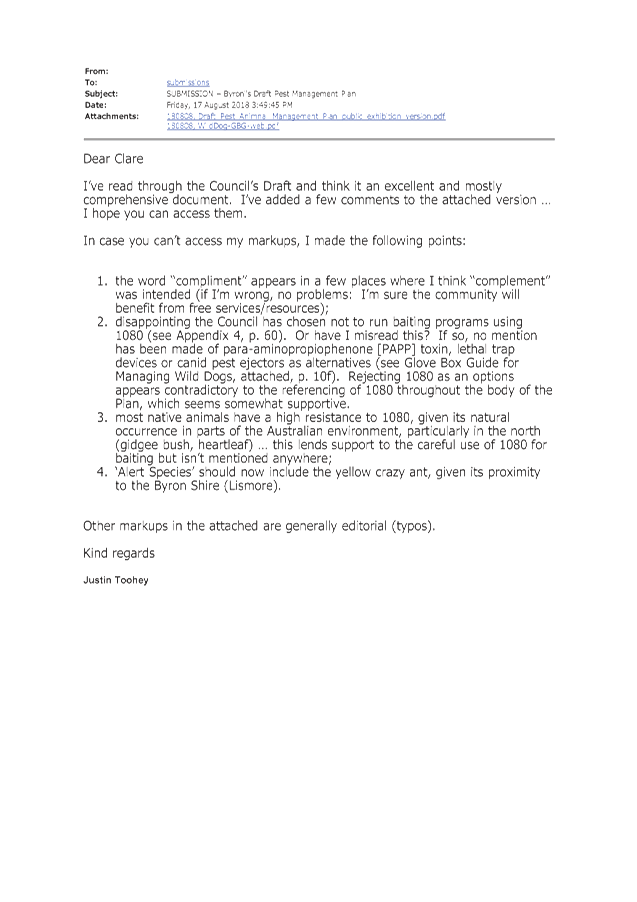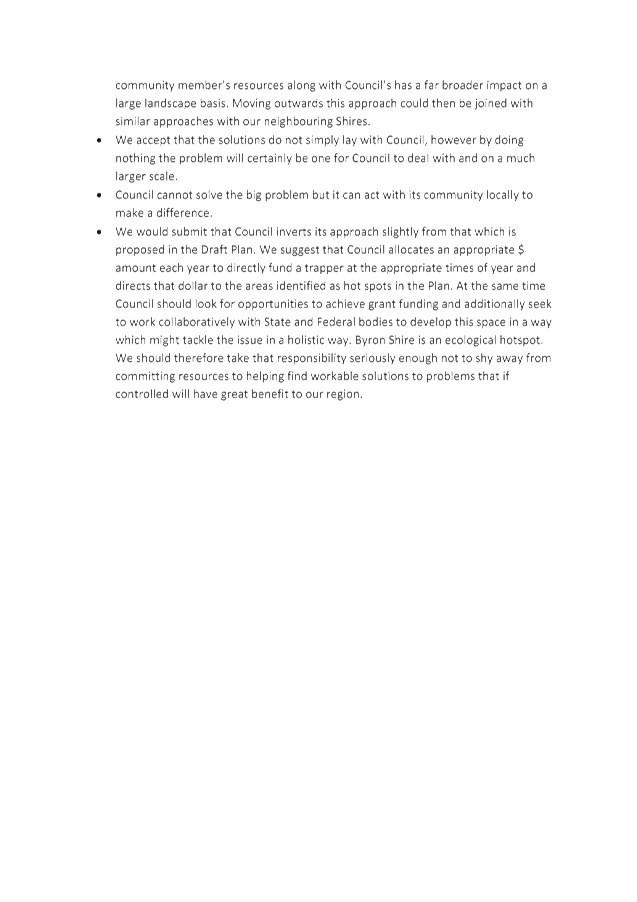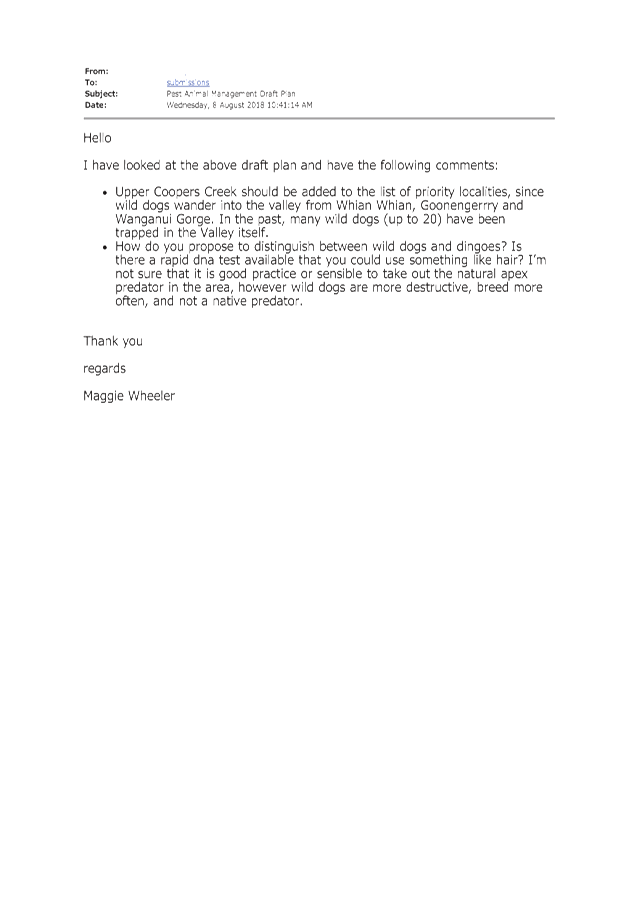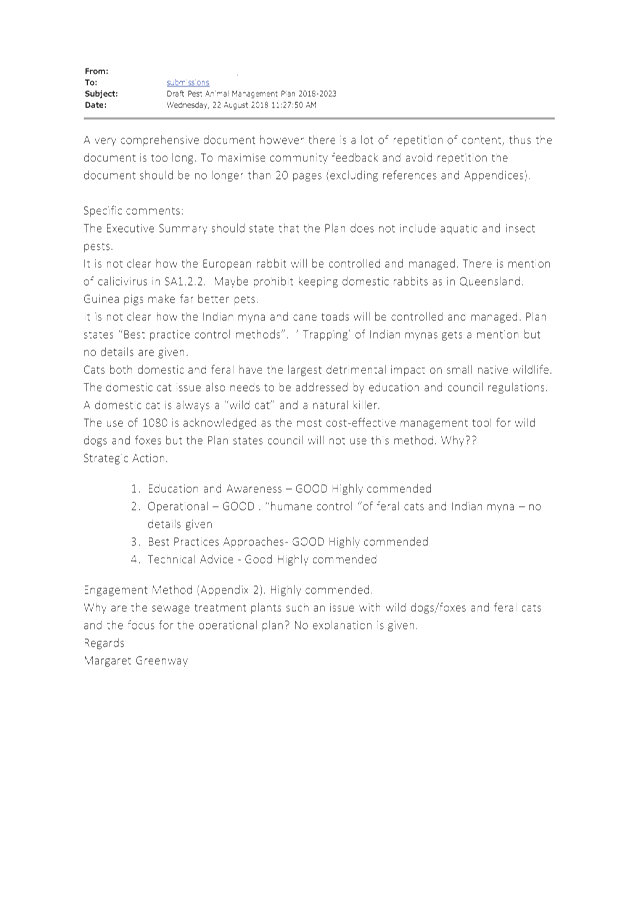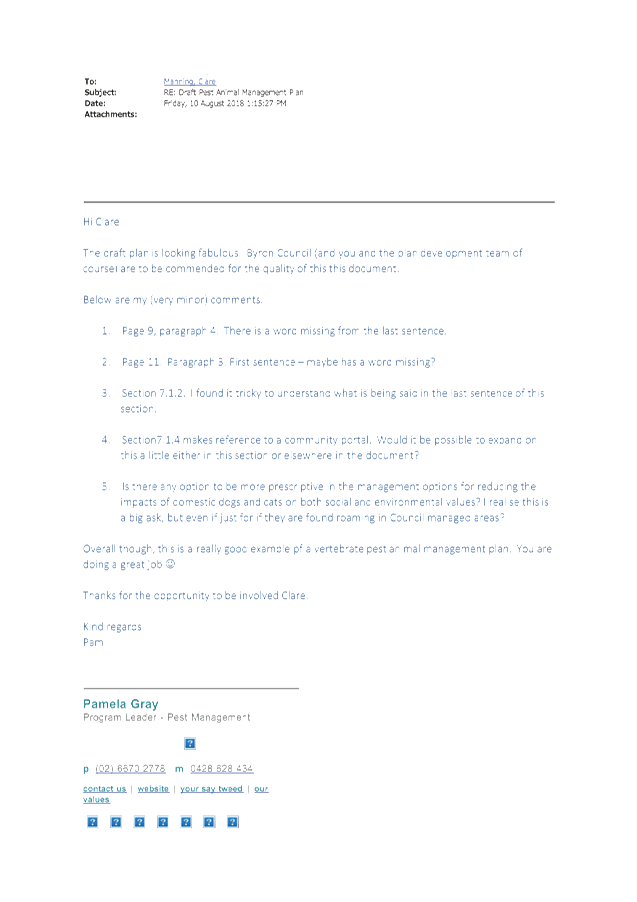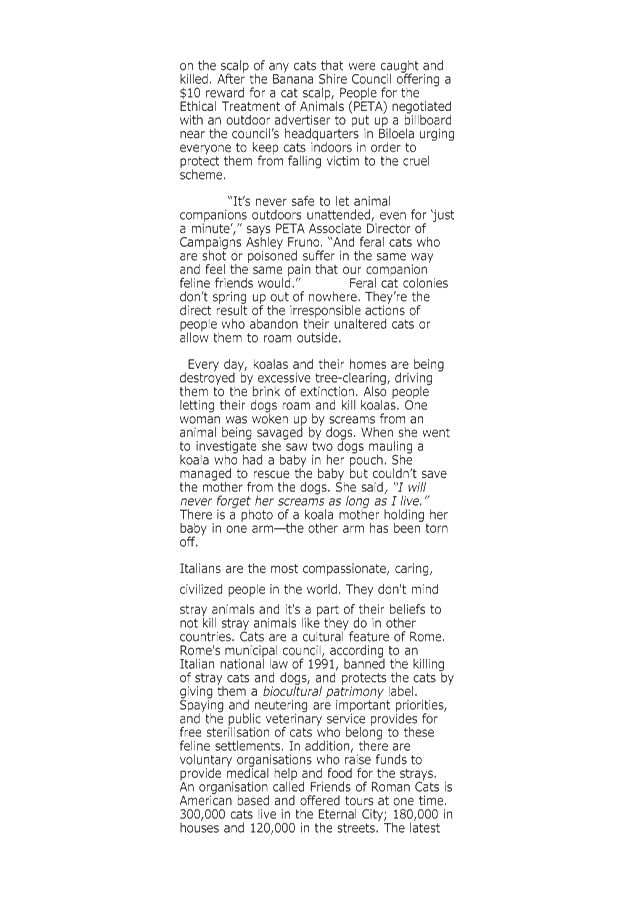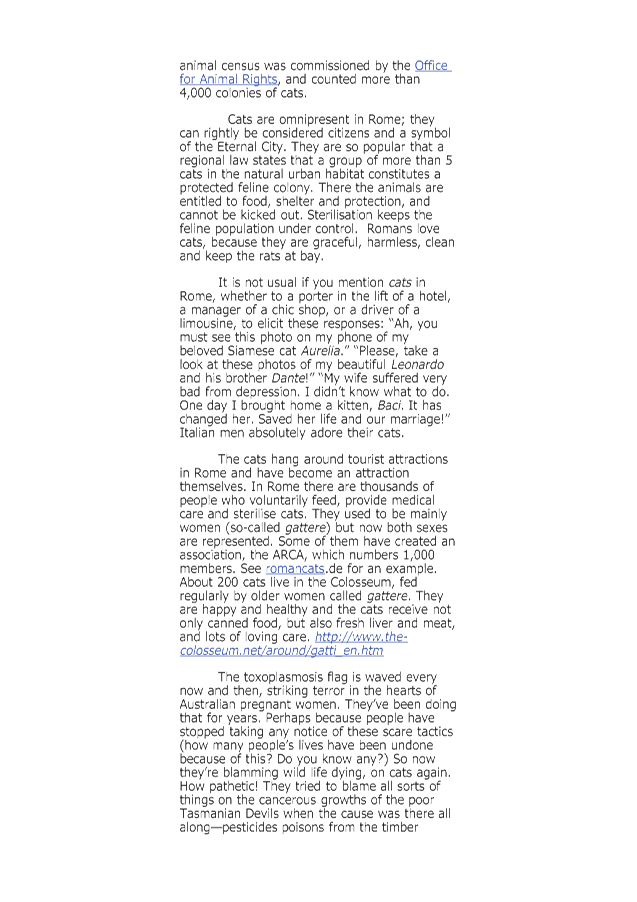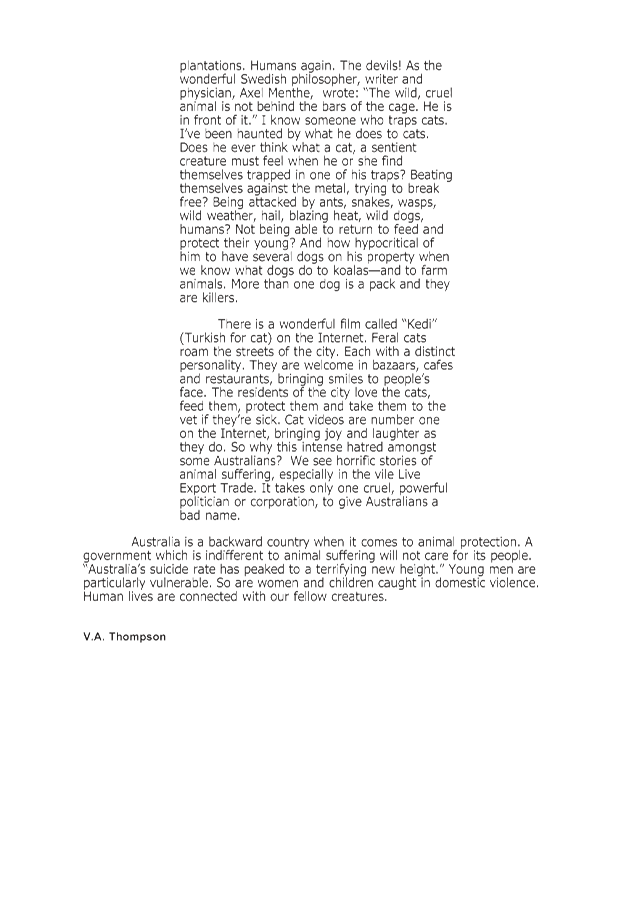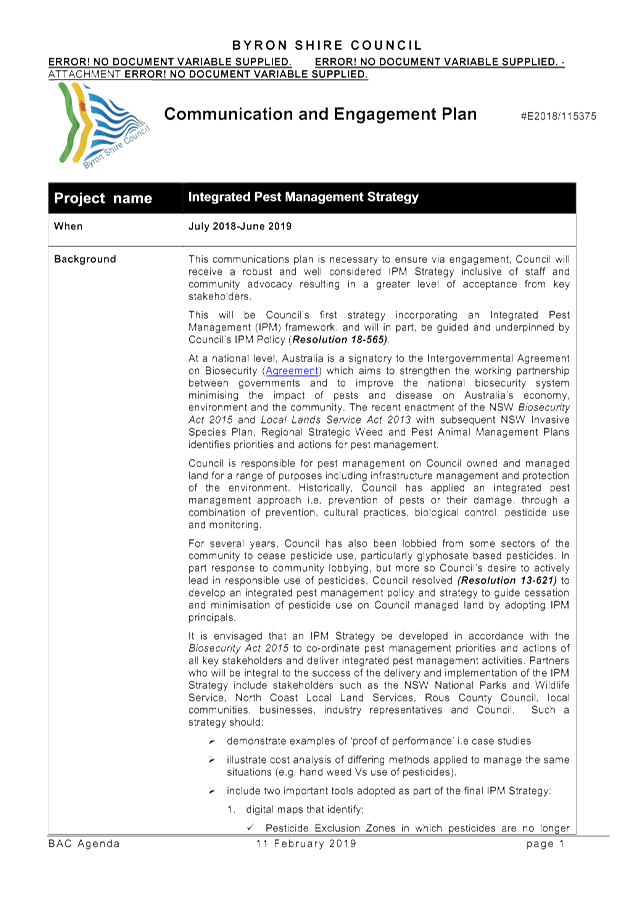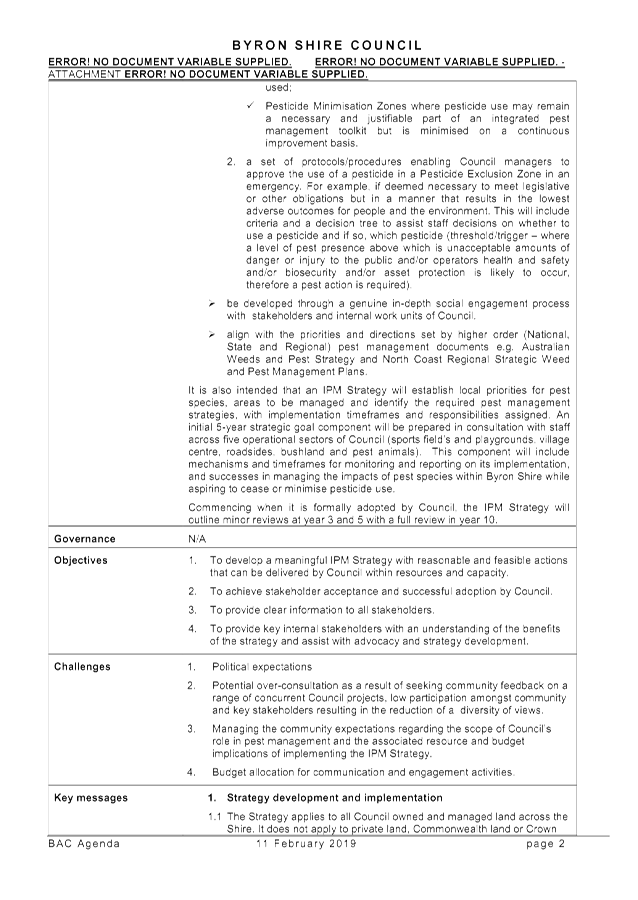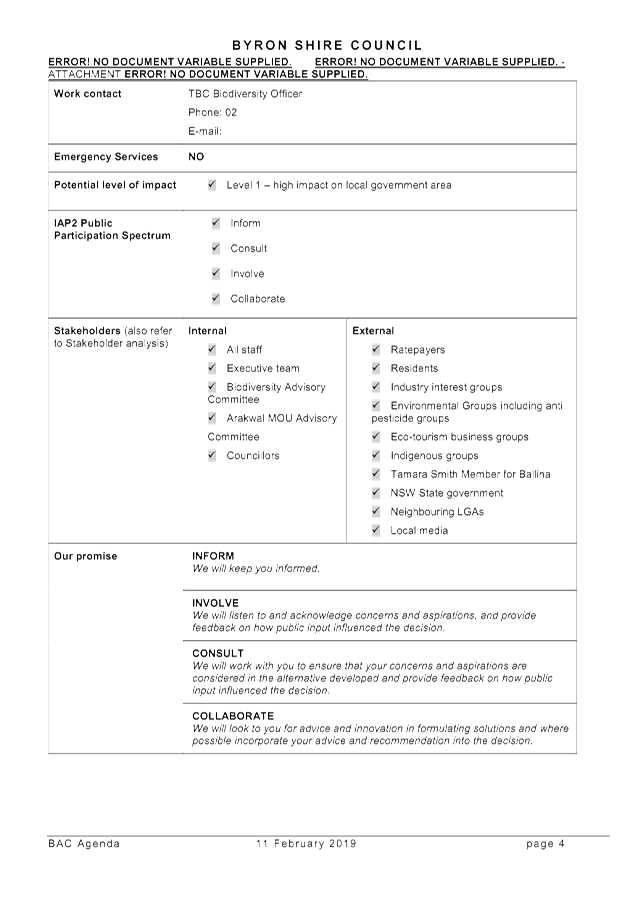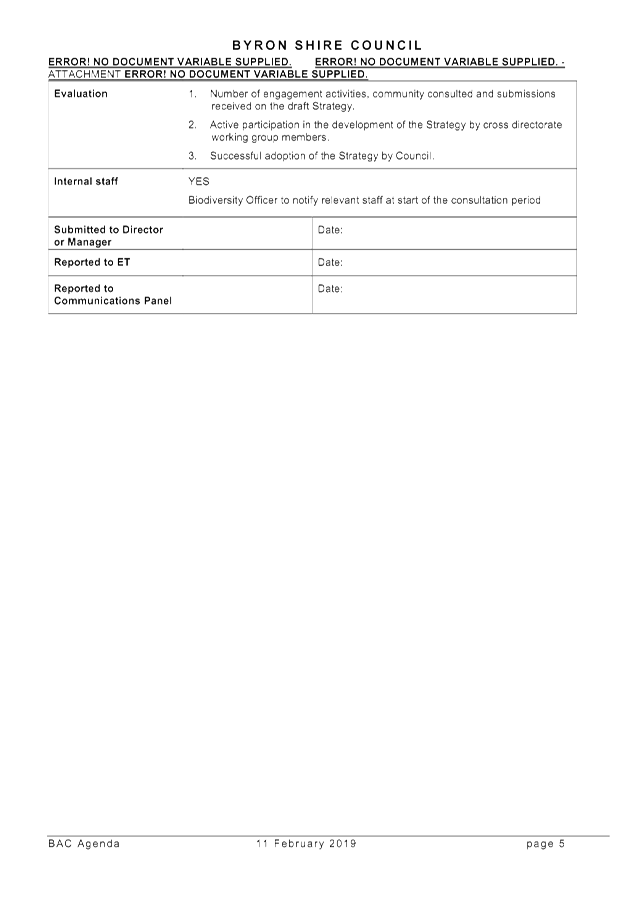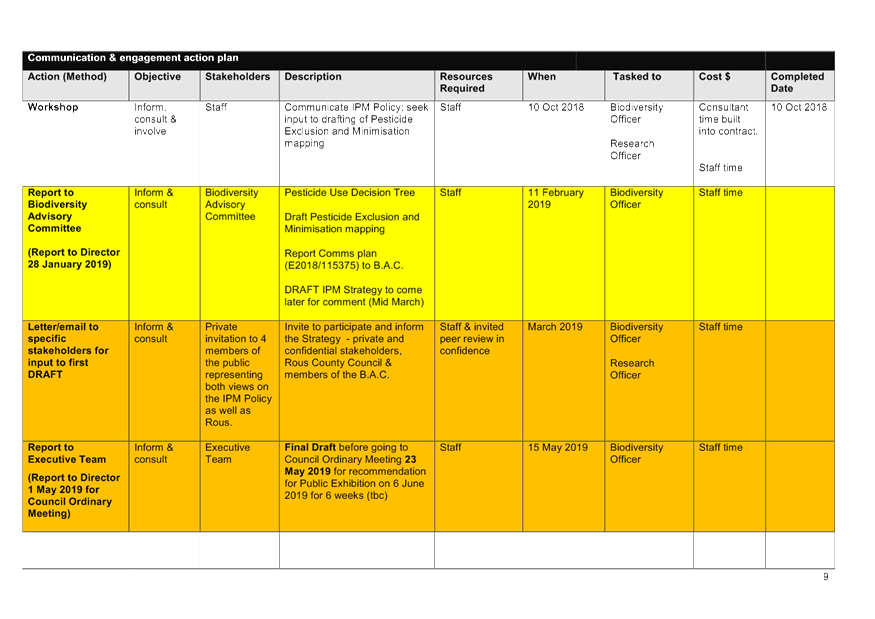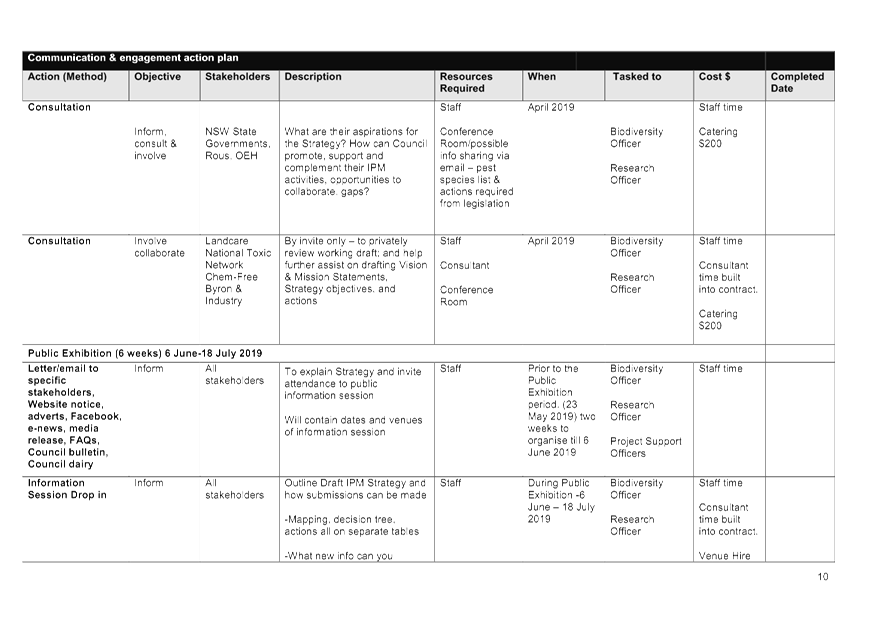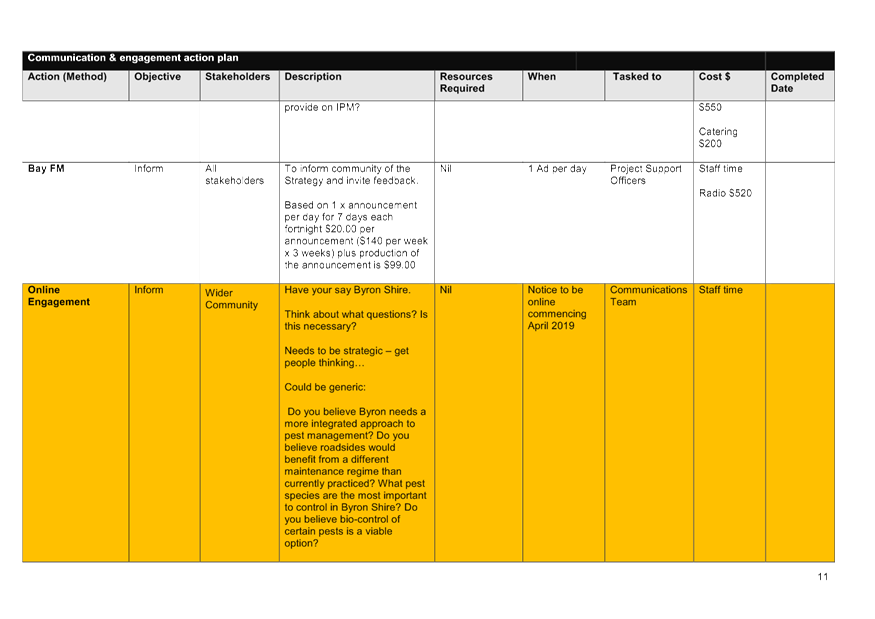Staff Reports - General Manager 13.1 - Attachment 1

|
Policy:
|
|
Code of Meeting Practice
|
|
2019
|
INFORMATION ABOUT THIS DOCUMENT
|
Date
Commenced
|
29
March 1994
|
|
Document
Owner
|
General
Manager
|
|
Document
Development Officer
|
Legal
Counsel
|
|
Review
Timeframe
|
As
required. Beginning of each term of Council
|
|
Last
Review Date:
|
27
June 2019
|
Next
Scheduled Review Date
|
After
September 2020 Council election
|
Document
History
|
Doc
No.
|
Date
Amended
|
Details
Comments eg Resolution No.
|
|
|
29/3/94
|
|
|
|
31/10/94
|
Res
No. 5211
|
|
|
25/6/96
|
|
|
|
26/8/97
|
Res
No. 7271
|
|
|
24/11/98
|
Res
No. 8229, 8230
|
|
|
26/4/2000
|
Res
No. 00-2364, 00-265, 00266
|
|
|
30
May 2001
|
Res
No. 01-598, 01-599, 01-600, 01-601
|
|
|
9
October 2001, 16 April 2002
|
|
|
|
27
August 2002
|
Res
No. 02-879
|
|
|
19
November 2002
|
Res
No. 02-1222
|
|
|
17
April 2003
|
Res
No. 03-339]
|
|
|
20
April 2004
|
Res
Nos. 04-299, 04-300, 04-301, 04-366
|
|
|
19
October 2004
|
Res
No. 04-817
|
|
|
9
November 2004
|
Res
No. 04-897
|
|
|
14
December 2004
|
Res
No. 04-995
|
|
|
22
February 2005
|
Res
No. 05-56
|
|
|
20
December 2005
|
Res
No. 05-937
|
|
|
28
March 2006
|
Res
Nos 06-152, 06-153, 06-154
|
|
|
29
June 2006
|
Res
No. 06-464
|
|
|
26
September 2006
|
Res
No. 06-624
|
|
#645237
|
19
December 2006
|
Res
No. 06-848
|
|
#673516
|
16
August 2007
|
Res
No. 07-391 (Change to Schedule B – Planning Review Meeting Day)
|
|
#703591
|
27
November 2008
|
Res
No. 08-750
|
|
#817372
|
18
December 2008
|
Res
No. 08-849
|
|
#835530
|
26
February 2009
|
Res
No. 09-58
|
|
#995374
|
12
August 2010
|
Res
No. 10-608
|
|
#1119963
|
25
August 2011
|
Draft
reported to Council (amendments to Schedule A)
|
|
#1134950
|
25
August 2011
|
Adopted
Res 11-649
|
|
#1170146
|
Draft
(Res11-929 &11-979)
|
Reported
to Council
|
|
#1204851
|
1
March 2012
|
Res
No. 12-111 – Policy formerly numbered 1.3 now 12/005
|
|
#E2013/42243
|
Draft
prepared June 2013
|
Res
No. 13-241 – Revised Council Meeting Schedule
|
|
#E2013/51360
|
13
August 2013
|
Res
No. 13-396 - amendments
|
|
#E2013/77708
|
27
November 13
|
Amended
and adopted as per Res No. 13-629
|
|
#E2014/26615
|
Draft
prepared 22/4/2014
|
Amended
as per Res No. 14-143
Placed on exhibition E2014/26625
|
|
#E2014/38231
|
11/6/2014
|
Adopted
after close of exhibition no submission received
|
|
#E2015/57691
|
27/8/15
|
Res
No. 15-397 – amendment to Schedules A and B
|
|
#E2016/78355
|
23/08/16
|
Correction
to 19.3
|
|
#E2018/53515
|
21/06/2018
|
Adopted
Res 18-399 Amendments to Clause 22 and Schedule A
|
|
E2019/2001
|
27
June 2019
|
Amended
as required by Model Code of Meeting Practice 2018.
|
Further
Document Information and Relationships
|
Related
Legislation
|
Local
Government Act 1993
Local
Government (General) Regulation 2005
|
|
Related
Policies
|
Code of Conduct
|
|
Related
Procedures/ Protocols, Statements, documents
|
Guidelines
for Lodging a Petition (#DM665761)
Department
of Local Government ‘Meetings Practice Note’ Webpage Link to
DLG Practice Note No 16
|
Table of Contents
1. INTRODUCTION.. 7
2. MEETING PRINCIPLES. 7
3. BEFORE THE MEETING.. 7
Timing of ordinary council meetings. 7
Extraordinary meetings. 8
Notice to the public of council meetings. 8
Notice to councillors of ordinary council
meetings. 8
Notice to councillors of extraordinary
meetings. 8
Giving notice of business to be considered
at council meetings. 8
Questions with notice. 9
Agenda and business papers for ordinary
meetings. 9
Availability of the agenda and business
papers to the public. 10
Agenda and business papers for
extraordinary meetings. 10
Strategic Planning Workshops. 10
4. PUBLIC ACCESS. 11
5.
COMING TOGETHER. 14
Attendance by councillors at meetings. 14
The quorum for a meeting. 14
Entitlement of the public to attend council
meetings. 15
Webcasting of meetings. 16
Attendance of the general manager and other
staff at meetings. 16
6 THE CHAIRPERSON.. 16
The chairperson at meetings. 16
Election of the chairperson in the absence
of the mayor and deputy mayor 17
Chairperson to have precedence. 17
7 MODES OF ADDRESS. 17
8
ORDER OF BUSINESS
FOR ORDINARY COUNCIL MEETINGS. 18
9 CONSIDERATION OF
BUSINESS AT COUNCIL MEETINGS. 19
Business that can be dealt with at a
council meeting. 19
Business to be considered as a matter of
great urgency. 19
Mayoral minutes. 19
Staff reports. 20
Reports of committees of council 20
Questions. 20
10. RULES OF DEBATE. 21
Motions to be seconded. 21
Notices of motion. 21
Chairperson’s duties with respect to
motions. 21
Amendments to motions. 21
Foreshadowed motions. 22
Limitations on the number and duration of
speeches. 23
Tabling Motion. 24
11. VOTING.. 24
Voting entitlements of councillors. 24
Voting at council meetings. 24
Voting on planning
decisions. 25
12. COMMITTEE OF THE
WHOLE. 25
13
DEALING
WITH ITEMS BY EXCEPTION (EN BLOC) 26
14 CLOSURE OF COUNCIL
MEETINGS TO THE PUBLIC. 26
Grounds on which
meetings can be closed to the public. 26
Matters to be
considered when closing meetings to the public. 27
Notice of likelihood
of closure not required in urgent cases. 28
Representations by
members of the public. 28
Expulsion of
non-councillors from meetings closed to the public. 29
Information to be
disclosed in resolutions closing meetings to the public. 29
Resolutions passed at
closed meetings to be made public. 30
15. KEEPING ORDER AT
MEETINGS. 30
Points of order 30
Questions of order 30
Motions of dissent 30
Acts of disorder 31
How disorder at a meeting may be dealt with. 31
Use of mobile phones and the unauthorised
recording of meetings. 32
16. CONFLICTS OF INTEREST. 32
17. DECISIONS OF THE
COUNCIL. 32
Council decisions. 32
Rescinding or altering council decisions. 33
Recommitting
resolutions to correct an error 34
18. TIME LIMITS ON
COUNCIL MEETINGS. 34
19 AFTER THE MEETING.. 35
Minutes of meetings. 36
Access to correspondence
and reports laid on the table at, or submitted to, a meeting. 36
Implementation of
decisions of the council 37
20. COUNCIL COMMITTEES. 37
Application of this
Part 37
Council committees
whose members are all councillors. 37
Functions of committees. 37
Notice of committee
meetings. 37
Attendance at
committee meetings. 37
Non-members entitled
to attend committee meetings. 38
Chairperson and
deputy chairperson of council committees. 38
Procedure in
committee meetings. 38
Closure of committee
meetings to the public. 39
Disorder in committee meetings. 39
Minutes of council
committee meetings. 39
21. IRREGULARITES. 40
22. DEFINITIONS. 41
23.
CONFLICT OF INTEREST DECLARATION TEMPLATE. 43
1. INTRODUCTION
The Model Code of Meeting Practice for Local
Councils in NSW (Model Meeting Code) is made under section 360 of the Local
Government Act 1993 (the Act) and the Local Government (General)
Regulation 2005.
This code incorporates the provisions of Model
Meeting Code.
This code applies to all meetings of councils and
committees of councils of which all the members are councillors. Council
committees whose members include persons other than councillors may adopt their
own rules for meetings unless the council determines otherwise.
A council and a committee of the council of which
all the members are councillors must conduct its meetings in accordance with
this code.
2. MEETING
PRINCIPLES
2.1 Council
and committee meetings should be:
Transparent: Decisions are made in a way that is open and
accountable.
Informed: Decisions are made based on relevant, quality
information.
Inclusive: Decisions respect the diverse
needs and interests of the local community.
Principled: Decisions are informed by the
principles prescribed under Chapter 3 of the Act.
Trusted: The community has
confidence that councillors and staff act ethically and make decisions in the
interests of the whole community.
Respectful: Councillors, staff and meeting attendees treat
each other with respect.
Effective: Meetings are well
organised, effectively run and skilfully chaired.
Orderly: Councillors,
staff and meeting attendees behave in a way that contributes to the orderly
conduct of the meeting.
3. BEFORE
THE MEETING
Timing of ordinary council meetings
3.1
Ordinary meetings are defined in Clause 22
3.2 The
council shall, by resolution, set the frequency, time, date and place of its
Ordinary meetings.
Note: Under section 365 of the Act, councils are
required to meet at least ten (10) times each year, each time in a different
month unless the Minister for Local Government has approved a reduction in the
number of times that a council is required to meet each year under section
365A.
Extraordinary meetings
3.3 If
the mayor receives a request in writing, signed by at least two (2)
councillors, the mayor must call an extraordinary meeting of the council to be
held as soon as practicable, but in any event, no more than fourteen (14) days
after receipt of the request. The mayor can
be one of the two councillors requesting the meeting.
Note:
Clause 3.3 reflects section 366 of the Act.
Notice to the public of council meetings
3.4 The
council must give notice to the public of the time, date and place of each of
its meetings, including extraordinary meetings and of each meeting of
committees of the council.
Note: Clause 3.4 reflects section 9(1) of the Act.
3.5 For
the purposes of clause 3.4, notice of a meeting of the council and of a
committee of council is to be published before the meeting takes place. The
notice must be published on the council’s website, and in such other
manner that the council is satisfied is likely to bring notice of the meeting
to the attention of as many people as possible.
3.6 For
the purposes of clause 3.4, notice of more than one (1) meeting may be given in
the same notice.
Notice to councillors of ordinary council meetings
3.7 The
general manager must send to each councillor, at least nine (9) days before
each meeting of the council, a notice specifying the time, date and place at
which the meeting is to be held, and the business proposed to be considered at
the meeting.
Note: Clause 3.7
reflects section 367(1) of the Act.
3.8 The
notice and the agenda for, and the business papers relating to, the meeting may
be given to councillors in electronic form, but only if all councillors have
facilities to access the notice, agenda and business papers in that form.
Note: Clause 3.8
reflects section 367(3) of the Act.
Notice to councillors of extraordinary meetings
3.9 Notice
of less than three (3) days may be given to councillors of an extraordinary
meeting of the council in cases of emergency.
Note: Clause 3.9
reflects section 367(2) of the Act.
Giving notice of business to be considered at council
meetings
3.10 A
councillor may give notice of any business they wish to be considered by the
council at its next ordinary meeting by way of a notice of motion. To be
included on the agenda of the meeting, the notice of motion must be in writing
and must be submitted twelve (12) business days before the meeting is to be
held.
3.11 A
councillor may, in writing to the general manager, request the withdrawal of a
notice of motion submitted by them prior to its inclusion in the agenda and
business paper for the meeting at which it is to be considered.
3.12 If the general
manager considers that a notice of motion submitted by a councillor for
consideration at an ordinary meeting of the council has legal, strategic,
financial or policy implications which should be taken into consideration by
the meeting, the general manager may prepare a report in relation to the notice
of motion for inclusion with the business papers for the meeting at which the
notice of motion is to be considered by the council.
3.13 A notice of motion
for the expenditure of funds on works and/or services other than those already
provided for in the council’s current adopted operational plan must
identify the source of funding for the expenditure that is the subject of the
notice of motion. If the notice of motion does not identify a funding source,
the general manager must prepare a report on the availability of funds for
implementing the motion if adopted for inclusion in the business papers for the
meeting at which the notice of motion is to be considered by the council.
Questions with notice
3.14 A
councillor may, by way of a notice submitted under clause 3.10, ask a question
for response by the general manager about the performance or operations of the
council.
3.15 A
councillor is not permitted to ask a question with notice under clause
3.14 that comprises a complaint against the general manager or a member of
staff of the council, or a question that implies wrongdoing by the general
manager or a member of staff of the council.
3.16 The
general manager or their nominee may respond to a question with notice
submitted under clause 3.14 by way of a report included in the business papers
for the relevant meeting of the council or orally at the meeting.
Agenda and business papers for ordinary meetings
3.17 The
general manager must cause the agenda for a meeting of the council or a
committee of the council to be prepared as soon as practicable before the
meeting.
3.18 The
general manager must ensure that the agenda for an ordinary meeting of the
council states:
(a) all
matters to be dealt with arising out of the proceedings of previous meetings of
the council, and
(b) if
the mayor is the chairperson – any matter or topic that the chairperson
proposes, at the time when the agenda is prepared, to put to the meeting, and
(c) all
matters, including matters that are the subject of staff reports and reports of
committees, to be considered at the meeting, and
(d) any
business of which due notice has been given under clause 3.10.
3.19 Nothing in
clause 3.18 limits the powers of the mayor to put a mayoral minute to a meeting
under clause 9.6.
3.20 The
general manager must not include in the agenda for a meeting of the council any
business of which due notice has been given if, in the opinion of the general
manager, the business is, or the implementation of the business would be,
unlawful. The general manager must report, without giving details of the item
of business, any such exclusion to the next meeting of the council.
3.21 Where
the agenda includes the receipt of information or discussion of other matters
that, in the opinion of the general manager, is likely to take place when the
meeting is closed to the public, the general manager must ensure that the
agenda of the meeting:
(a) identifies
the relevant item of business and indicates that it is of such a nature
(without disclosing details of the information to be considered when the
meeting is closed to the public), and
(b) states
the grounds under section 10A(2) of the Act relevant to the item of business.
Note: Clause 3.21
reflects section 9(2A)(a) of the Act.
3.22 The
general manager must ensure that the details of any item of business which, in
the opinion of the general manager, is likely to be considered when the meeting
is closed to the public, are included in a business paper provided to
councillors for the meeting concerned. Such details must not be included in the
business papers made available to the public, and must not be disclosed by a
councillor or by any other person to another person who is not authorised to
have that information.
Availability of the agenda and business papers to the
public
3.23 Copies
of the agenda and the associated business papers, such as correspondence and
reports for meetings of the council and committees of council, are to be
published on the council’s website, and must be made available to the
public for inspection, by any person free of charge at the offices of the
council, at the relevant meeting and at such other venues determined by the
council.
Note: Clause 3.23
reflects section 9(2) and (4) of the Act.
3.24 Clause
3.23 does not apply to the business papers for items of business that the
general manager has identified under clause 3.21 as being likely to be
considered when the meeting is closed to the public.
Note: Clause 3.24
reflects section 9(2A)(b) of the Act.
3.25 For
the purposes of clause 3.23, copies of agendas and business papers must be
published on the council’s website and made available to the public at a
time that is as close as possible to the time they are available to
councillors.
Note: Clause 3.25
reflects section 9(3) of the Act.
3.26 A
copy of an agenda, or of an associated business paper made available under
clause 3.23, may in addition be given or made available in electronic form.
Note: Clause 3.26 reflects section 9(5) of the
Act.
Agenda and business papers for extraordinary meetings
3.27 The
general manager must ensure that the agenda for an extraordinary meeting of the
council deals only with the matters stated in the notice of the meeting.
Strategic Planning Workshops
3.28 Prior to each ordinary
meeting of the council, the general manager may arrange a Strategic Planning
Workshop to brief councillors on business to be considered at the meeting.
Strategic Planning Workshops may also be held for planning meetings and for
extraordinary meetings of the council and meetings of committees of the
council.
3.29 Strategic Planning
Workshops are to be held in the absence of the public.
3.30 The Mayor or in the absence
of the Mayor, a Councillor appointed by those Councillors present, is to preside
at Strategic Planning Workshops.
3.31 Councillors must not use
Strategic Planning Workshops to make preliminary decisions on items of business
they are being briefed on. Decision-making must be left to the formal council
or committee meeting at which the item of business is to be considered.
3.32 Councillors (including the
mayor) must declare and manage any conflicts of interest they may have in
relation to any item of business that is the subject of a briefing at a
Strategic Planning Workshop, in the same way that they are required to do so at
a council or committee meeting. The council is to maintain a written record of
all conflict of interest declarations made at Strategic Planning Workshops and
how the conflict of interest was managed by the councillor who made the
declaration.
4. PUBLIC
ACCESS
4.1
The first hour of each meeting will be allocated to Public Access to allow
people to speak in favour of or against the recommendation of matters listed on
the Agenda for that meeting.
4.2 If,
after all scheduled speeches in favour of or against the recommendation of
matters listed on the Agenda, time remains within the first hour of the
meeting, at the discretion of the Chairperson the meeting can commence or the
Public Access session can continue for registered submissions on items that are
not on the Agenda or registered questions from members of the public on current
agenda items or current issues before Council.
4.3 Requests
to address Council during Public Access must be made to the General Manager no
later than 12.00pm midday one day prior to the Meeting using the online form
available on Councils website, over the phone or in person at Council’s
Administration Centre in Mullumbimby. Requests must make clear:
a) whether
the speaker is speaking generally in favour of, or against the recommended
actions.
b) the
subject of any submission.
c) the
text of any question
Requests that do not meet the above requirements will not be included in
Public Access
4.4 Approved
speakers at public access are encouraged to register with the General Manager
any written, visual or audio material to be presented in support of their
address to the council at public access, and to identify any equipment needs at
the time of making the request to the General Manager.
4.5 Requests
to Address Council during Public Access which are received after the 12.00pm
midday deadline the day prior to the Meeting are to be considered at the
discretion of the Chairperson.
4.6 People/Organisations
wanting to speak in favour of or against items on the Agenda will be listed for
Public Access in the same order the items appear on the Agenda.
4.7 A
person/organisation is permitted one speech in favour of or against items on
the Agenda.
4.8
Five (5) minutes is allocated for speeches in favour of and against items on
the Agenda (total ten (10) minutes per agenda item). Should there be more than
one speaker addressing Council in favour of or against the recommendation of
the same Agenda item, speakers will share the allocated five minutes.
4.9 Only
two (2) speeches in total in favour of and two speeches in total against an
item on the agenda will be permitted. If
more than the permitted number of speakers apply to make representations, the general
manager or their delegate may request the speakers to nominate from among
themselves the persons who are to make representations to the council. If the
speakers are not able to agree on whom to nominate to make representations, the
Chairperson or their delegate is to determine who will make representations to
the council.
4.10 The
Mayor will invite Councillors to ask questions of speakers at the conclusion of
their speech in favour of or against an item on the Agenda.
4.11 A
person/organisation is permitted to register one submission per meeting on
matters that are not on the Agenda.
4.12 Two
minutes is allocated for submissions to Council on matters that are not on the
Agenda.
4.13 A
person/organisation is permitted to register to ask one question of Council per
meeting.
4.15 One
minute is allocated per question of Council.
4.15 The
Mayor, Councillors or General Manager will provide a response to questions
asked of Council at the meeting if possible. That response will be included in
the meeting minutes. If a response is unable to be provided the question
will be taken on notice, with an answer to be provided to the
person/organisation prior to the next Ordinary Meeting and placed on Councils
website.
4.16
In order to be taken on notice, a question must be asked in person by the
registered speaker at the meeting. Other enquiries of Council can be made by
contacting the General Manager.
4.17 The
only exception to clause 4.15 is if the Chairperson determines that there is
insufficient time on the day of the meeting to accommodate all requests for
Public Access and thereby all registered questions will be taken on notice and
responded to as per 4.15.
4.18 It
is possible that not all requests to speak in favour of or against items on the
Agenda, make a submission or ask a question of Council will be able to be
accommodated within the Public Access part of the meeting. Members of the
public are encouraged to contact their Councillors and/or Council regarding
their concerns, questions or opinion before the Council meeting in case there
is insufficient time on the day of the meeting to accommodate all requests for
Public Access.
4.19 Additional
speeches in favour of or against items on the Agenda, submissions on matters
not including on the Agenda or questions to be put to Council may be
accommodated at the discretion of the Chairperson.
4.20 Motions
to extend the Public Access part of the meeting may be considered by Council.
4.21 A
motion to extend the Public Access part of the meeting is a Procedural Motion.
It must be proposed and need not be seconded.
4.22 Only
one Procedural Motion for extension to the Public Access part of the meeting
may be considered at a meeting. In circumstances deemed by the Chairperson to
be exceptional, additional extensions may be considered.
4.23 The
Chairperson shall give precedence to the Procedural Motion.
4.24 No
debate or amendments shall be permitted on the Procedural Motion.
4.25 If
a Procedural Motion to extend the Public Access part of the meeting is not
supported by the majority of Councillors entitled to vote on it then it may not
be re-introduced.
4.26 Speakers at public
access sessions must not digress from the item on the agenda of the council
meeting they have applied to address the council on. If a speaker digresses to
irrelevant matters, the chairperson is to direct the speaker not to do so. If a
speaker fails to observe a direction from the chairperson, the speaker will not
be further heard.
4.27 When addressing the
council, speakers at public access sessions must comply with this code and all
other relevant council codes, policies and procedures. Speakers must refrain
from engaging in disorderly conduct, publicly alleging breaches of the
council’s code of conduct or making other potentially defamatory
statements.
4.28 If the chairperson
considers that a speaker at a public access sessions has engaged in conduct of
the type referred to in clause 4.27, the chairperson may request the person to
refrain from the inappropriate behaviour and to withdraw and unreservedly
apologise for any inappropriate comments. Where the speaker fails to comply
with the chairperson’s request, the chairperson may immediately require
the person to stop speaking.
4.29 Clause 4.27 does not
limit the ability of the chairperson to deal with disorderly conduct by
speakers at public forums in accordance with the provisions of Part 15 of this
code.
4.30 Where a speaker
engages in conduct of the type referred to in clause 4.27, the general manager
or their delegate may refuse further applications from that person to speak at
public forums for such a period as the general manager or their delegate
considers appropriate.
4.31 Councillors
(including the mayor) must declare and manage any conflicts of interest they
may have in relation to any item of business that is the subject of an address
at a public forum, in the same way that they are required to do so at a council
or committee meeting. The council is to maintain a written record of all
conflict of interest declarations made at public forums and how the conflict of
interest was managed by the councillor who made the declaration.
5.
COMING TOGETHER
Attendance by councillors at meetings
5.1 All
councillors must make reasonable efforts to attend meetings of the council and
of committees of the council of which they are members.
Note: A councillor
may not attend a meeting as a councillor (other than the first meeting of the
council after the councillor is elected or a meeting at which the councillor
takes an oath or makes an affirmation of office) until they have taken an oath
or made an affirmation of office in the form prescribed under section 233A of
the Act.
5.2 A
councillor cannot participate in a meeting of the council or of a committee of the
council unless personally present at the meeting.
5.4 Where
a councillor is unable to attend one or more ordinary or planning meetings of the council, the councillor should request that
the council grant them a leave of absence from those meetings. This clause does
not prevent a councillor from making an apology if they are unable to attend a
meeting. However the acceptance of such an apology does not constitute the
granting of a leave of absence for the purposes of this code and the Act.
5.5 A
councillor’s request for leave of absence from council meetings should,
if practicable, identify, by date, the meetings from which the councillor
intends to be absent and the grounds upon which the leave of absence is being
sought.
5.6 The
council must act reasonably when considering whether to grant a
councillor’s request for a leave of absence.
5.7 A
councillor’s civic office will become vacant if the councillor is absent
from three (3) consecutive ordinary meetings of the council without prior leave
of the council, or leave granted by the council at any of the meetings
concerned, unless the holder is absent because they have been suspended from
office under the Act, or because the council has been suspended under the Act,
or as a consequence of a compliance order under section 438HA.
Note: Clause 5.7
reflects section 234(1)(d) of the Act.
5.8 A
councillor who intends to attend a meeting of the council despite having been
granted a leave of absence should, if practicable, give the general manager at
least two (2) days’ notice of their intention to attend.
The quorum for a meeting
5.9 The
quorum for a meeting of the council is a majority of the councillors of the
council who hold office at that time and are not suspended from office.
Note: Clause 5.9 reflects
section 368(1) of the Act.
5.10 Clause
5.9 does not apply if the quorum is required to be determined in accordance
with directions of the Minister in a performance improvement order issued in
respect of the council.
Note: Clause 5.10
reflects section 368(2) of the Act.
5.11 A
meeting of the council must be adjourned if a quorum is not present:
(a) at
the commencement of the meeting where the number of apologies received for the
meeting indicates that there will not be a quorum for the meeting, or
(b) within
half an hour after the time designated for the holding of the meeting, or
(c) at
any time during the meeting.
5.12 In either case, the
meeting must be adjourned to a time, date and place fixed:
(a) by the chairperson, or
(b) in the chairperson’s
absence, by the majority of the councillors present, or
(c) failing that, by the
general manager.
5.13 The
general manager must record in the council's minutes the circumstances relating
to the absence of a quorum (including the reasons for the absence of a quorum)
at or arising during a meeting of the council, together with the names of the
councillors present.
5.14 Where, prior to the
commencement of a meeting, it becomes apparent that a quorum may not be present
at the meeting, or that the safety and welfare of councillors, council staff
and members of the public may be put at risk by attending the meeting because
of a natural disaster (such as, but not limited to flood or bushfire), the
mayor may, in consultation with the general manager and, as far as is
practicable, with each councillor, cancel the meeting. Where a meeting is
cancelled, notice of the cancellation must be published on the council’s
website and in such other manner that the council is satisfied is likely to bring
notice of the cancellation to the attention of as many people as possible.
5.15 Where a meeting is
cancelled under clause 5.14, the business to be considered at the meeting may
instead be considered, where practicable, at the next ordinary meeting of the
council or at an extraordinary meeting called under clause 3.3.
Entitlement of the public to attend council meetings
5.16 Everyone
is entitled to attend a meeting of the council and committees of the council.
The council must ensure that all meetings of the council and committees of the
council are open to the public.
Note: Clause 5.16
reflects section 10(1) of the Act.
5.17 Clause
5.16 does not apply to parts of meetings that have been closed to the public
under section 10A of the Act.
5.18 A
person (whether a councillor or another person) is not entitled to be present
at a meeting of the council or a committee of the council if expelled from the
meeting:
(a) by
a resolution of the meeting, or
(b) by
the person presiding at the meeting if the council has, by resolution,
authorised the person presiding to exercise the power of expulsion.
Note: Clause 5.18
reflects section 10(2) of the Act.
Webcasting of meetings
5.19 All
meetings of the council and committees of the council are to be webcast on the
council’s website. The General Manager shall arrange for audio recordings
of Council meetings and any Committee meeting as resolved by Council.
Note: Webcast
is defined in clause 22.
5.20 Clause 5.19 does not apply
to parts of a meeting that have been closed to the public under section 10A of
the Act or to Public Access sessions.
5.21 At the start of each
meeting the chairperson is to make a statement informing those in attendance
that the meeting is being webcast and that those in attendance should refrain
from making any defamatory statements.
5.22 Signage
that meetings will be recorded will be displayed at the public entrance to the
meeting.
Attendance of the general manager and other staff at
meetings
5.23 The
general manager is entitled to attend, but not to vote at, a meeting of the
council or a meeting of a committee of the council of which all of the members
are councillors.
Note: Clause 5.23
reflects section 376(1) of the Act.
5.24 The
general manager is entitled to attend a meeting of any other committee of the
council and may, if a member of the committee, exercise a vote.
Note: Clause 5.24
reflects section 376(2) of the Act.
5.25 The
general manager may be excluded from a meeting of the council or a committee
while the council or committee deals with a matter relating to the standard of
performance of the general manager or the terms of employment of the general
manager.
Note: Clause 5.25
reflects section 376(3) of the Act.
5.26 The attendance of
other council staff at a meeting, (other than as members of the public) shall
be with the approval of the general manager.
6 THE
CHAIRPERSON
The chairperson at meetings
6.1 The
mayor, or at the request of or in the absence of the mayor, the deputy mayor
presides at meetings of the council.
Note: Clause 6.1
reflects section 369(1) of the Act.
6.2 If
the mayor and the deputy mayor are absent, a councillor elected to chair the
meeting by the councillors present presides at a meeting of the council.
Note: Clause 6.2
reflects section 369(2) of the Act.
Election of the chairperson in the absence of the mayor and
deputy mayor
6.3 If
no chairperson is present at a meeting of the council at the time designated
for the holding of the meeting, the first business of the meeting must be the
election of a chairperson to preside at the meeting.
6.4 The
election of a chairperson must be conducted:
(a) by
the general manager or, in their absence, an employee of the council designated
by the general manager to conduct the election, or
(b) by
the person who called the meeting or a person acting on their behalf if neither
the general manager nor a designated employee is present at the meeting, or if
there is no general manager or designated employee.
6.5 If, at an
election of a chairperson, two (2) or more candidates receive the same number
of votes and no other candidate receives a greater number of votes, the
chairperson is to be the candidate whose name is chosen by lot.
6.6 For the
purposes of clause 6.5, the person conducting the election must:
(a) arrange for the names of the
candidates who have equal numbers of votes to be written on similar slips, and
(b) then fold the slips
so as to prevent the names from being seen, mix the slips and draw one of the
slips at random.
6.7 The
candidate whose name is on the drawn slip is the candidate who is to be the
chairperson.
6.8 Any
election conducted under clause 6.3, and the outcome of the vote, are to be
recorded in the minutes of the meeting.
Chairperson to have precedence
6.9 When
the chairperson speaks during a meeting of the council:
(a) any
councillor then speaking or seeking to speak must cease speaking, and
(b) every
councillor present must be silent to enable the chairperson to be heard without
interruption.
7 MODES OF ADDRESS
7.1 If the
chairperson is the mayor, they are to be addressed as ‘Mayor’.
7.2 Where
the chairperson is not the mayor, they are to be addressed by their title i.e.
‘Deputy Mayor’ or ‘Chair’.
7.3 A
councillor is to be addressed as ‘Councillor [surname]’.
7.4 A council
officer is to be addressed by their official designation or as Mr/Ms [surname].
8
ORDER OF BUSINESS FOR ORDINARY
COUNCIL MEETINGS
8.1 The
general order of business for an ordinary meeting of the council shall be:
1.
Public access
2.
Apologies
3. Requests
for leave of absence
4. Declarations
of interest – pecuniary and non-pecuniary
5. Tabling
of pecuniary interest returns (s450a local government act 1993)
6. Adoption
of minutes from previous meetings
7. Reservation
of items for debate and order of business
8.
Mayoral Minute
9.
Notices of Motion
10. Petitions
11. Staff
reports
12. Reports of
committees
13. Questions
with Notice
14. Confidential
reports
15. Late
reports
8.2 The
general order of business for a planning meeting of the council shall be:
1.
Public access
2.
Apologies
3. Requests
for leave of absence
4. Declarations
of interest – pecuniary and non-pecuniary
5. Tabling
of pecuniary interest returns (s450a local government act 1993)
6. Adoption
of minutes from previous meetings
7. Reservation
of items for debate and order of business
8. Staff
reports
9. Reports
of committees
10.
Confidential reports
8.3 The
order of business as fixed under clause 8.1 or 8.2 may be altered for a
particular meeting of the council if a motion to that effect is passed at that
meeting. Such a motion can be moved without notice.
8.4 Despite
clauses 10.22–10.32, only the mover of a motion referred to in clause 8.3
may speak to the motion before it is put.
9 CONSIDERATION
OF BUSINESS AT COUNCIL MEETINGS
Business that can be dealt with at a council meeting
9.1 The
council must not consider business at a meeting of the council:
(a) unless
a councillor has given notice of the business, as required by clause 3.10, and
(b) unless
notice of the business has been sent to the councillors in accordance with
clause 3.7 in the case of an ordinary meeting or clause 3.9 in the case of an
extraordinary meeting called in an emergency.
9.2 Clause
9.1 does not apply to the consideration of business at a meeting, if the
business:
(a) is
already before, or directly relates to, a matter that is already before the
council, or
(b) is
the election of a chairperson to preside at the meeting, or
(c) subject
to clause 9.9, is a matter or topic put to the meeting by way of a mayoral
minute, or
(d) is
a motion for the adoption of recommendations of a committee, including, but not
limited to, a committee of the council.
Business to be considered as a matter of great urgency
9.3 Despite
clause 9.1, business may be considered at a meeting of the council even though
due notice of the business has not been given to the councillors if:
(a) a
motion is passed to have the business considered at the meeting, and
(b) the
business to be considered is ruled by the chairperson to be of great urgency on
the grounds that it requires a decision by the council before the next
scheduled ordinary meeting of the council.
9.4 A
motion moved under clause 9.3(a) can be moved without notice. Despite clauses
10.22–10.32, only the mover of a motion referred to in clause 9.3(a) can
speak to the motion before it is put.
9.5 A motion
of dissent cannot be moved against a ruling by the chairperson under clause
9.3(b).
Mayoral minutes
9.6 Subject
to clause 9.9, if the mayor is the chairperson at a meeting of the council, the
mayor may, by minute signed by the mayor, put to the meeting without notice any
matter or topic that is within the jurisdiction of the council, or of which the
council has official knowledge.
9.7 A
mayoral minute, when put to a meeting, takes precedence over all business on
the council's agenda for the meeting. The chairperson (but only if the
chairperson is the mayor) may move the adoption of a mayoral minute without the
motion being seconded.
9.8 A
recommendation made in a mayoral minute put by the mayor is, so far as it is
adopted by the council, a resolution of the council.
9.9 A mayoral
minute must not be used to put without notice matters that are routine and not
urgent, or matters for which proper notice should be given because of their
complexity. For the purpose of this clause, a matter will be urgent where it
requires a decision by the council before the next scheduled ordinary meeting
of the council.
9.10 Where
a mayoral minute makes a recommendation which, if adopted, would require the
expenditure of funds on works and/or services other than those already provided
for in the council’s current adopted operational plan, it must identify
the source of funding for the expenditure that is the subject of the
recommendation. If the mayoral minute does not identify a funding source, the
council must defer consideration of the matter, pending a report from the
general manager on the availability of funds for implementing the
recommendation if adopted.
Staff reports
9.11 A
recommendation made in a staff report is, so far as it is adopted by the
council, a resolution of the council.
Reports of committees
of council
9.12 The recommendations
of a committee of the council are, so far as they are adopted by the council,
resolutions of the council.
9.13 If in a report of a
committee of the council distinct recommendations are made, the council may
make separate decisions on each recommendation.
Questions
9.14 A
question must not be asked at a meeting of the council unless it concerns a
matter on the agenda of the meeting or notice has been given of the question in
accordance with clauses 3.10 and 3.14.
9.15 A
councillor may, through the chairperson, put a question to another councillor
about a matter on the agenda.
9.16 A
councillor may, through the general manager, put a question to a council
employee about a matter on the agenda. Council employees are only obliged to
answer a question put to them through the general manager at the direction of
the general manager.
9.17 A
councillor or council employee to whom a question is put is entitled to be
given reasonable notice of the question and, in particular, sufficient notice
to enable reference to be made to other persons or to documents. Where a
councillor or council employee to whom a question is put is unable to respond
to the question at the meeting at which it is put, they may take it on notice
and report the response to the next meeting of the council.
9.18 Councillors
must put questions directly, succinctly, respectfully and without argument.
9.19 The
chairperson must not permit discussion on any reply to, or refusal to reply to,
a question put to a councillor or council employee.
10. RULES OF DEBATE
Motions to be seconded
10.1 Unless
otherwise specified in this code, a motion or an amendment cannot be debated
unless or until it has been seconded.
Notices of motion
10.2 A councillor who has
submitted a notice of motion under clause 3.10 is to move the motion the
subject of the notice of motion at the meeting at which it is to be considered.
10.3 If a councillor who
has submitted a notice of motion under clause 3.10 wishes to withdraw it after
the agenda and business paper for the meeting at which it is to be considered
have been sent to councillors, the councillor may request the withdrawal of the
motion when it is before the council.
10.4 In
the absence of a councillor who has placed a notice of motion on the agenda for
a meeting of the council:
(a) any
other councillor may, with the leave of the chairperson, move the motion at the
meeting, or
(b) the
chairperson may defer consideration of the motion until the next meeting of the
council.
Chairperson’s duties with respect to motions
10.5 It
is the duty of the chairperson at a meeting of the council to receive and put
to the meeting any lawful motion that is brought before the meeting.
10.6 The
chairperson must rule out of order any motion or amendment to a motion that is:
a) unlawful
or the implementation of which would be unlawful, or
b) ultra
vires for Council, or
c) inconsistent
with a resolution already adopted by Council at that meeting, or
d) seeks
to re-introduce a matter already subject to a motion considered earlier in the
meeting, except if undertaken as a recommitted item.
10.7 Before ruling out of
order a motion or an amendment to a motion under clause 10.6, the chairperson
is to give the mover an opportunity to clarify or amend the motion or
amendment.
10.8 Any
motion, amendment or other matter that the chairperson has ruled out of order
is taken to have been lost.
Amendments to motions
10.9 An amendment to a
motion must be moved and seconded before it can be debated. The seconder or
mover of a motion may not second an amendment to that motion.
10.10 An amendment to a motion must
relate to the matter being dealt with in the original motion before the council
and must not be a direct negative of the original motion. An amendment to a
motion which does not relate to the matter being dealt with in the original
motion, or which is a direct negative of the original motion, must be ruled out
of order by the chairperson.
10.11 The
mover of an amendment is to be given the opportunity to explain any
uncertainties in the proposed amendment before a seconder is called for.
10.12 If an
amendment has been lost, a further amendment can be moved to the motion to
which the lost amendment was moved, and so on, but no more than one (1) motion
and one (1) proposed amendment can be before council at any one time.
10.13 While an amendment is being
considered, debate must only occur in relation to the amendment and not the
original motion. Debate on the original motion is to be suspended while the
amendment to the original motion is being debated.
10.14 it
is permissible during the debate on an amendment for a further amendment to be
foreshadowed.
10.15 a
foreshadowed amendment shall not be debated until the amendment before the
meeting has been dealt with.
10.16 If the amendment is carried, it
becomes the motion and is then voted on. If the amendment is lost, the original
motion is voted on.
10.17 An amendment may become the
motion without debate or a vote where it is accepted by the councillor who
moved the original motion.
10.18 The
Chairperson shall not accept an amendment that:
(a) would
alter the motion so as to render the motion radically different from the
original Notice of Motion; or
(b) would
render the motion unlawful or ultra vires for a Council; or
(c) is
inconsistent with an amendment already adopted by Council at that meeting;
or
(d) seeks
to re-introduce a matter already subject to an amendment considered earlier in
the debate on the motion; or
(e) is
the direct opposite of the intent of the motion.
Foreshadowed motions
10.19 A
councillor may propose a foreshadowed motion in relation to the matter the
subject of the original motion before the council, without a seconder during
debate on the original motion. The foreshadowed motion is only to be considered
if the original motion is lost or withdrawn and the foreshadowed motion is then
moved and seconded. If the original motion is carried, the foreshadowed motion
lapses.
10.20 Where
an amendment has been moved and seconded, a councillor may, without a seconder,
foreshadow a further amendment that they propose to move after the first
amendment has been dealt with. There is no limit to the number of foreshadowed
amendments that may be put before the council at any time. However, no
discussion can take place on foreshadowed amendments until the previous amendment
has been dealt with and the foreshadowed amendment has been moved and seconded.
10.21 Foreshadowed
motions and foreshadowed amendments are to be considered in the order in which
they are proposed. However, foreshadowed motions cannot be considered until all
foreshadowed amendments have been dealt with.
Limitations on the number and duration of speeches
10.22 A
councillor who, during a debate at a meeting of the council, moves an original
motion, has the right to speak on each amendment to the motion and a right of
general reply to all observations that are made during the debate in relation
to the motion, and any amendment to it at the conclusion of the debate before
the motion (whether amended or not) is finally put.
10.23 A
councillor, other than the mover of an original motion, has the right to speak
once on the motion and once on each amendment to it.
10.24 A
councillor must not, without the consent of the council, which is limited to
one (1) extension of two (2) minutes, speak more than once on a motion or an
amendment, or for longer than three (3) minutes at any one time. A timer that
is clearly visible to all councillors and the mayor will be activated when a
councillor begins speaking in the Chamber to assist with the observance of time
limits.
10.25 Despite
clause 10.24, the chairperson may permit a councillor who claims to have been
misrepresented or misunderstood to speak more than once on a motion or an
amendment, and for longer than three (3) minutes on that motion or amendment to
enable the councillor to make a statement limited to explaining the
misrepresentation or misunderstanding.
10.26 Despite
clause 10.24, the council may resolve to shorten the duration of speeches to
expedite the consideration of business at a meeting.
10.27 Despite
clauses 10.22 and 10.23, a councillor may move that a motion or an amendment be
now put:
(a) if
the mover of the motion or amendment has spoken in favour of it and no
councillor expresses an intention to speak against it, or
(b) if
at least two (2) councillors have spoken in favour of the motion or amendment
and at least two (2) councillors have spoken against it.
10.28 The
chairperson must immediately put to the vote, without debate, a motion moved
under clause 10.27. A seconder is not required for such a motion.
10.29 If a
motion that the original motion or an amendment be now put is passed, the
chairperson must, without further debate, put the original motion or amendment
to the vote immediately after the mover of the original motion has exercised
their right of reply under clause 10.22.
10.30 If a
motion that the original motion or an amendment be now put is lost, the
chairperson must allow the debate on the original motion or the amendment to be
resumed.
10.31 All councillors must be heard
without interruption and all other councillors must, unless otherwise permitted
under this code, remain silent while another councillor is speaking.
10.32 Once the debate on a matter has
concluded and a matter has been dealt with, the chairperson must not allow
further debate on the matter.
Tabling Motion
10.33 The
form of such a procedural motion is ‘That the motion rest on the
table.’ The intent is for discussion to stop for an unspecified period,
until Council wishes to reconsider the matter by raising the motion off the
table, either at a later stage of the same meeting, or at a subsequent meeting.
10.34 The
reason is usually to enable more information to be obtained before further
discussion and a decision is made.
10.35 The
motion may not be moved by a person who has moved, seconded of spoken to the
original motion, or any amendment to the original motion.
10.36 The
Chairperson shall give precedent to the procedural motion. No debate or
amendments shall be permitted on the procedural motion.
10.37 No
further discussion (or vote) on the original motion occurs, until Council takes
the motion off the table.
10.38 Following
a motion to raise the motion off the table, the debate resumes with the same
status as when the motion was tabled (ie the mover’s, seconder’s
and the previous speakers’ entitlements are unchanged).
10.39 If
the original motion was an amendment, then both the amendment, and the main
motion are tabled. If the Tabling motion is lost, then debate resumes.
10.40
Another Tabling Motion may not be moved while the same original motion is being
considered.
11. VOTING
Voting entitlements of councillors
11.1 Each
councillor is entitled to one (1) vote.
Note: Clause 11.1
reflects section 370(1) of the Act.
11.2 The
person presiding at a meeting of the council has, in the event of an equality of
votes, a second or casting vote.
Note: Clause 11.2
reflects section 370(2) of the Act.
11.3 Where the
chairperson declines to exercise, or fails to exercise, their second or casting
vote, in the event of an equality of votes, the motion being voted upon is
lost.
Voting at council meetings
11.4 A
councillor who is present at a meeting of the council but who fails to vote on
a motion put to the meeting is taken to have voted against the motion.
11.5 If
a councillor who has voted against a motion put at a council meeting so
requests, the general manager must ensure that the councillor's dissenting vote
is recorded in the council’s minutes.
11.6 The
decision of the chairperson as to the result of a vote is final, unless the
decision is immediately challenged and not fewer than two (2) councillors rise
and call for a division.
11.7 When
a division on a motion is called, the chairperson must ensure that the division
takes place immediately. The general manager must ensure that the names of
those who vote for the motion and those who vote against it are recorded in the
council's minutes for the meeting.
11.8 When
a division on a motion is called, any councillor who fails to vote will
be recorded as having voted against the motion in accordance with clause 11.4
of this code.
11.9 Voting
at a meeting, including voting in an election at a meeting, is to be by open
means (such as on the voices, by show of hands or by a visible electronic
voting system). However, the council may resolve that the voting in any
election by councillors for mayor or deputy mayor is to be by secret ballot.
11.10 All voting at council meetings,
(including meetings that are closed to the public), must be recorded in the
minutes of meetings with the names of councillors who voted for and against
each motion or amendment, (including the use of the casting vote), being
recorded.
Voting on planning decisions
11.11 The general manager must keep a
register containing, for each planning decision made at a meeting of the
council or a council committee (including, but not limited to a committee of
the council), the names of the councillors who supported the decision and the
names of any councillors who opposed (or are taken to have opposed) the
decision.
11.12 For the purpose of maintaining
the register, a division is taken to have been called whenever a motion for a
planning decision is put at a meeting of the council or a council committee.
11.13 Each decision recorded in the
register is to be described in the register or identified in a manner that
enables the description to be obtained from another publicly available
document.
11.14 Clauses 11.11–11.13 apply
also to meetings that are closed to the public.
Note: Clauses 11.11–11.14 reflect section
375A of the Act.
Note: The requirements of clause 11.11 may be
satisfied by maintaining a register of the minutes of each planning decision.
12. COMMITTEE
OF THE WHOLE
12.1 The council may
resolve itself into a committee to consider any matter before the council.
Note: Clause 12.1 reflects section 373 of the
Act.
12.2 All the provisions
of this code relating to meetings of the council, so far as they are
applicable, extend to and govern the proceedings of the council when in
committee of the whole, except the provisions limiting the number and duration
of speeches.
Note: Clauses 10.22–10.32 limit the number
and duration of speeches.
12.3 The general manager
or, in the absence of the general manager, an employee of the council
designated by the general manager, is responsible for reporting to the council
the proceedings of the committee of the whole. It is not necessary to report
the proceedings in full but any recommendations of the committee must be
reported.
12.4 The council must
ensure that a report of the proceedings (including any recommendations of the
committee) is recorded in the council's minutes. However, the council is not
taken to have adopted the report until a motion for adoption has been made and
passed.
13
DEALING
WITH ITEMS BY EXCEPTION (EN BLOC)
13.1 The council or a
committee of council may, at any time, resolve to adopt multiple items of
business on the agenda together by way of a single resolution.
13.2 Before the council
or committee resolves to adopt multiple items of business on the agenda
together under clause 13.1, the chairperson must ask councillors to identify
any individual items of business that they wish to reserve.
13.3 The council or
committee must not resolve to adopt any item of business under clause 13.1 that
a councillor has identified as being one they intend to reserve.
13.4 Where the
consideration of multiple items of business together under clause 13.1 involves
a variation to the order of business for the meeting, the council or committee
must resolve to alter the order of business in accordance with clause 8.3.
13.5 A motion to adopt
multiple items of business together under clause 13.1 must identify each of the
items of business to be adopted and state that they are to be adopted as
recommended in the business paper.
13.6 Items of business
adopted under clause 13.1 are to be taken to have been adopted unanimously.
13.7 Councillors must
ensure that they declare and manage any conflicts of interest they may have in
relation to items of business considered together under clause 13.1 in
accordance with the requirements of the council’s code of conduct.
13.8 If a
councillor, having identified an item under clause 13.2, is not present when
the item is to be dealt with then another Councillor may claim the item and
Council may thus deal with it.
14 CLOSURE
OF COUNCIL MEETINGS TO THE PUBLIC
Grounds on which meetings can be
closed to the public
14.1 The council or a
committee of the council may close to the public so much of its meeting as
comprises the discussion or the receipt of any of the following types of
matters:
(a) personnel matters concerning
particular individuals (other than councillors),
(b) the personal hardship of any
resident or ratepayer,
(c) information that would, if
disclosed, confer a commercial advantage on a person with whom the council is
conducting (or proposes to conduct) business,
(d) commercial information of a
confidential nature that would, if disclosed:
(i) prejudice the commercial
position of the person who supplied it, or
(ii) confer a commercial advantage on
a competitor of the council, or
(iii) reveal a trade secret,
(e) information that would, if
disclosed, prejudice the maintenance of law,
(f) matters affecting the security
of the council, councillors, council staff or council property,
(g) advice concerning litigation, or
advice that would otherwise be privileged from production in legal proceedings
on the ground of legal professional privilege,
(h) information concerning the
nature and location of a place or an item of Aboriginal significance on
community land,
(i) alleged
contraventions of the council’s code of conduct.
Note: Clause 14.1 reflects section 10A(1) and (2)
of the Act.
14.2 The council or a
committee of the council may also close to the public so much of its meeting as
comprises a motion to close another part of the meeting to the public.
Note: Clause 14.2 reflects section 10A(3) of the
Act.
Matters to be considered when closing
meetings to the public
14.3 A meeting is not to
remain closed during the discussion of anything referred to in clause 14.1:
(a) except for so much of the
discussion as is necessary to preserve the relevant confidentiality, privilege
or security, and
(b) if the matter
concerned is a matter other than a personnel matter concerning particular
individuals, the personal hardship of a resident or ratepayer or a trade secret
– unless the council or committee concerned is satisfied that discussion
of the matter in an open meeting would, on balance, be contrary to the public
interest.
Note: Clause 14.3 reflects section 10B(1) of the
Act.
14.4 A meeting is not to
be closed during the receipt and consideration of information or advice referred
to in clause 14.1(g) unless the advice concerns legal matters that:
(a) are substantial issues relating
to a matter in which the council or committee is involved, and
(b) are clearly identified in the
advice, and
(c) are fully discussed
in that advice.
Note: Clause 14.4 reflects section 10B(2) of the
Act.
14.5 If a meeting is
closed during the discussion of a motion to close another part of the meeting
to the public (as referred to in clause 14.2), the consideration of the motion
must not include any consideration of the matter or information to be discussed
in that other part of the meeting other than consideration of whether the
matter concerned is a matter referred to in clause 14.1.
Note: Clause 14.5 reflects section 10B(3) of the
Act.
14.6 For the purpose of
determining whether the discussion of a matter in an open meeting would be
contrary to the public interest, it is irrelevant that:
(a) a person may misinterpret or
misunderstand the discussion, or
(b) the discussion of the matter may:
(i) cause embarrassment to the
council or committee concerned, or to councillors or to employees of the
council, or
(ii) cause a loss
of confidence in the council or committee.
Note: Clause 14.6 reflects section 10B(4) of the
Act.
14.7 In deciding whether
part of a meeting is to be closed to the public, the council or committee
concerned must consider any relevant guidelines issued by the Chief Executive
of the Office of Local Government.
Note: Clause 14.7 reflects section 10B(5) of the
Act.
Notice of likelihood of closure not
required in urgent cases
14.8 Part of a meeting of
the council, or of a committee of the council, may be closed to the public
while the council or committee considers a matter that has not been identified
in the agenda for the meeting under clause 3.21 as a matter that is likely to
be considered when the meeting is closed, but only if:
(a) it becomes apparent during the
discussion of a particular matter that the matter is a matter referred to in
clause 14.1, and
(b) the council or committee, after
considering any representations made under clause 14.9, resolves that further
discussion of the matter:
(j) should not be deferred (because
of the urgency of the matter), and
(ii) should take
place in a part of the meeting that is closed to the public.
Note: Clause 14.8 reflects section 10C of the
Act.
Representations by members of the
public
14.9 The council, or a
committee of the council, may allow members of the public to make
representations to or at a meeting, before any part of the meeting is closed to
the public, as to whether that part of the meeting should be closed.
Note: Clause 14.9 reflects section 10A(4) of the
Act.
14.10 A representation under clause
14.9 is to be made during the Public Access session or after the motion to
close the part of the meeting is moved and seconded.
14.11 Where the matter has been
identified in the agenda of the meeting under clause 3.21 as a matter that is
likely to be considered when the meeting is closed to the public, in order to make
representations under clause 14.9, members of the public must first make an
application to the General Manager or the Mayor no later than 12.00pm midday
one day prior to the meeting.
14.12 The general manager (or their
delegate) may refuse an application made under clause 14.11. The general
manager or their delegate must give reasons in writing for a decision to refuse
an application.
14.13 No more than two speakers in
favour of and two speakers against are to be permitted to make representations
under clause 14.9.
14.14 If more than the permitted
number of speakers apply to make representations under clause 14.9, the general
manager or their delegate may request the speakers to nominate from among
themselves the persons who are to make representations to the council. If the
speakers are not able to agree on whom to nominate to make representations
under clause 14.9, the Chairperson is to determine who will make
representations to the council.
14.15 The general manager (or their
delegate) is to determine the order of speakers.
14.16 Speakers will be permitted the
same time as is set out in clause 4.8. Speakers must confine their
representations to whether the meeting should be closed to the public. If a
speaker digresses to irrelevant matters, the chairperson is to direct the
speaker not to do so. If a speaker fails to observe a direction from the
chairperson, the speaker will not be further heard.
Expulsion of non-councillors from
meetings closed to the public
14.17 If a meeting or part of a meeting
of the council or a committee of the council is closed to the public in
accordance with section 10A of the Act and this code, any person who is not a
councillor and who fails to leave the meeting when requested, may be expelled
from the meeting as provided by section 10(2)(a) or (b) of the Act.
14.18 If any such person, after being
notified of a resolution or direction expelling them from the meeting, fails to
leave the place where the meeting is being held, a police officer, or any
person authorised for the purpose by the council or person presiding, may, by
using only such force as is necessary, remove the first-mentioned person from
that place and, if necessary restrain that person from re-entering that place
for the remainder of the meeting.
Information
to be disclosed in resolutions closing meetings to the public
14.19 The grounds on which part of a
meeting is closed must be stated in the decision to close that part of the
meeting and must be recorded in the minutes of the meeting. The grounds must
specify the following:
(a) the relevant provision of
section 10A(2) of the Act,
(b) the matter that is to be
discussed during the closed part of the meeting,
(c) the reasons why the
part of the meeting is being closed, including (if the matter concerned is a
matter other than a personnel matter concerning particular individuals, the
personal hardship of a resident or ratepayer or a trade secret) an explanation
of the way in which discussion of the matter in an open meeting would be, on
balance, contrary to the public interest.
Note: Clause 14.20 reflects section 10D of the
Act.
Resolutions passed at closed meetings
to be made public
14.20 If the council passes a
resolution during a meeting, or a part of a meeting, that is closed to the
public, the chairperson must make the resolution public as soon as practicable
after the meeting, or the relevant part of the meeting, has ended, and the resolution
must be recorded in the publicly available minutes of the meeting.
14.21 Resolutions passed during a
meeting, or a part of a meeting, that is closed to the public must be made
public by the chairperson under clause 14.20 during a part of the meeting that
is webcast.
15. KEEPING
ORDER AT MEETINGS
Points of order
15.1 A councillor may
draw the attention of the chairperson to an alleged breach of this code by
raising a point of order. A point of order does not require a seconder.
15.2 A
point of order cannot be made with respect to adherence to the principles
contained in clause 2.1.
15.3 A point of order
must be taken immediately it is raised. The chairperson must suspend the
business before the meeting and permit the councillor raising the point of
order to state the provision of this code they believe has been breached. The
chairperson must then rule on the point of order – either by upholding it
or by overruling it.
Questions of order
15.4 The
chairperson, without the intervention of any other councillor, may call any
councillor to order whenever, in the opinion of the chairperson, it is
necessary to do so.
15.5 A
councillor who claims that another councillor has committed an act of disorder,
or is out of order, may call the attention of the chairperson to the matter.
15.6 The
chairperson must rule on a question of order immediately after it is raised
but, before doing so, may invite the opinion of the council.
15.7 The
chairperson's ruling must be obeyed unless a motion dissenting from the ruling
is passed.
Motions of dissent
15.8 A
councillor can, without notice, move to dissent from a ruling of the
chairperson on a point of order or a question of order. If that happens, the
chairperson must suspend the business before the meeting until a decision is
made on the motion of dissent.
15.9 If
a motion of dissent is passed, the chairperson must proceed with the suspended
business as though the ruling dissented from had not been given. If, as a
result of the ruling, any motion or business has been rejected as out of order,
the chairperson must restore the motion or business to the agenda and proceed
with it in due course.
15.10 Despite
any other provision of this code, only the mover of a motion of dissent and the
chairperson can speak to the motion before it is put. The mover of the motion
does not have a right of general reply.
Acts of disorder
15.11 A
councillor commits an act of disorder if the councillor, at a meeting of the
council or a committee of the council:
(a) contravenes
the Act or any regulation in force under the Act or this code, or
(b) assaults
or threatens to assault another councillor or person present at the meeting, or
(c) moves
or attempts to move a motion or an amendment that has an unlawful purpose or
that deals with a matter that is outside the jurisdiction of the council or the
committee, or addresses or attempts to address the council or the committee on
such a motion, amendment or matter, or
(d) insults
or makes personal reflections on or imputes improper motives to any other
council official, or alleges a breach of the council’s code of conduct,
or
(e) says
or does anything that is inconsistent with maintaining order at the meeting or
is likely to bring the council or the committee into disrepute.
15.12 The
chairperson may require a councillor:
(a) to
apologise without reservation for an act of disorder referred to in clauses
15.11(a) or (b), or
(b) to
withdraw a motion or an amendment referred to in clause 15.11(c) and, where
appropriate, to apologise without reservation, or
(c) to
retract and apologise without reservation for an act of disorder referred to in
clauses 15.11(d) and (e).
How disorder at a meeting may be dealt with
15.13 If
disorder occurs at a meeting of the council, the chairperson may adjourn the
meeting for a period of not more than fifteen (15) minutes and leave the chair.
The council, on reassembling, must, on a question put from the chairperson,
decide without debate whether the business is to be proceeded with or not. This
clause applies to disorder arising from the conduct of members of the public as
well as disorder arising from the conduct of councillors.
15.14 All chairpersons of meetings of
the council and committees of the council are authorised under this code to
expel any person other than a councillor, from a council or committee meeting,
for the purposes of section 10(2)(b) of the Act. Councillors may only be
expelled by resolution of the council or the committee of the council.
15.15 Clause 15.14 does not limit the
ability of the council or a committee of the council to resolve to expel a
person, including a councillor, from a council or committee meeting, under
section 10(2)(a) of the Act.
15.16 A
councillor may, as provided by section 10(2)(a) or (b) of the Act, be expelled
from a meeting of the council for having failed to comply with a requirement
under clause 15.12. The expulsion of a councillor from the meeting for that
reason does not prevent any other action from being taken against the
councillor for the act of disorder concerned.
15.17 A
member of the public may, as provided by section 10(2)(a) or (b) of the Act, be
expelled from a meeting of the council for engaging in or having engaged in
disorderly conduct at the meeting.
15.18 Where
a councillor or a member of the public is expelled from a meeting, the
expulsion and the name of the person expelled, if known, are to be recorded in
the minutes of the meeting.
15.19 If a
councillor or a member of the public fails to leave the place where a meeting
of the council is being held immediately after they have been expelled, a
police officer, or any person authorised for the purpose by the council or
person presiding, may, by using only such force as is necessary, remove the
councillor or member of the public from that place and, if necessary, restrain
the councillor or member of the public from re-entering that place for the
remainder of the meeting.
Use of mobile phones and the unauthorised recording of
meetings
15.20 Councillors,
council staff and members of the public must ensure that mobile phones are
turned to silent during meetings of the council and committees of the council.
15.21 A
person must not live stream or use an audio recorder, video camera, mobile
phone or any other device to make a recording of the proceedings of a meeting
of the council or a committee of the council without the prior authorisation,
by resolution, of the council or the committee.
15.22 Any
person who contravenes or attempts to contravene clause 15.21, may be expelled
from the meeting as provided for under section 10(2) of the Act.
15.23 If
any such person, after being notified of a resolution or direction expelling
them from the meeting, fails to leave the place where the meeting is being
held, a police officer, or any person authorised for the purpose by the council
or person presiding, may, by using only such force as is necessary, remove the
first-mentioned person from that place and, if necessary, restrain that person
from re-entering that place for the remainder of the meeting.
16. CONFLICTS
OF INTEREST
16.1 All councillors and, where
applicable, all other persons, must declare and manage any conflicts of
interest they may have in matters being considered at meetings of the council
and committees of the council in accordance with the council’s code of
conduct. All declarations of conflicts of interest and how the conflict of
interest was managed by the person who made the declaration must be recorded in
the minutes of the meeting at which the declaration was made.
16.2 Declarations of conflicts
of interest should be made using the form attached to this code.
17. DECISIONS
OF THE COUNCIL
Council decisions
17.1 A
decision supported by a majority of the votes at a meeting of the council at
which a quorum is present is a decision of the council.
Note: Clause 17.1 reflects section 371 of the
Act in the case of councils and section 400T(8) in the case of joint organisations.
17.2 Decisions
made by the council must be accurately recorded in the minutes of the meeting
at which the decision is made.
Rescinding or altering council decisions
17.3 A resolution passed
by the council may not be altered or rescinded except by a motion to that
effect of which notice has been given under clause 3.10.
Note: Clause 17.3 reflects section 372(1) of the
Act.
17.4 If a notice of motion to
rescind a resolution is given at the meeting at which the resolution is
carried, the resolution must not be carried into effect until the motion of
rescission has been dealt with.
Note: Clause 17.4 reflects section 372(2) of the
Act.
17.5 If a motion has been
lost, a motion having the same effect must not be considered unless notice of
it has been duly given in accordance with clause 3.10.
Note: Clause 17.5 reflects section 372(3) of the
Act.
17.6 A notice of motion
to alter or rescind a resolution, and a notice of motion which has the same
effect as a motion which has been lost, must be signed by three (3) councillors
if less than three (3) months has elapsed since the resolution was passed, or
the motion was lost.
Note: Clause 17.6 reflects section 372(4) of the
Act.
17.7 If a motion to alter
or rescind a resolution has been lost, or if a motion which has the same effect
as a previously lost motion is lost, no similar motion may be brought forward
within three (3) months of the meeting at which it was lost. This clause may
not be evaded by substituting a motion differently worded, but in principle the
same.
Note: Clause 17.7 reflects section 372(5) of the
Act.
17.8 The provisions of
clauses 17.5–17.7 concerning lost motions do not apply to motions of
adjournment.
Note: Clause 17.8 reflects section 372(7) of the
Act.
17.9 A notice of motion
submitted in accordance with clause 17.6 may only be withdrawn under clause
3.11 with the consent of all signatories to the notice of motion.
17.10 A notice of motion to alter or
rescind a resolution relating to a development application must be submitted to
the general manager no later than two (2) business days after the meeting at
which the resolution was adopted.
17.11 A motion to alter or rescind a
resolution of the council may be moved on the report of a committee of the
council and any such report must be recorded in the minutes of the meeting of
the council.
Note: Clause 17.11 reflects section 372(6) of
the Act.
17.12 Subject to clause 17.7, in
cases of urgency, a motion to alter or rescind a resolution of the council may
be moved at the same meeting at which the resolution was adopted, where:
(a) a notice of motion signed by
three councillors is submitted to the chairperson, and
(b) a motion to have the motion
considered at the meeting is passed, and
(c) the chairperson rules
the business that is the subject of the motion is of great urgency on the grounds that it requires a decision by the
council before the next scheduled ordinary meeting of the council.
17.13 A motion moved under clause
17.12(b) can be moved without notice. Despite clauses 10.20–10.30, only
the mover of a motion referred to in clause 17.12(b) can speak to the motion
before it is put.
17.14 A motion of dissent cannot be
moved against a ruling by the chairperson under clause 17.12(c).
Recommitting resolutions to correct
an error
17.15 Despite the provisions of this
Part, a councillor may, with the leave of the chairperson, move to recommit a
resolution adopted at the same meeting:
(a) to correct any error, ambiguity
or imprecision in the council’s resolution, or
(b) to confirm the voting
on the resolution.
17.16 In seeking the leave of the
chairperson to move to recommit a resolution for the purposes of clause
17.15(a), the councillor is to propose alternative wording for the resolution.
17.17 The chairperson must not grant
leave to recommit a resolution for the purposes of clause 17.15(a), unless they
are satisfied that the proposed alternative wording of the resolution would not
alter the substance of the resolution previously adopted at the meeting.
17.18 A motion moved under clause
17.15 can be moved without notice. Despite clauses 10.22–10.32, only the
mover of a motion referred to in clause 17.15 can speak to the motion before it
is put.
17.19 A motion of dissent cannot be
moved against a ruling by the chairperson under clause 17.15.
17.20 A motion moved under clause
17.15 with the leave of the chairperson cannot be voted on unless or until it
has been seconded.
18. TIME
LIMITS ON COUNCIL MEETINGS
18.1 Meetings of the
council and committees of the council are to conclude no later than 6.00pm (if
the meeting commenced at 9.00am)
18.2 If the business of the
meeting is unfinished at 6.00pm the council or the committee may, by
resolution, extend the time of the meeting by one (1) hour.
18.3 If the business of
the meeting is unfinished at 6.00pm and the council does not resolve to extend
the meeting, the chairperson must either:
(a) defer consideration of the
remaining items of business on the agenda to the next ordinary meeting of the
council, or
(b) adjourn the meeting
to a time, date and place fixed by the chairperson.
18.4 Clause 18.3 does not
limit the ability of the council or a committee of the council to resolve to
adjourn a meeting at any time. The resolution adjourning the meeting must fix
the time, date and place that the meeting is to be adjourned to.
18.5 Where a meeting is
adjourned under clause 18.3 or 18.4, the general manager must:
(a) individually notify each
councillor of the time, date and place at which the meeting will reconvene, and
(b) publish the time,
date and place at which the meeting will reconvene on the council’s
website and in such other manner that the general manager is satisfied is
likely to bring notice of the time, date and place of the reconvened meeting to
the attention of as many people as possible.
18.6 Under
normal circumstances only one motion for extension may be considered by
Council.
18.7 In
circumstances deemed by the Chairperson to be exceptional, additional
extensions may be considered by the meeting.
18.8 A
motion to extend the meeting is a Procedural Motion. It must be proposed
and need not be seconded.
18.9 The
Chairperson shall give precedence to the Procedural Motion.
18.10 No
debate or amendments shall be permitted on the Procedural Motion.
18.11 If
a Procedural Motion to extend is not supported by the majority of Councillors
entitled to vote on it then it may not be re-introduced.
18.12 A motion to adjourn the meeting is a Procedural
Motion.
18.13 It
must be proposed and need not be seconded.
18.14 A
Councillor who has already addressed the Council on a motion under debate
cannot move a Procedural Motion to adjourn the meeting until the motion is
dealt with.
18.15
A Procedural Motion to adjourn the meeting may not be moved while a Councillor
is addressing the Council.
18.16 The
Chairperson shall give precedence to the Procedural Motion.
18.17 No
debate or amendments shall be permitted on the Procedural Motion to adjourn
other than to specify proposed details as to the re-convening of the meeting.
18.18 If
a Procedural Motion to adjourn the meeting is not supported by the majority of
Councillors entitled to vote on it then it may not be re-introduced until 30
minutes has elapsed from the vote on the adjournment motion.
19 AFTER
THE MEETING
Minutes of meetings
19.1 The council is to
keep full and accurate minutes of the proceedings of meetings of the council.
Note: Clause 19.1 reflects section 375(1) of the
Act.
19.2 At a minimum, the
general manager must ensure that the following matters are recorded in the
council’s minutes:
(a) details of each motion moved at
a council meeting and of any amendments moved to it,
(b) the names of the mover and
seconder of the motion or amendment,
(c) whether the motion or amendment
was passed or lost, and
(d) such other matters
specifically required under this code.
19.3 The minutes of a
council meeting must be confirmed at a subsequent meeting of the council.
Note: Clause 19.3 reflects section 375(2) of the
Act.
19.4 Any debate on the
confirmation of the minutes is to be confined to whether the minutes are a full
and accurate record of the meeting they relate to.
19.5 When the minutes
have been confirmed, they are to be signed by the person presiding at the
subsequent meeting.
Note: Clause 19.5 reflects section 375(2) of the
Act.
19.6 The confirmed
minutes of a meeting may be amended to correct typographical or administrative
errors after they have been confirmed. Any amendment made under this clause
must not alter the substance of any decision made at the meeting.
19.7 The confirmed
minutes of a council meeting must be published on the council’s website.
This clause does not prevent the council from also publishing unconfirmed
minutes of its meetings on its website prior to their confirmation.
Access to correspondence and reports
laid on the table at, or submitted to, a meeting
19.8 The
council and committees of the council must, during or at the close of a
meeting, or during the business day following the meeting, give reasonable
access to any person to inspect correspondence and reports laid on the table
at, or submitted to, the meeting.
Note: Clause 19.8 reflects section 11(1) of the
Act.
19.9 Clause
19.8 does not apply if the correspondence or reports relate to a matter that
was received or discussed or laid on the table at, or submitted to, the meeting
when the meeting was closed to the public.
Note: Clause 19.9 reflects section 11(2) of the
Act.
19.10 Clause 19.8
does not apply if the council or the committee resolves at the meeting, when
open to the public, that the correspondence or reports are to be treated as
confidential because they relate to a matter specified in section 10A(2) of the
Act.
Note: Clause 19.10 reflects section 11(3) of the
Act.
19.11 Correspondence
or reports to which clauses 19.9 and 19.10 apply are to be marked with the
relevant provision of section 10A(2) of the Act that applies to the
correspondence or report.
Implementation of decisions of the
council
19.12 The general manager is to
implement, without undue delay, lawful decisions of the council.
Note: Clause 19.12 reflects section 335(b) of
the Act.
20. COUNCIL
COMMITTEES
Application of this Part
20.1 This Part only
applies to committees of the council whose members are all councillors.
Council committees whose members are
all councillors
20.2 The council may, by
resolution, establish such committees as it considers necessary.
20.3 A committee of the
council is to consist of the mayor and such other councillors as are elected by
the councillors or appointed by the council.
20.4 The quorum for a
meeting of a committee of the council is to be:
(a) such number of members as the
council decides, or
(b) if the council has
not decided a number – a majority of the members of the committee.
Functions of committees
20.5 The council must
specify the functions of each of its committees when the committee is
established, but may from time to time amend those functions.
Notice of committee meetings
20.6 The general manager
must send to each councillor, regardless of whether they are a committee
member, at least three (3) days before each meeting of the committee, a notice
specifying:
(a) the time, date and place of the
meeting, and
(b) the business proposed
to be considered at the meeting.
20.7 Notice of less than
three (3) days may be given of a committee meeting called in an emergency.
Attendance at committee meetings
20.8 A committee member
(other than the mayor) ceases to be a member of a committee if the committee
member:
(a) has been absent from three (3) consecutive
meetings of the committee without having given reasons acceptable to the
committee for the member's absences, or
(b) has been absent from
at least half of the meetings of the committee held during the immediately
preceding year without having given to the committee acceptable reasons for the
member's absences.
20.9 Clause 20.8 does not
apply if all of the members of the council are members of the committee.
Non-members entitled to attend
committee meetings
20.10 A councillor who is not a
member of a committee of the council is entitled to attend, and to speak at a
meeting of the committee. However, the councillor is not entitled:
(a) to give notice of business for
inclusion in the agenda for the meeting, or
(b) to move or second a motion at
the meeting, or
(c) to vote at the
meeting.
Chairperson and deputy chairperson of
council committees
20.11 The chairperson of each
committee of the council must be:
(a) the mayor, or
(b) if the mayor does not wish to be
the chairperson of a committee, a member of the committee elected by the
council, or
(c) if the council does
not elect such a member, a member of the committee elected by the committee.
20.12 The council may elect a member
of a committee of the council as deputy chairperson of the committee. If the
council does not elect a deputy chairperson of such a committee, the committee
may elect a deputy chairperson.
20.13 If neither the chairperson nor
the deputy chairperson of a committee of the council is able or willing to
preside at a meeting of the committee, the committee must elect a member of the
committee to be acting chairperson of the committee.
20.14 The chairperson is to preside
at a meeting of a committee of the council. If the chairperson is unable or
unwilling to preside, the deputy chairperson (if any) is to preside at the
meeting, but if neither the chairperson nor the deputy chairperson is able or
willing to preside, the acting chairperson is to preside at the meeting.
Procedure in committee meetings
20.15 Subject to any specific
requirements of this code, each committee of the council may regulate its own
procedure. The provisions of this code are to be taken to apply to all
committees of the council unless the council or the committee determines
otherwise in accordance with this clause.
20.16 Whenever the voting on a motion
put to a meeting of the committee is equal, the chairperson of the committee is
to have a casting vote as well as an original vote unless the council or the
committee determines otherwise in accordance with clause 20.15.
20.18 Voting at a council committee
meeting is to be by open means (such as on the voices, by show of hands
or by a visible electronic voting system).
Closure of committee meetings to the
public
20.19 The provisions of the Act and
Part 14 of this code apply to the closure of meetings of committees of the
council to the public in the same way they apply to the closure of meetings of
the council to the public.
20.20 If a committee of the council
passes a resolution, or makes a recommendation, during a meeting, or a part of
a meeting that is closed to the public, the chairperson must make the
resolution or recommendation public as soon as practicable after the meeting or
part of the meeting has ended, and report the resolution or recommendation to
the next meeting of the council. The resolution or recommendation must also be
recorded in the publicly available minutes of the meeting.
20.21 Resolutions passed during a
meeting, or a part of a meeting that is closed to the public must be made
public by the chairperson under clause 20.20 during a part of the meeting that
is webcast.
Disorder in committee meetings
20.22 The
provisions of the Act and this code relating to the maintenance of order in
council meetings apply to meetings of committees of the council in the same way
as they apply to meetings of the council.
Minutes of council committee meetings
20.23 Each committee of the council
is to keep full and accurate minutes of the proceedings of its meetings. At a
minimum, a committee must ensure that the following matters are recorded in the
committee’s minutes:
(a) details of each motion moved at
a meeting and of any amendments moved to it,
(b) the names of the mover and
seconder of the motion or amendment,
(c) whether the motion or amendment
was passed or lost, and
(d) such other matters
specifically required under this code.
20.24 All
voting at meetings of committees of the council (including meetings that are
closed to the public), must be recorded in the minutes of meetings with the
names of councillors who voted for and against each motion or amendment,
(including the use of the casting vote), being recorded.
20.25 The minutes of meetings of each
committee of the council must be confirmed at a subsequent meeting of the
committee.
20.26 Any debate on the confirmation
of the minutes is to be confined to whether the minutes are a full and accurate
record of the meeting they relate to.
20.27 When the minutes have been
confirmed, they are to be signed by the person presiding at that subsequent
meeting.
20.28 The confirmed minutes of a
meeting may be amended to correct typographical or administrative errors after
they have been confirmed. Any amendment made under this clause must not alter
the substance of any decision made at the meeting.
20.29 The confirmed minutes of a
meeting of a committee of the council must be published on the council’s
website. This clause does not prevent the council from also publishing
unconfirmed minutes of meetings of committees of the council on its website
prior to their confirmation.
21. IRREGULARITES
21.1 Proceedings at a
meeting of a council or a council committee are not invalidated because of:
(a) a vacancy in a civic office, or
(b) a failure to give notice of the
meeting to any councillor or committee member, or
(c) any defect in the election or
appointment of a councillor or committee member, or
(d) a failure of a councillor or a
committee member to declare a conflict of interest, or to refrain from the
consideration or discussion of, or vote on, the relevant matter, at a council
or committee meeting in accordance with the council’s code of conduct, or
(e) a failure to comply
with this code.
Note: Clause 21.1 reflects section 374 of the
Act.
22. DEFINITIONS
|
the Act
|
means the Local Government Act 1993
|
|
act of disorder
|
means an act of disorder as defined in clause 15.11 of
this code
|
|
amendment
|
in relation to an original motion, means a motion moving
an amendment to that motion
|
|
audio recorder
|
any device capable of recording speech
|
|
business day
|
means any day except Saturday or Sunday or any other day
the whole or part of which is observed as a public holiday throughout New
South Wales
|
|
chairperson
|
in relation to a meeting of the council – means the
person presiding at the meeting as provided by section 369 of the Act and
clauses 6.1 and 6.2 of this code, and
in relation to a meeting of a committee – means the
person presiding at the meeting as provided by clause 20.11 of this code
|
|
this code
|
means the council’s adopted code of meeting
practice
|
|
committee of the council
|
means a committee established by the council in
accordance with clause 20.2 of this code (being a committee consisting only
of councillors) or the council when it has resolved itself into committee of
the whole under clause 12.1
|
|
council
meetings
|
Ordinary meeting. Ordinary council meetings are held on a
regular basis, as decided by the council. Ordinary meetings include regularly
scheduled Planning meetings.
Extraordinary meeting. At least two (2) councillors can
make a written request to the mayor to hold an extraordinary council meeting.
Extraordinary meetings can be held in ‘extraordinary’
circumstances or to deal with special business or where there is so much
business to be dealt with that an additional meeting is required.
|
|
council official
|
has the same meaning it has in the Model Code of Conduct
for Local Councils in NSW
|
|
day
|
means calendar day
|
|
division
|
means a request by two councillors under clause 11.7 of
this code requiring the recording of the names of the councillors who voted
both for and against a motion
|
|
foreshadowed amendment
|
means a proposed amendment foreshadowed by a councillor
under clause 10.18 of this code during debate on the first amendment
|
|
foreshadowed motion
|
means a motion foreshadowed by a councillor under clause
10.17 of this code during debate on an original motion
|
|
open voting
|
means voting on the voices or by a show of hands or by a
visible electronic voting system or similar means
|
|
planning decision
|
means a decision made in the exercise of a function of a
council under the Environmental Planning and Assessment Act 1979 including
any decision relating to a development application, an environmental planning
instrument, a development control plan or a development contribution plan
under that Act, but not including the making of an order under Division 9.3
of Part 9 of that Act
|
|
performance improvement order
|
means an order issued under section 438A of the Act
|
|
quorum
|
means the minimum number of councillors or committee
members necessary to conduct a meeting
|
|
the Regulation
|
means the Local Government (General) Regulation 2005
|
|
webcast
|
a video or audio broadcast of a meeting transmitted
across the internet either concurrently with the meeting or at a later time
|
|
year
|
means the period beginning 1 July and ending the
following 30 June
|

23.
CONFLICT OF INTEREST DECLARATION TEMPLATE
PECUNIARY
INTEREST or SIGNIFICANT NON-PECUNIARY INTEREST or
NOT SIGNIFICANT NON-PECUNIARY INTEREST
Pursuant
to Section 451 of the Local Government Act 1993 (as amended)
Parts 4 and 5 Council’s Code of Conduct
To:
General Manager
COUNCIL MEETING
|
Name
of Meeting:
|
|
|
Date
of Meeting:
|
|
|
Page
No:
|
|
Item
No:
|
|
|
Subject:
|
|
Declare
a Conflict of Interest, being:
Pecuniary Significant
Non-Pecuniary Not
Significant Non-Pecuniary
As
a result of my Declaration, my involvement in the meeting will be as follows:
PECUNIARY AND SIGNIFICANT NON-PECUNIARY CONFLICT OF INTEREST:
Mandatory
Leave the Chamber/meeting, not participate in the
debate and not vote. Do not return until the matter is resolved (LGA s451 and
CoC Parts 4 and 5).
NOT SIGNIFICANT NON-PECUNIARY
CONFLICT OF INTEREST:
Option
A Stay in the Chamber/meeting, not
participate in the debate and not vote.
Option
B Stay in the Chamber/meeting, not
participate in the debate and vote.
Option
C Stay in the Chamber/meeting,
participate in the debate but leave the Chamber for the vote.
Option
D Stay in the Chamber/meeting,
participate in the debate but not vote.
Option
E Stay in the Chamber/meeting,
participate in the debate and vote.
_____________________________
______________________________
Signature
Date
1.
Lodge declaration with the Chairperson of the meeting.
2.
Chairperson to ensure declaration is recorded in the Minutes/Report of the
Meeting.
3.
Chairperson to forward the Declaration to the Governance Officer for register.
















































































































































